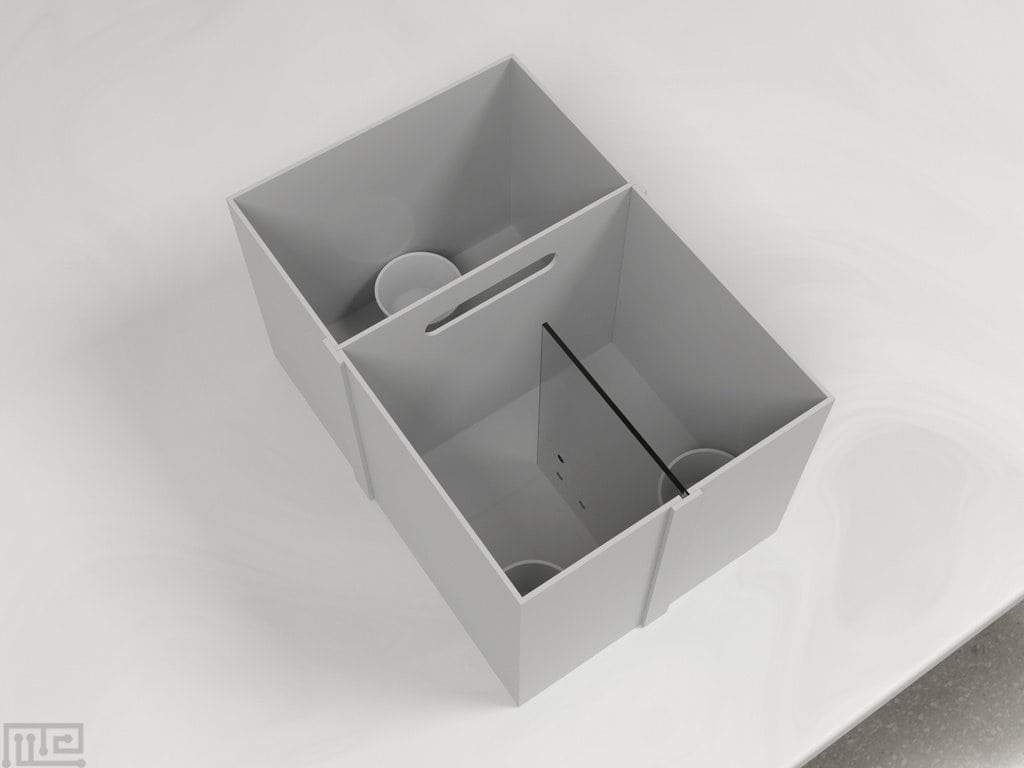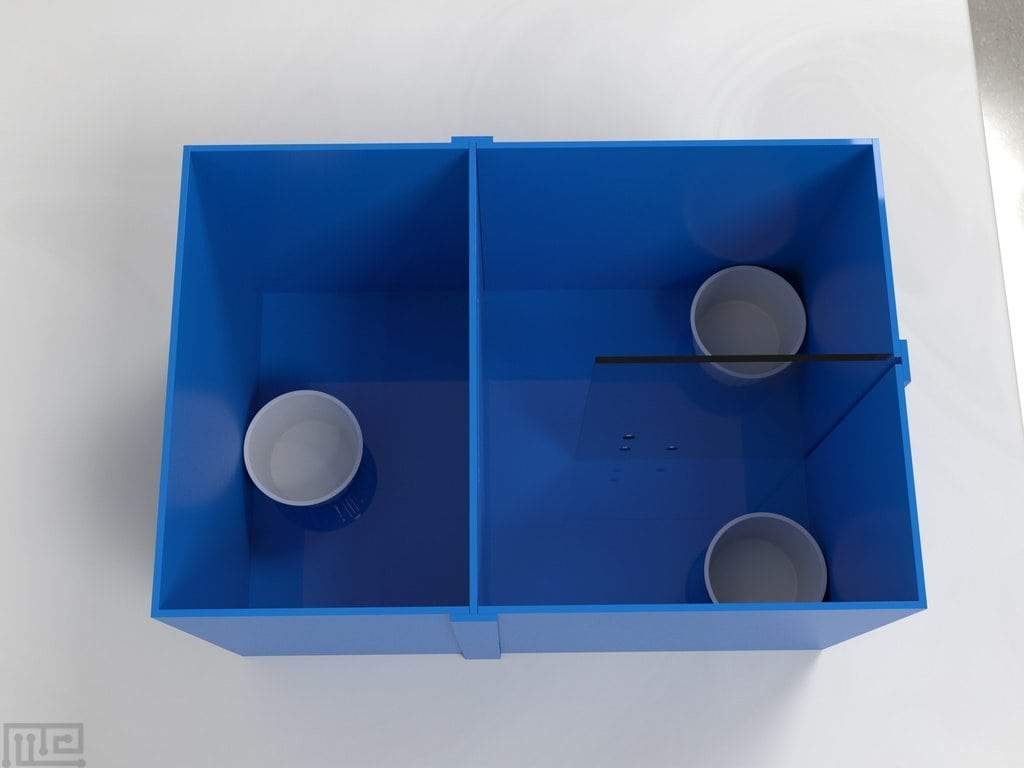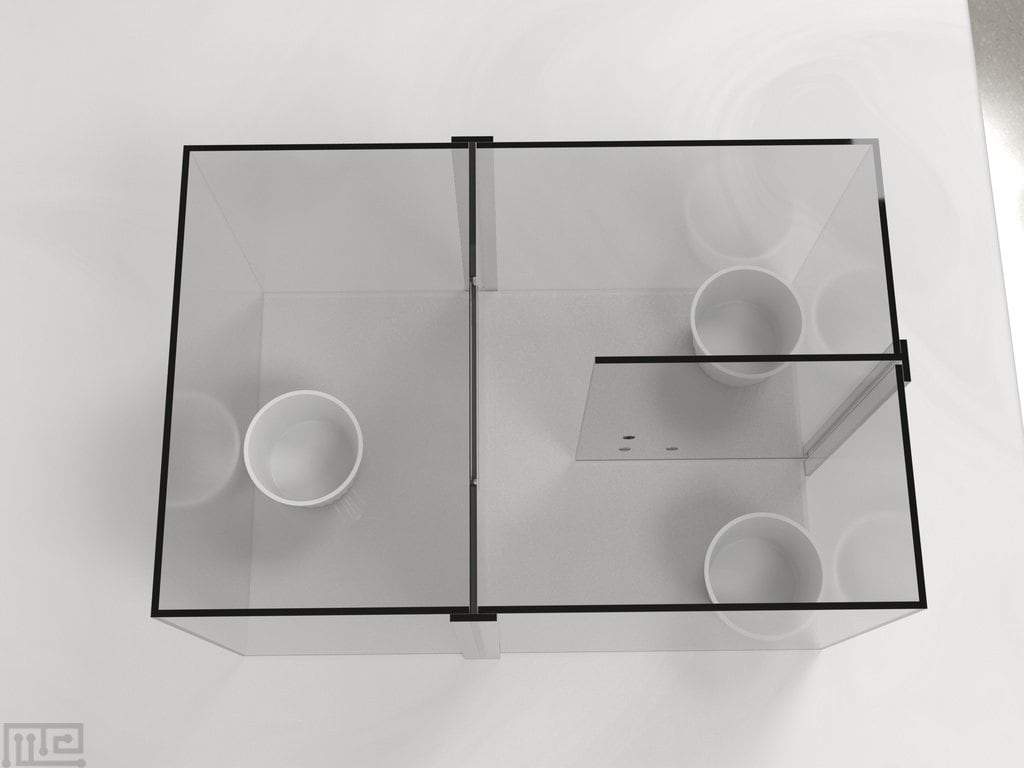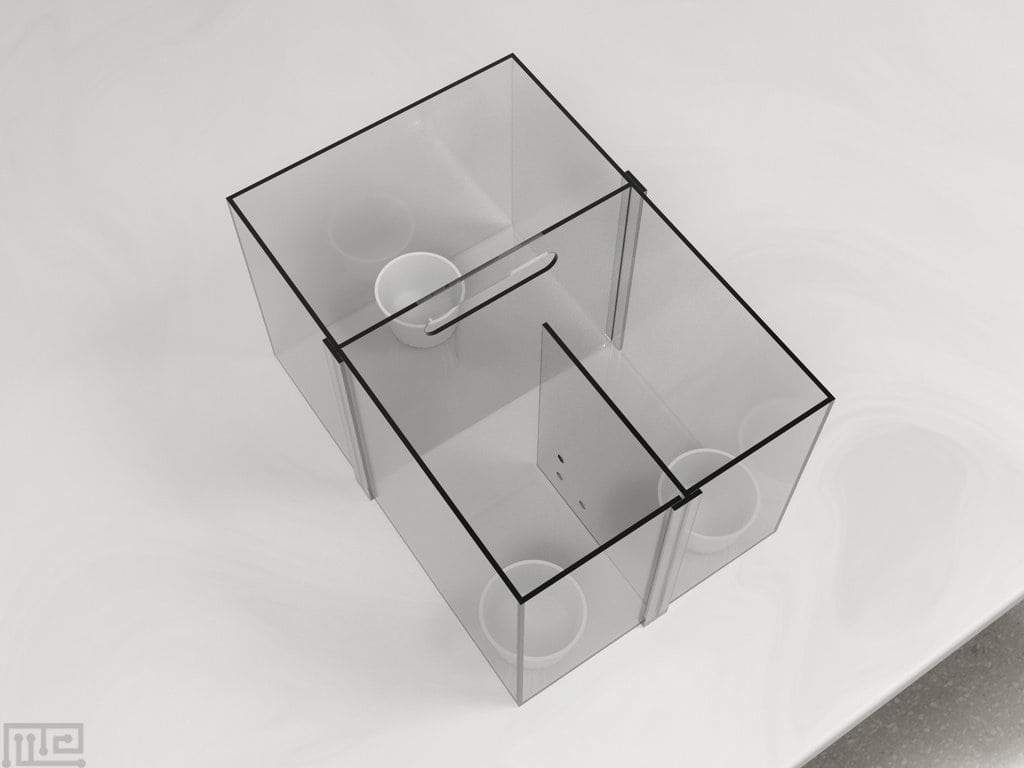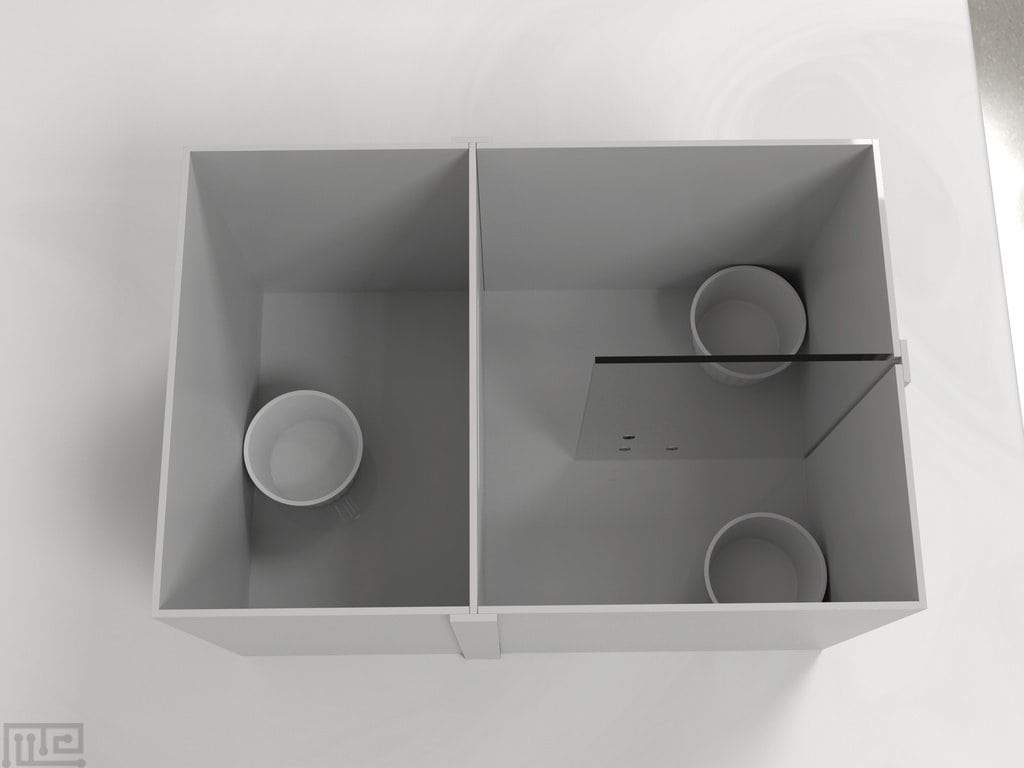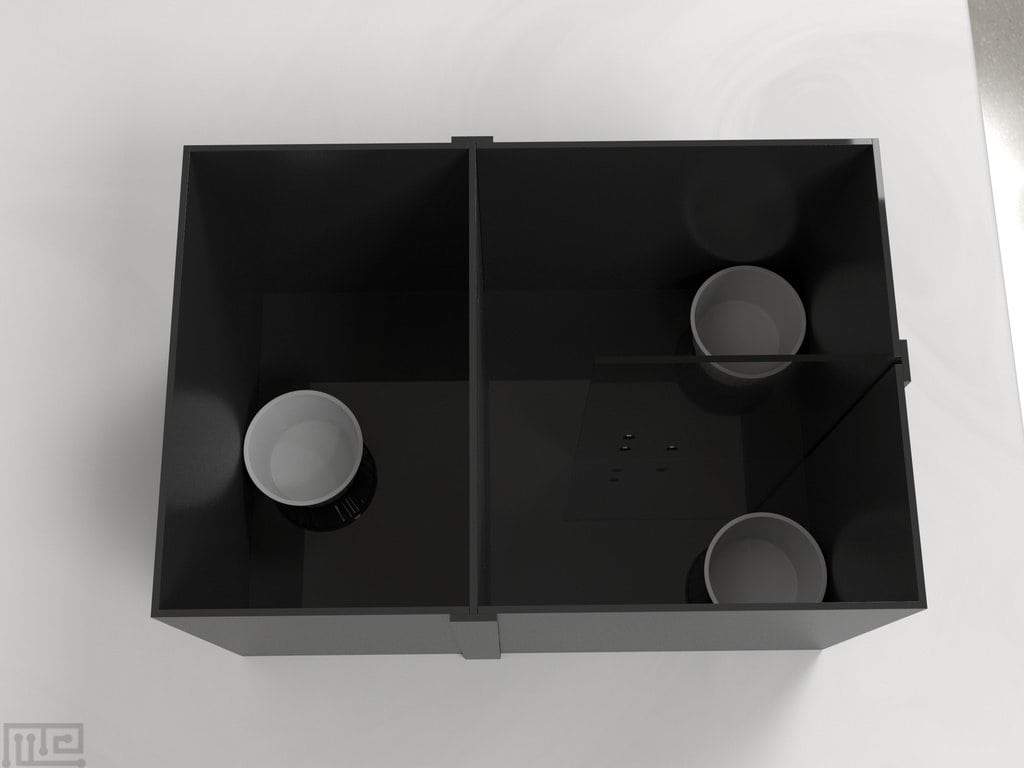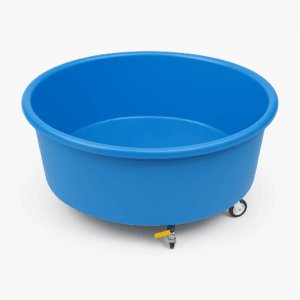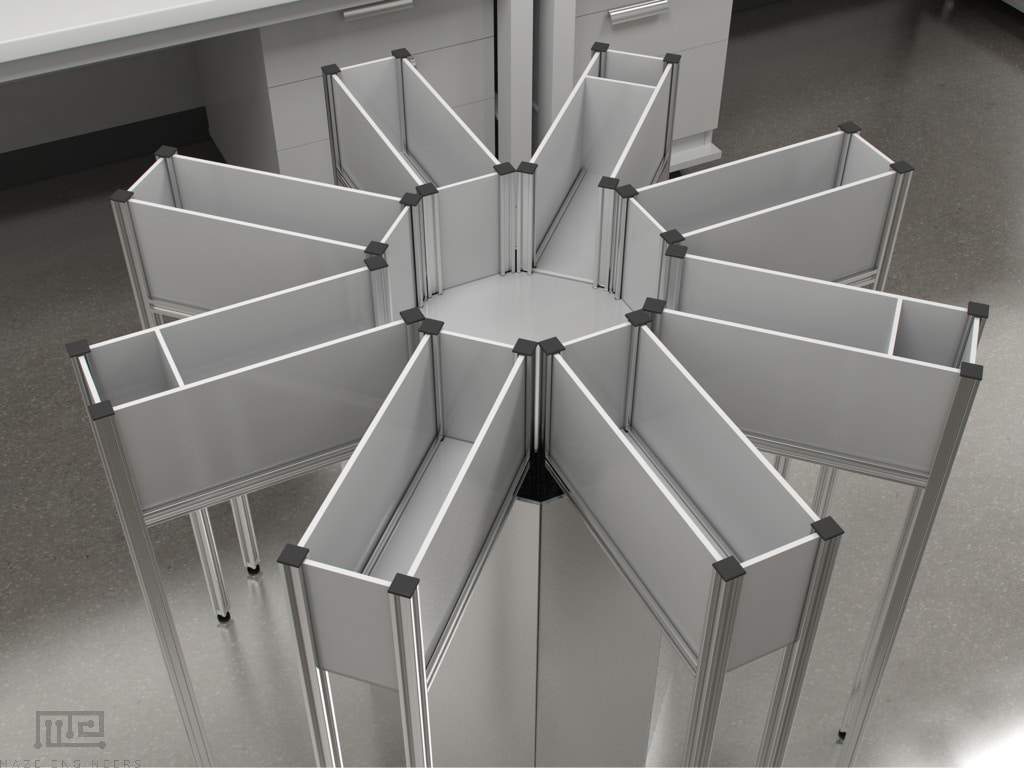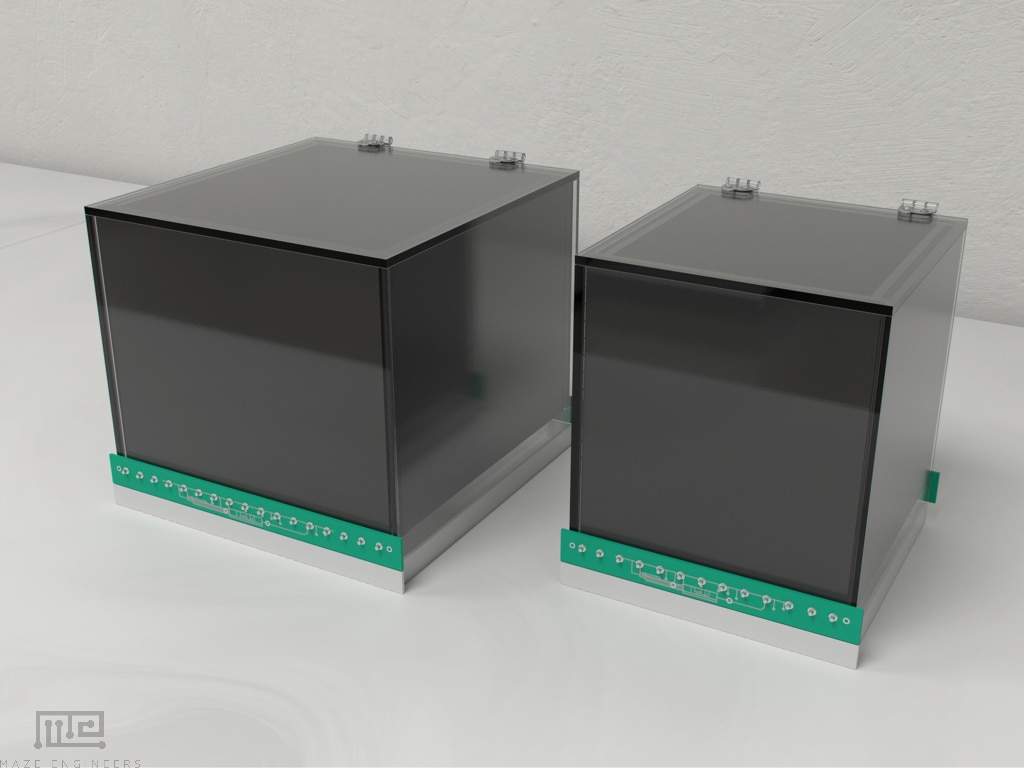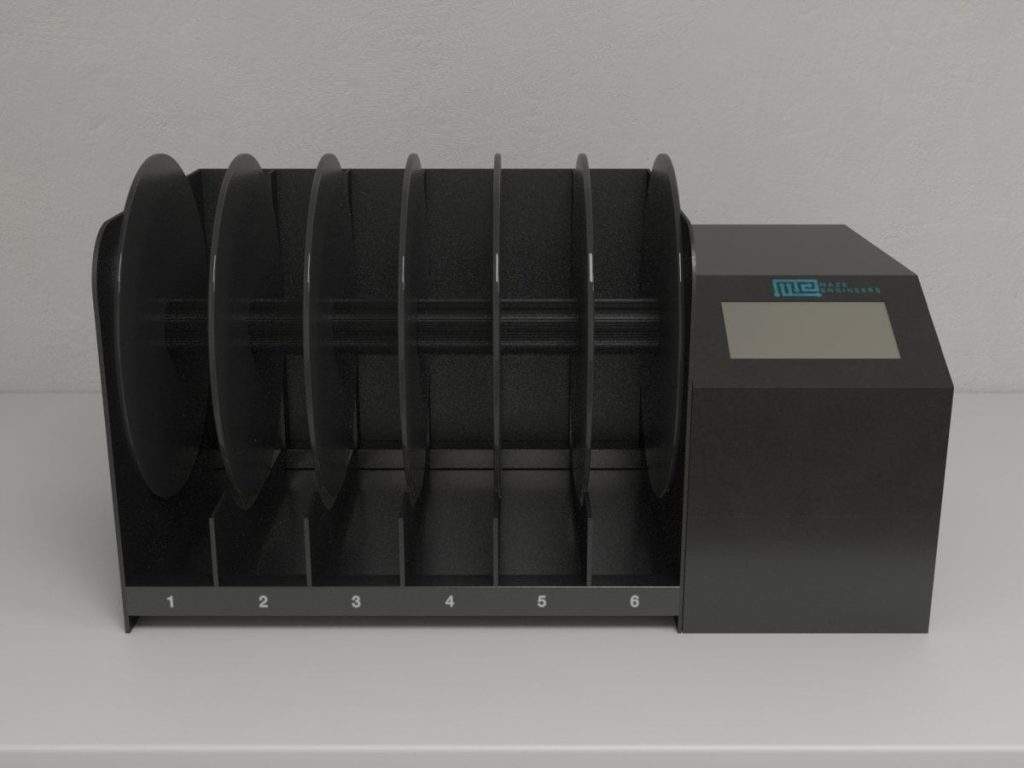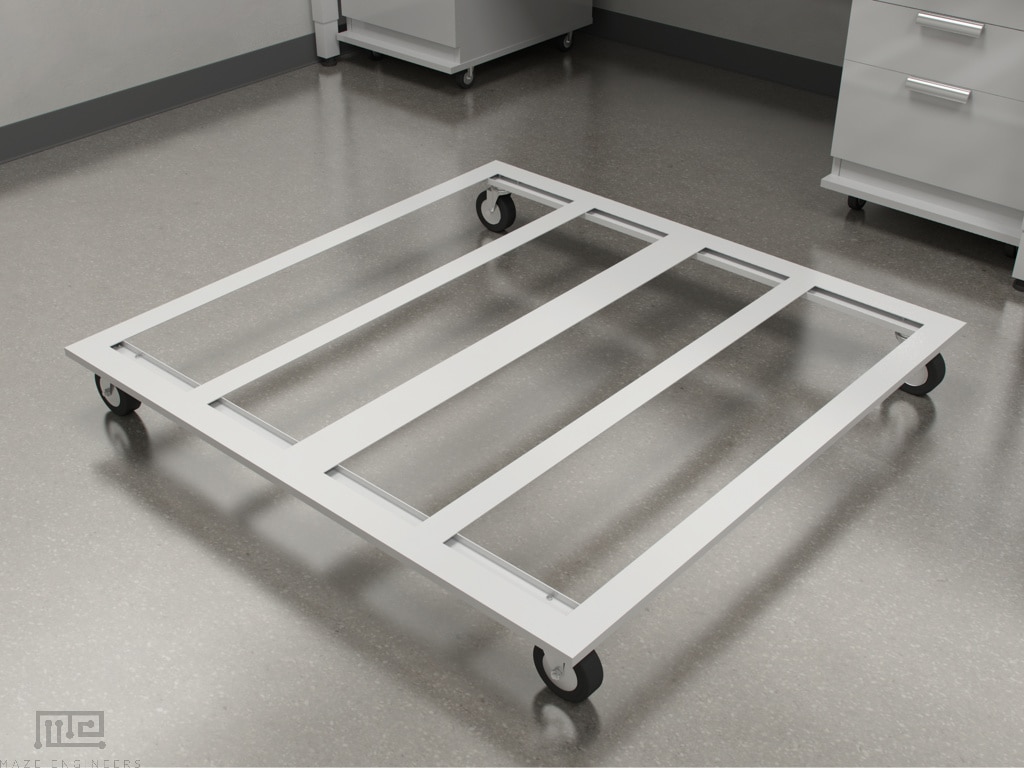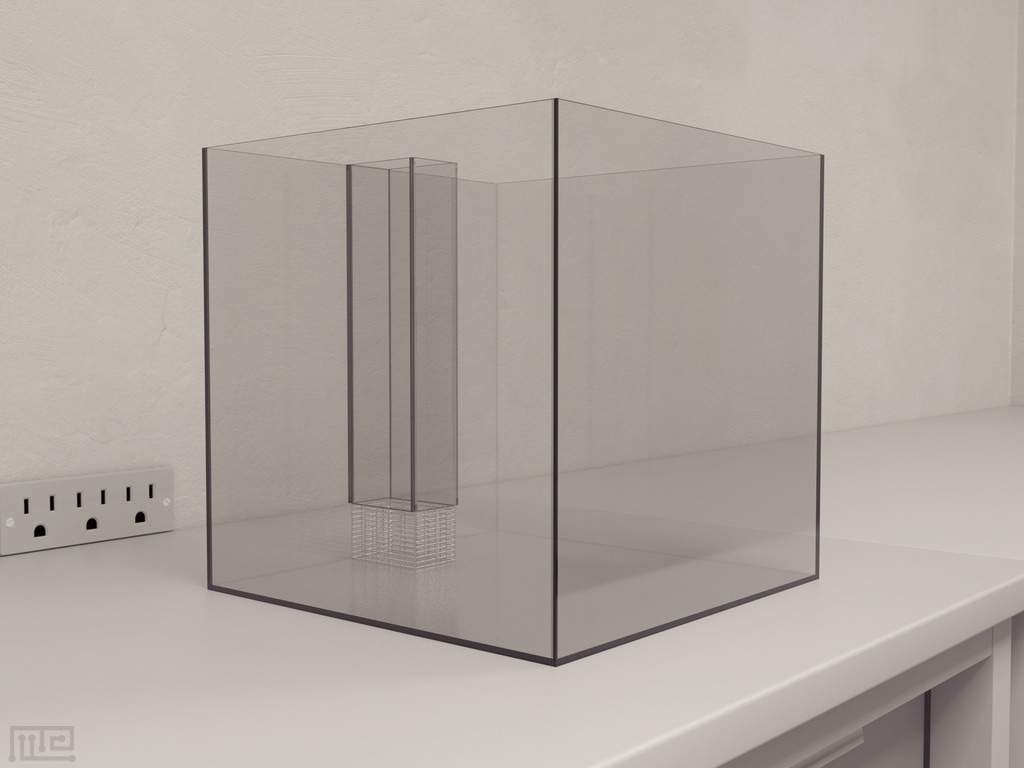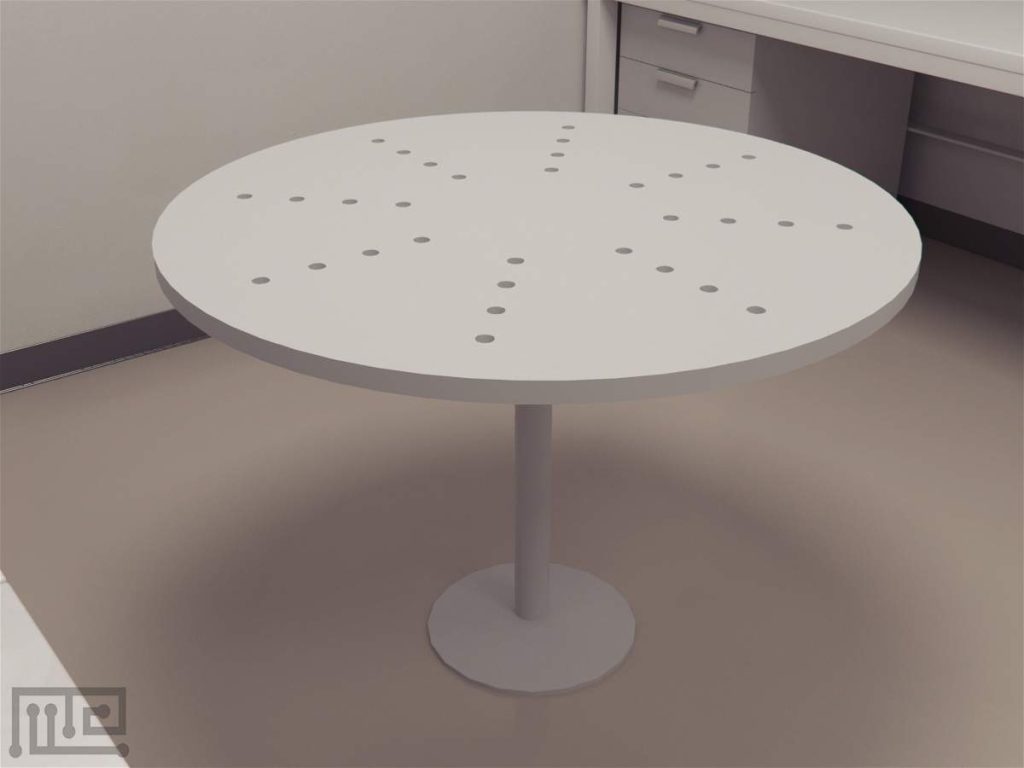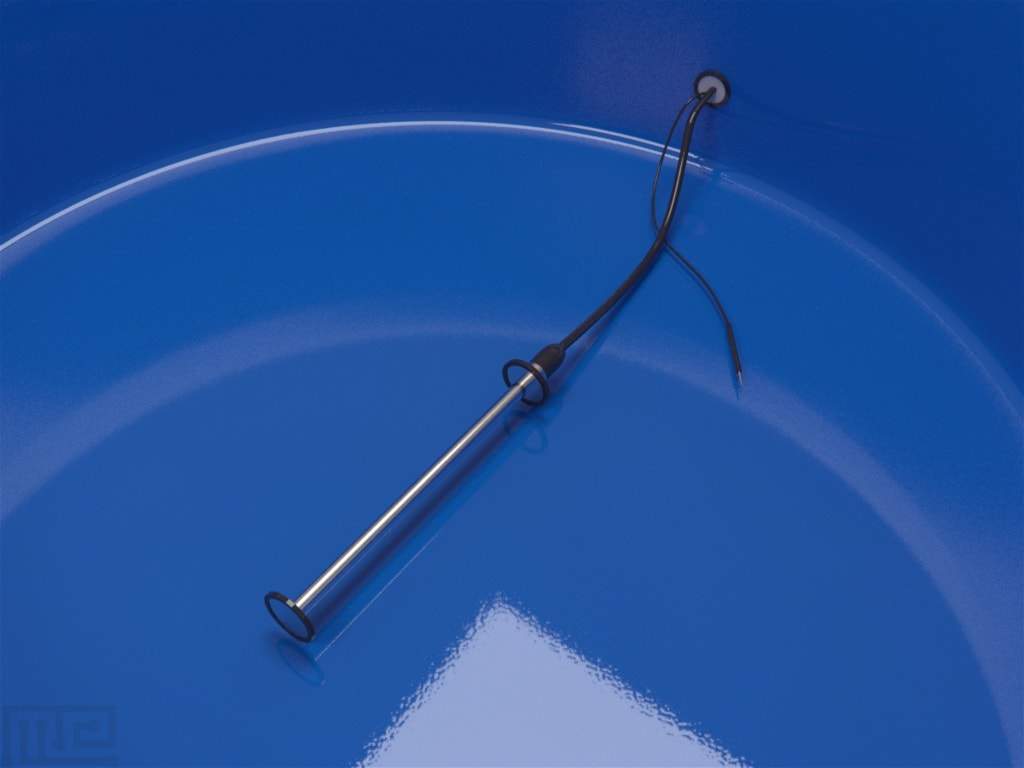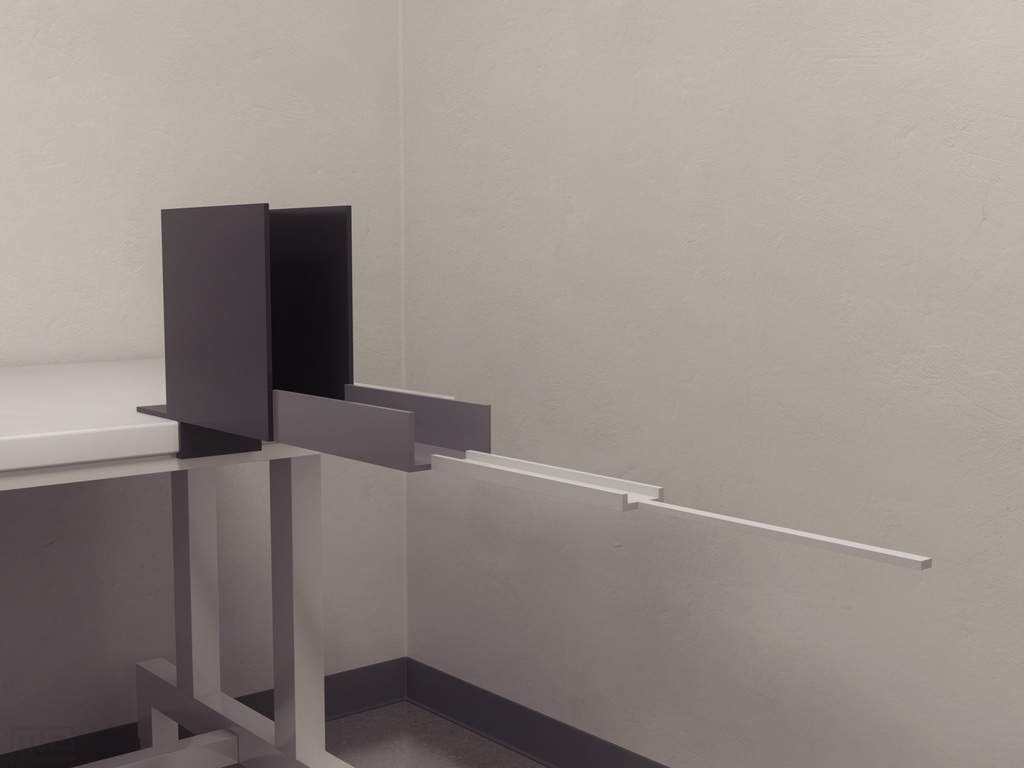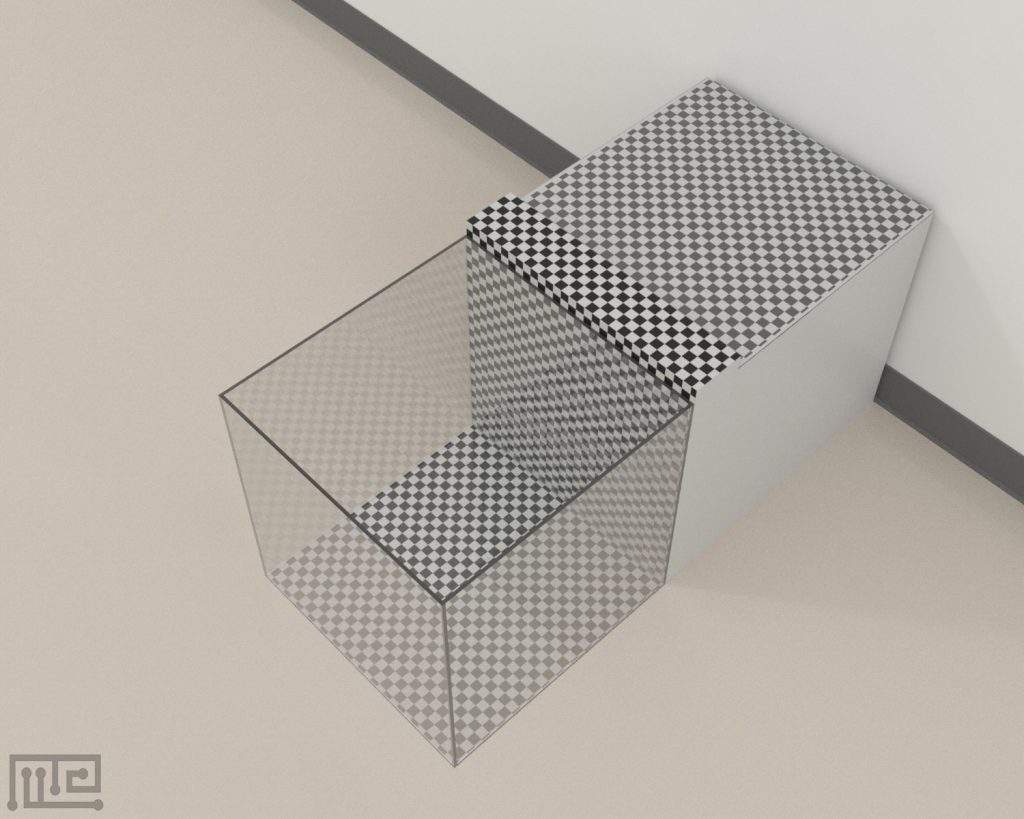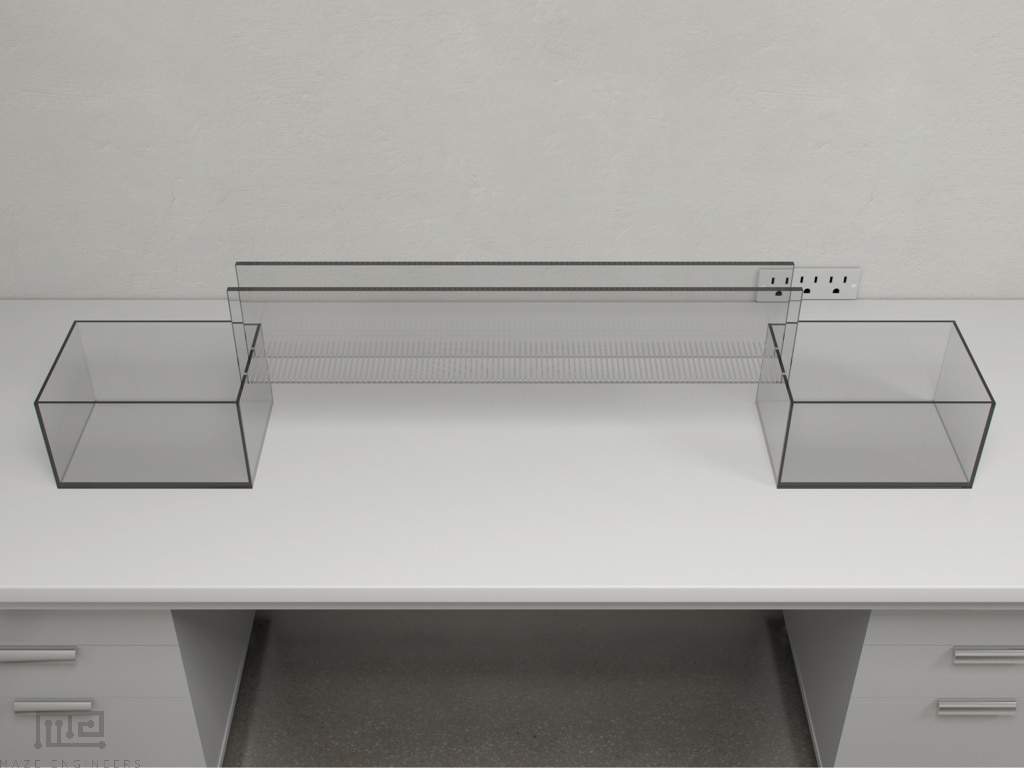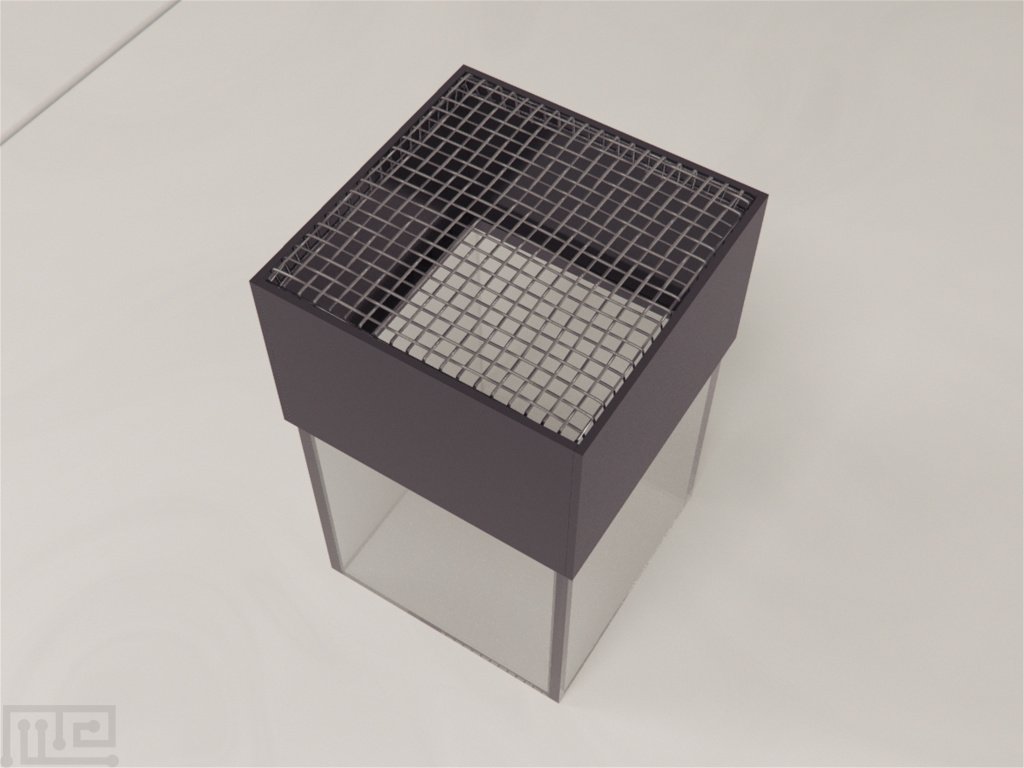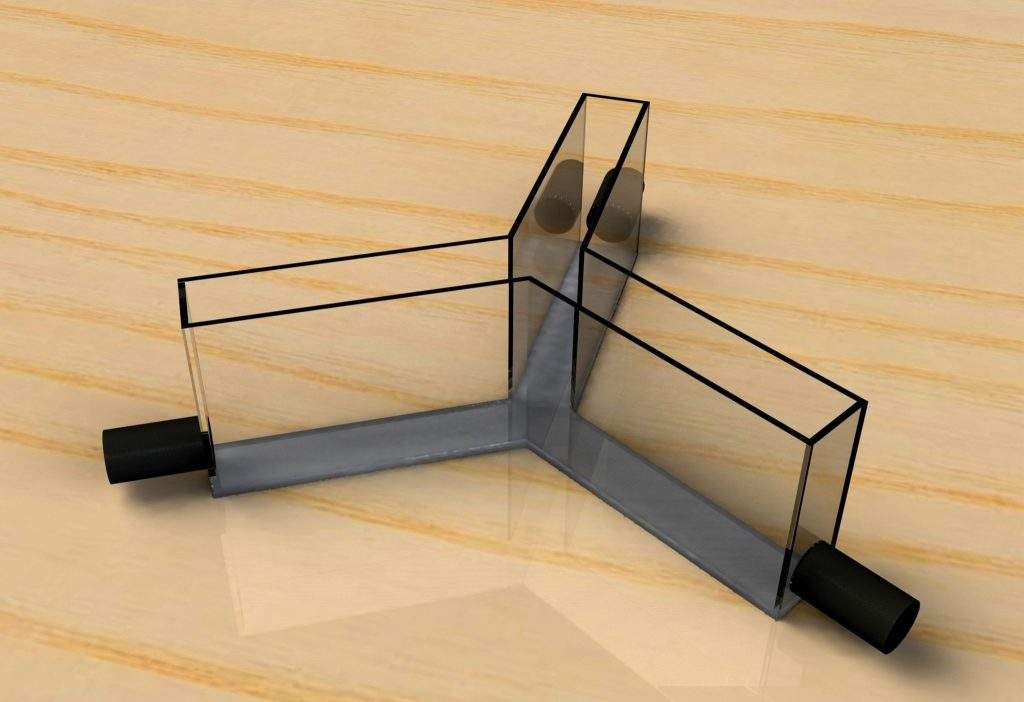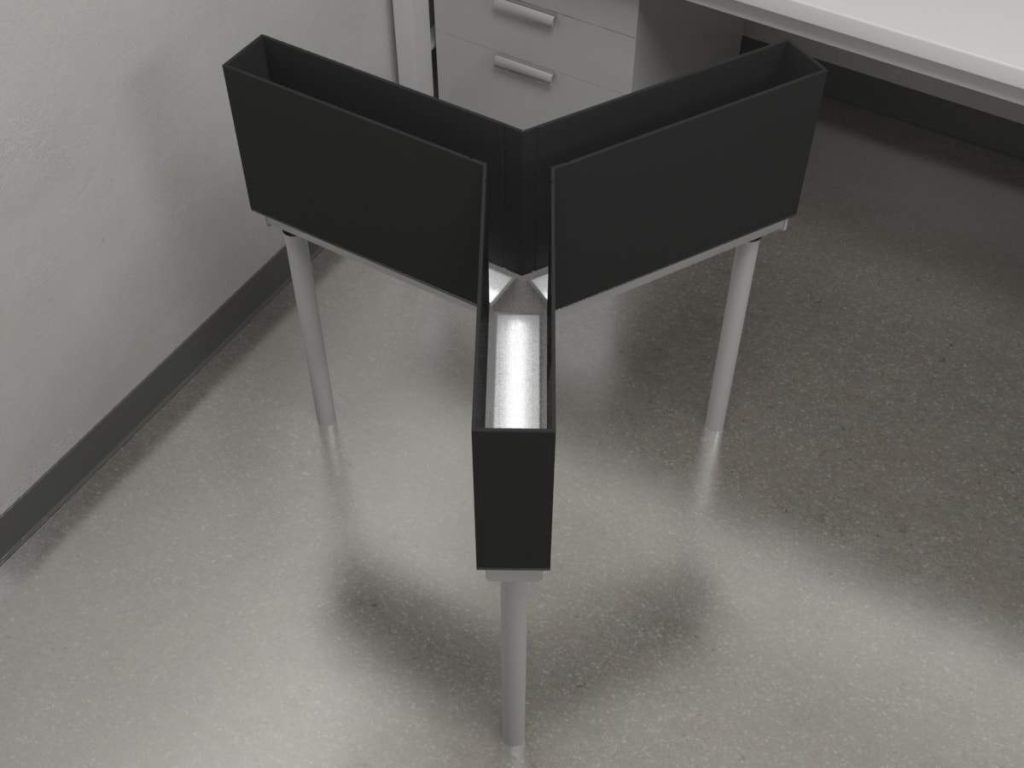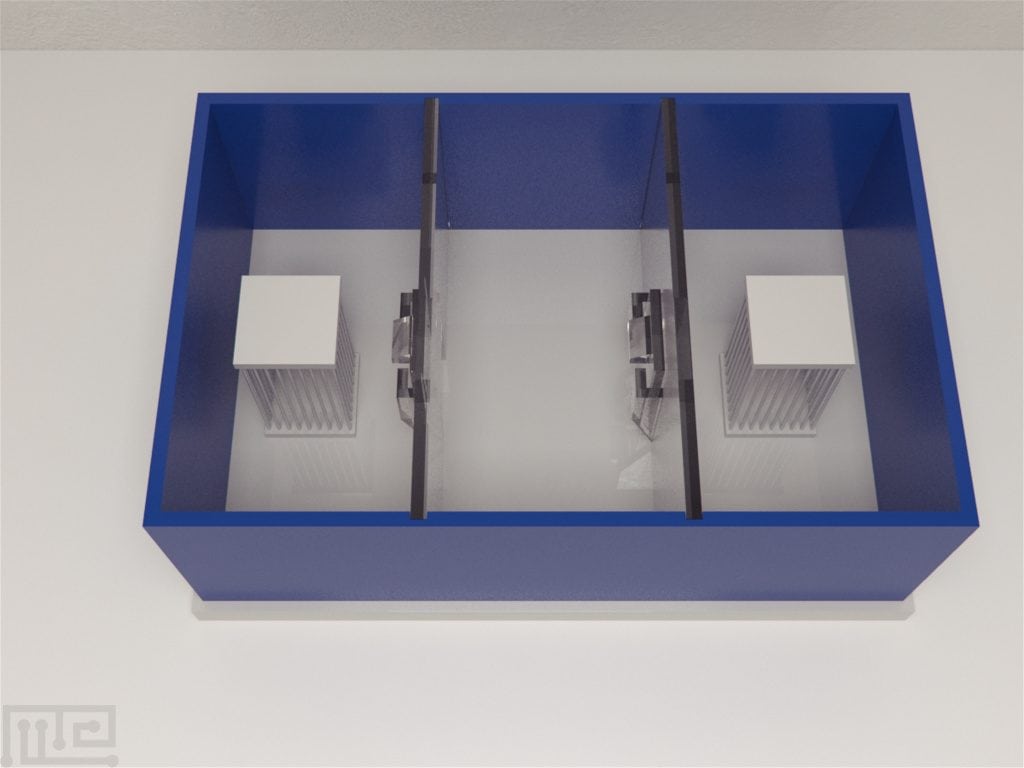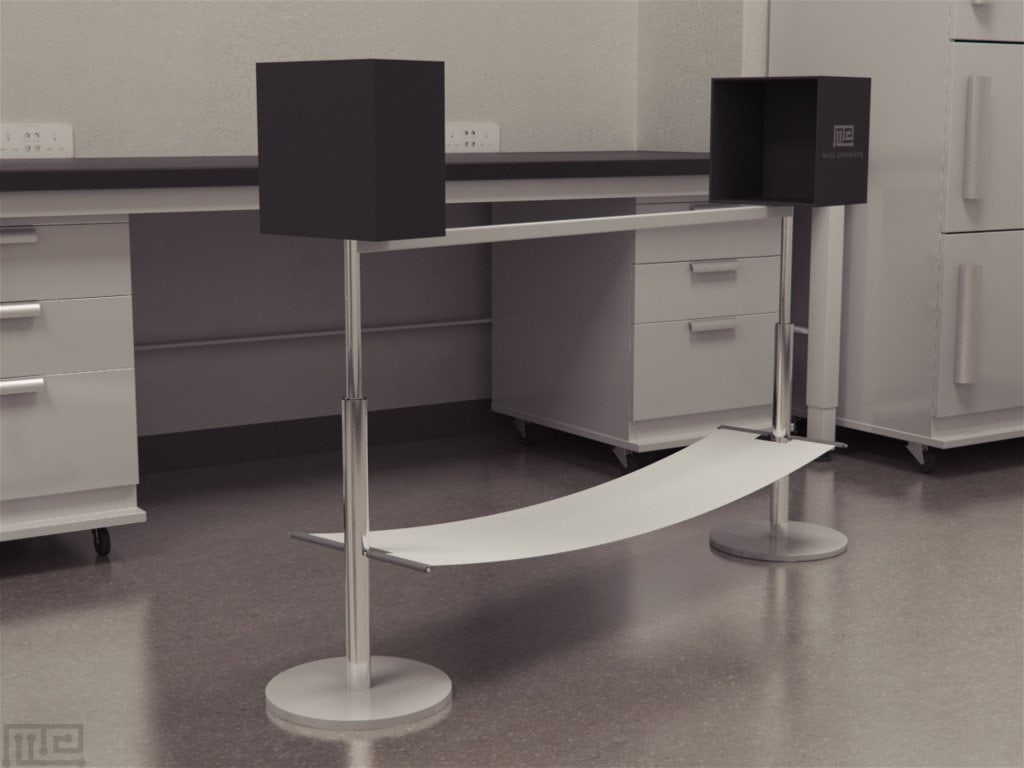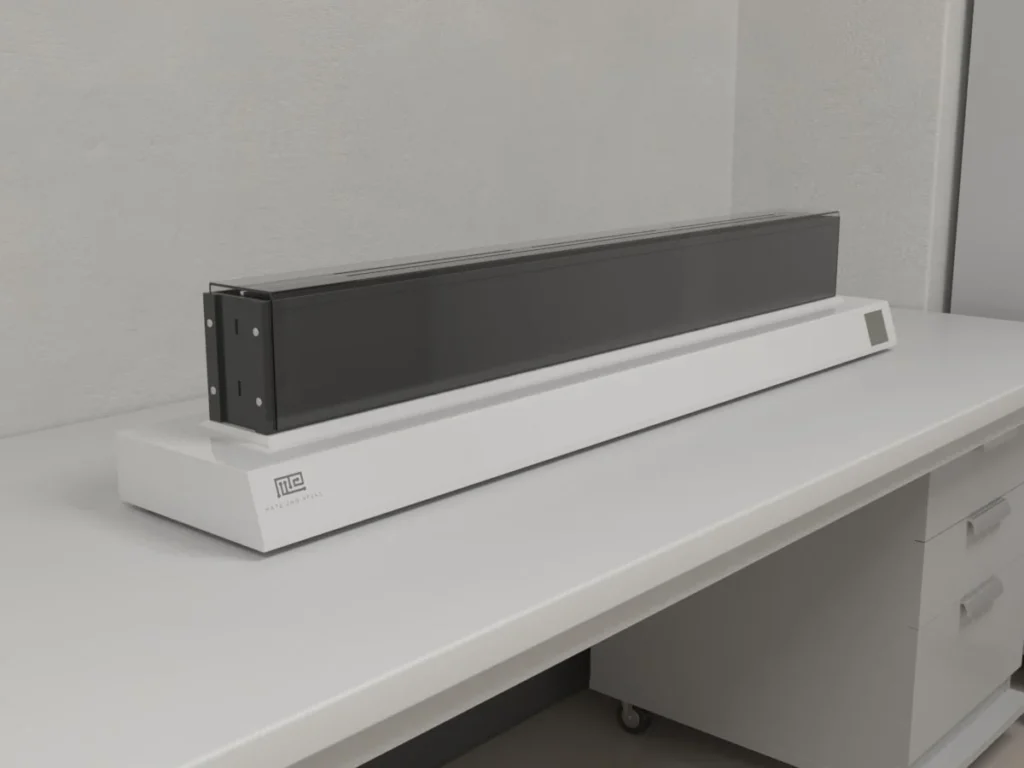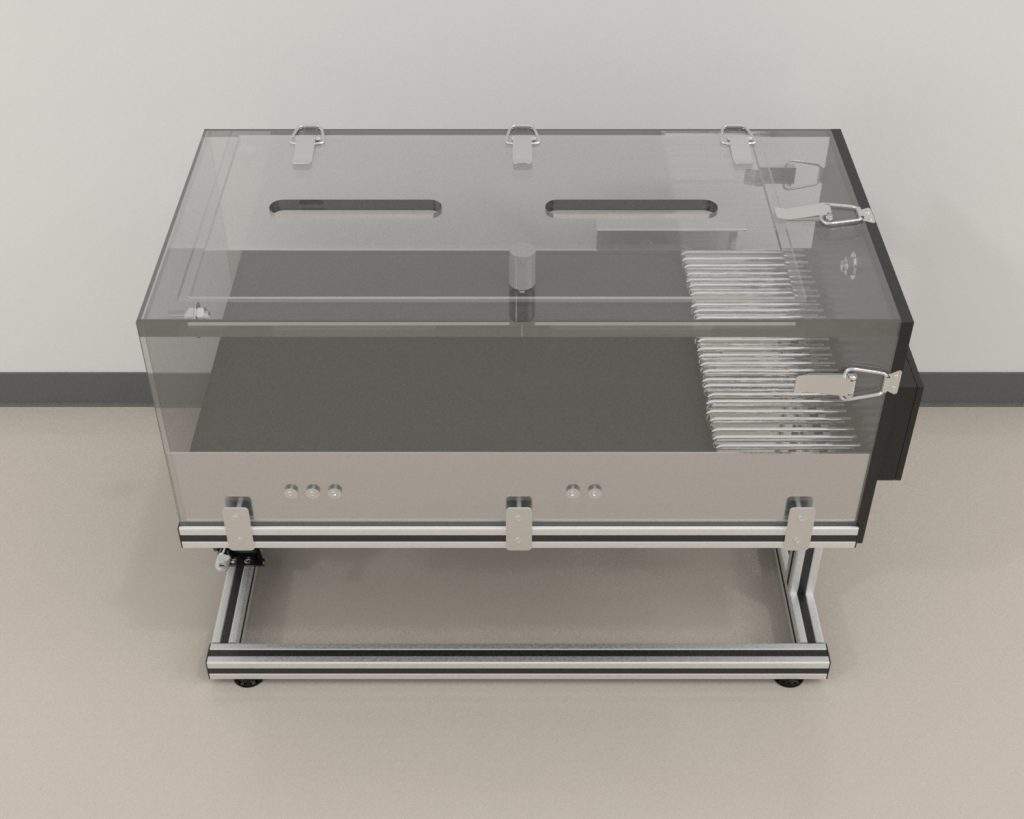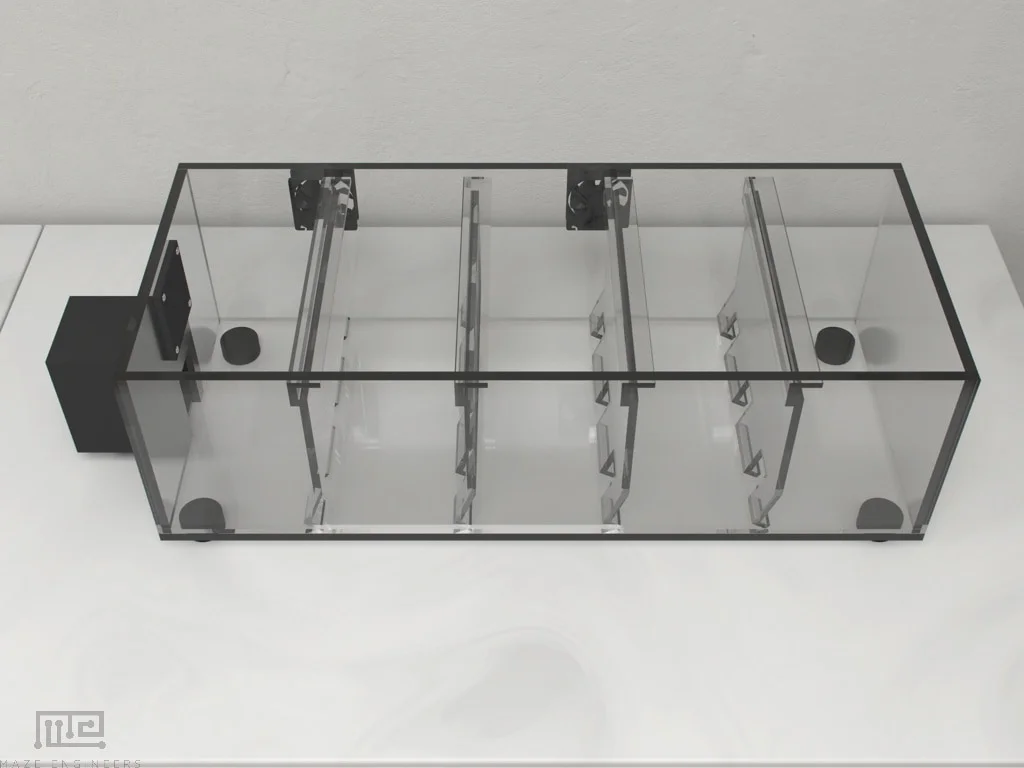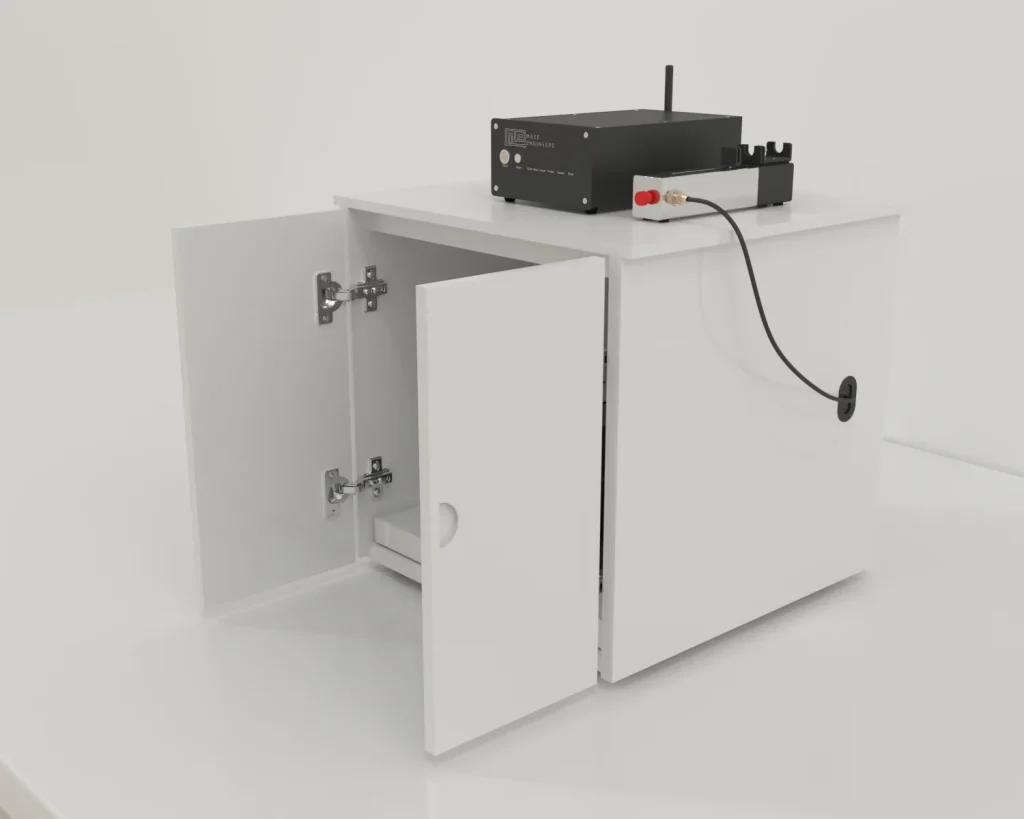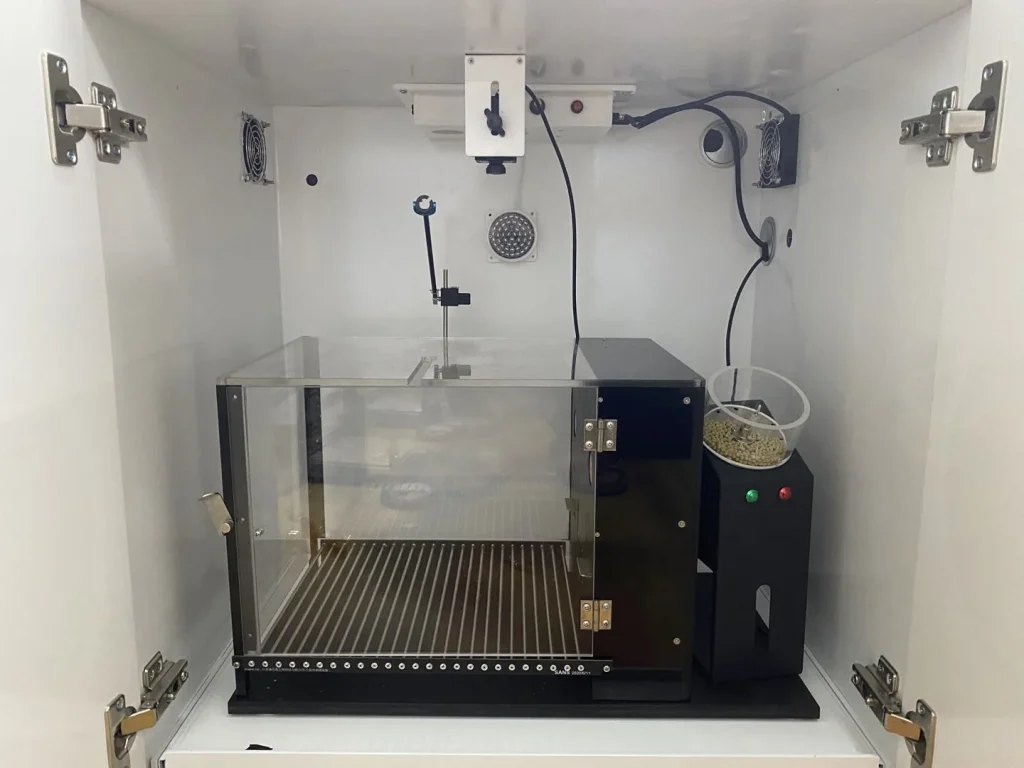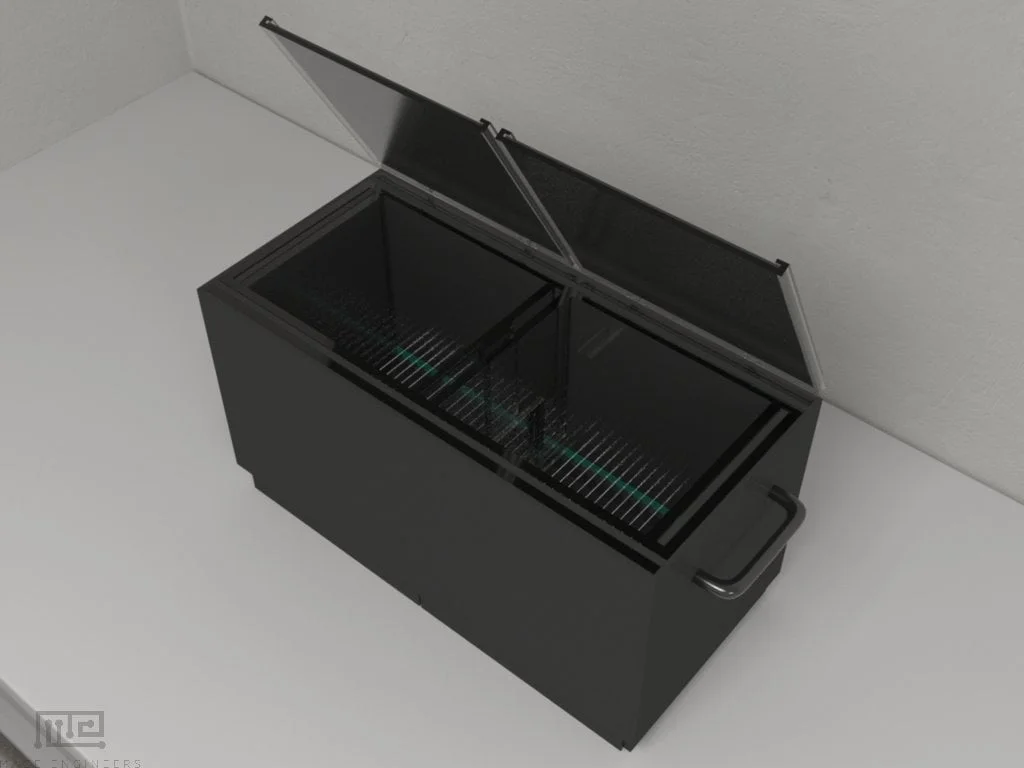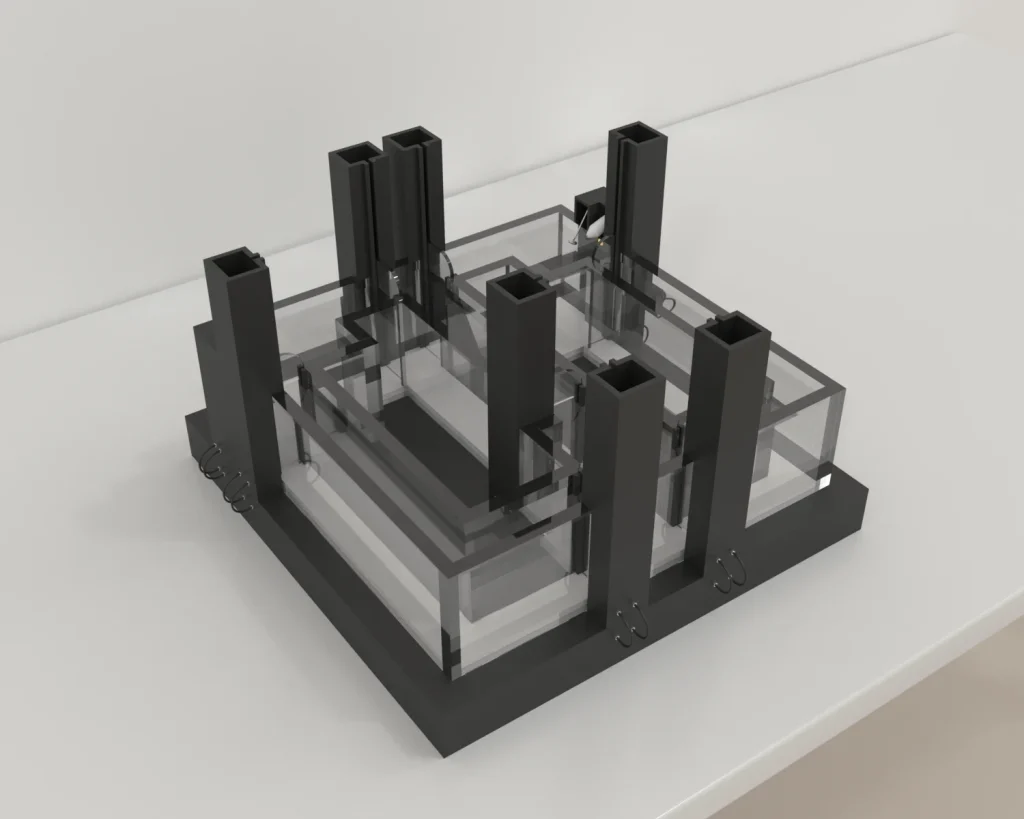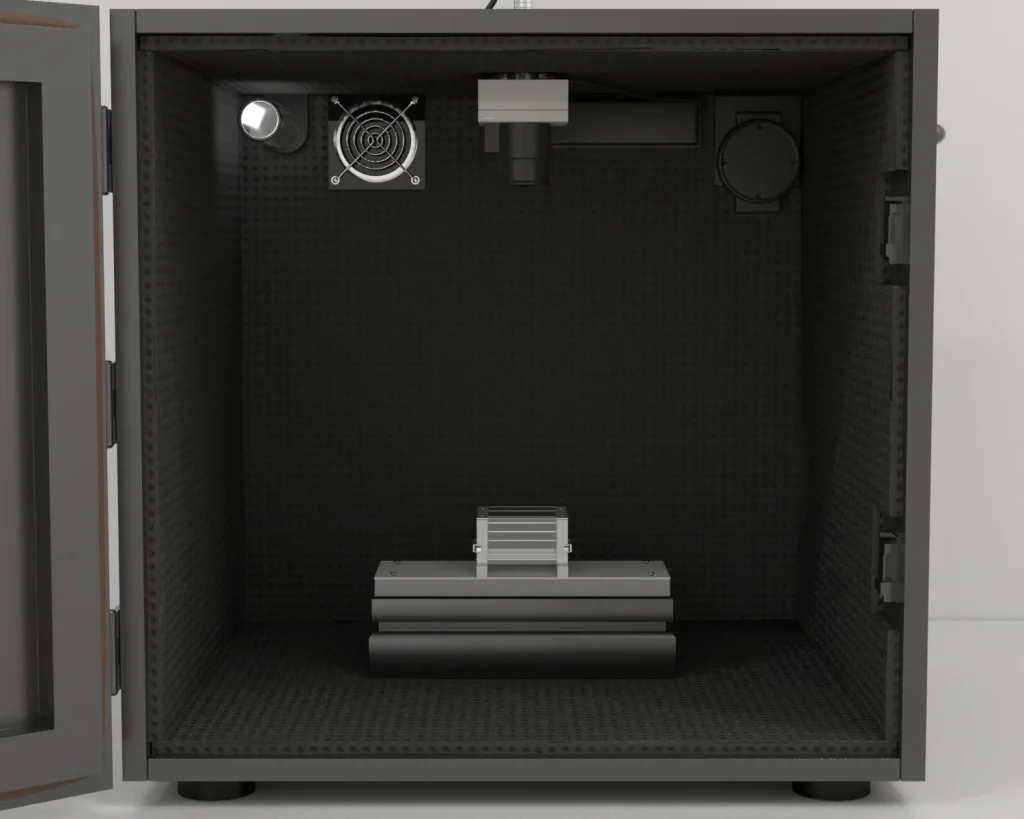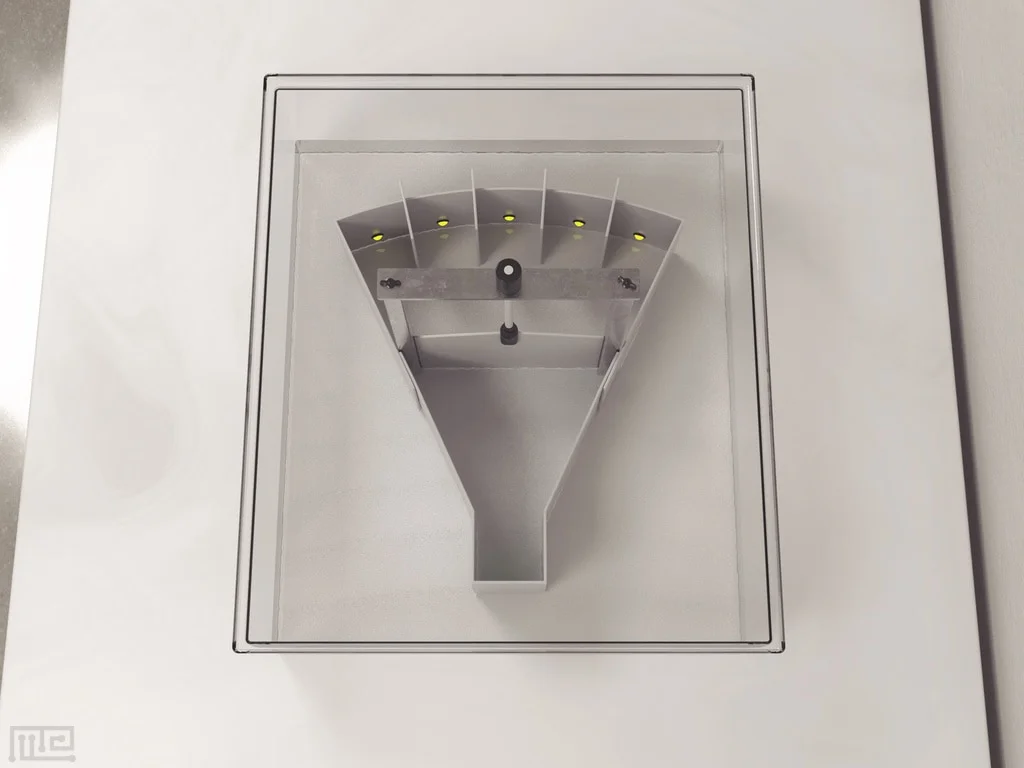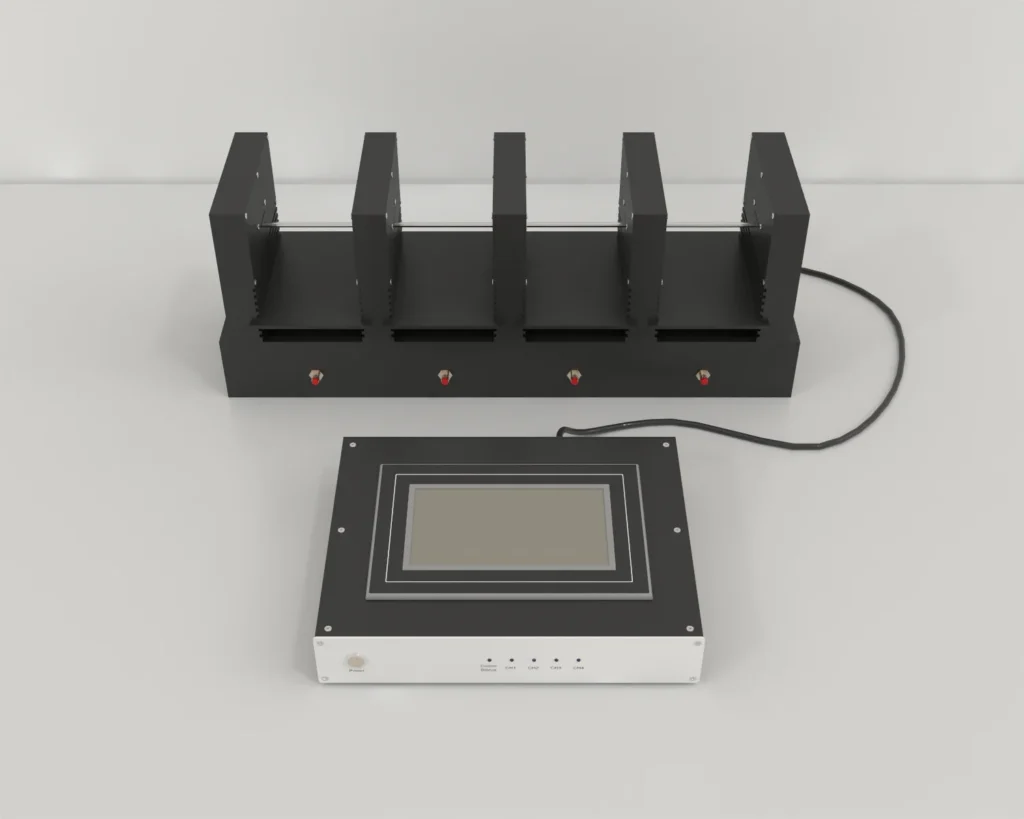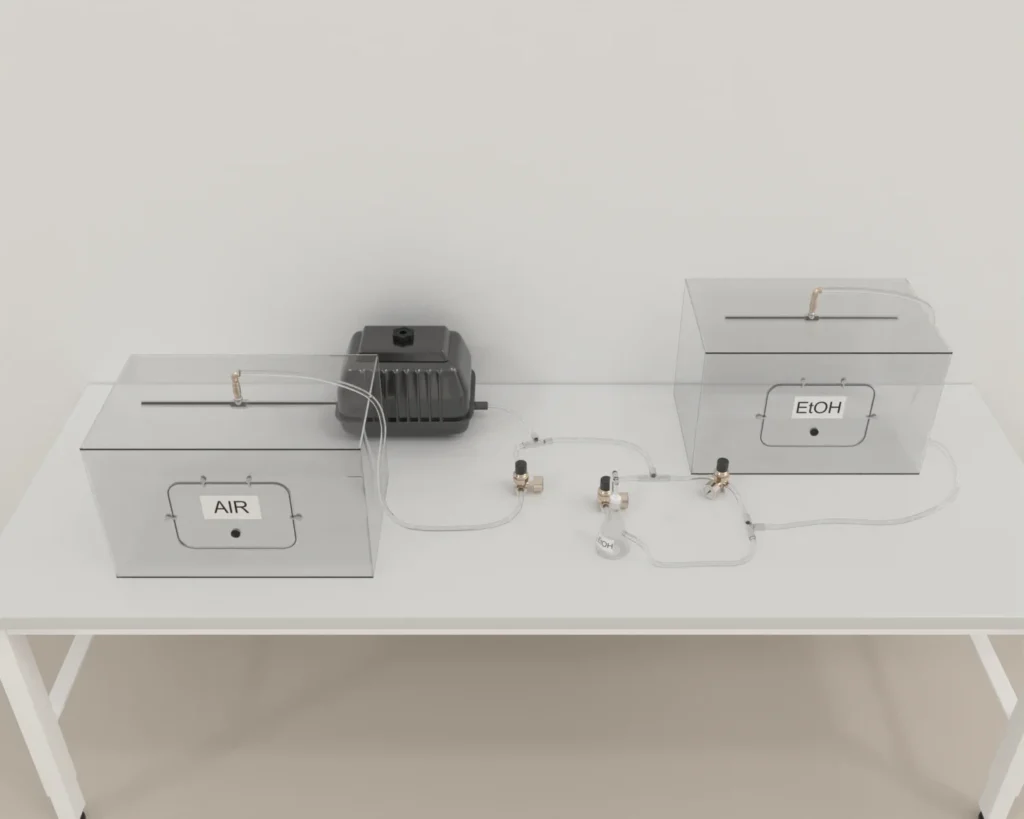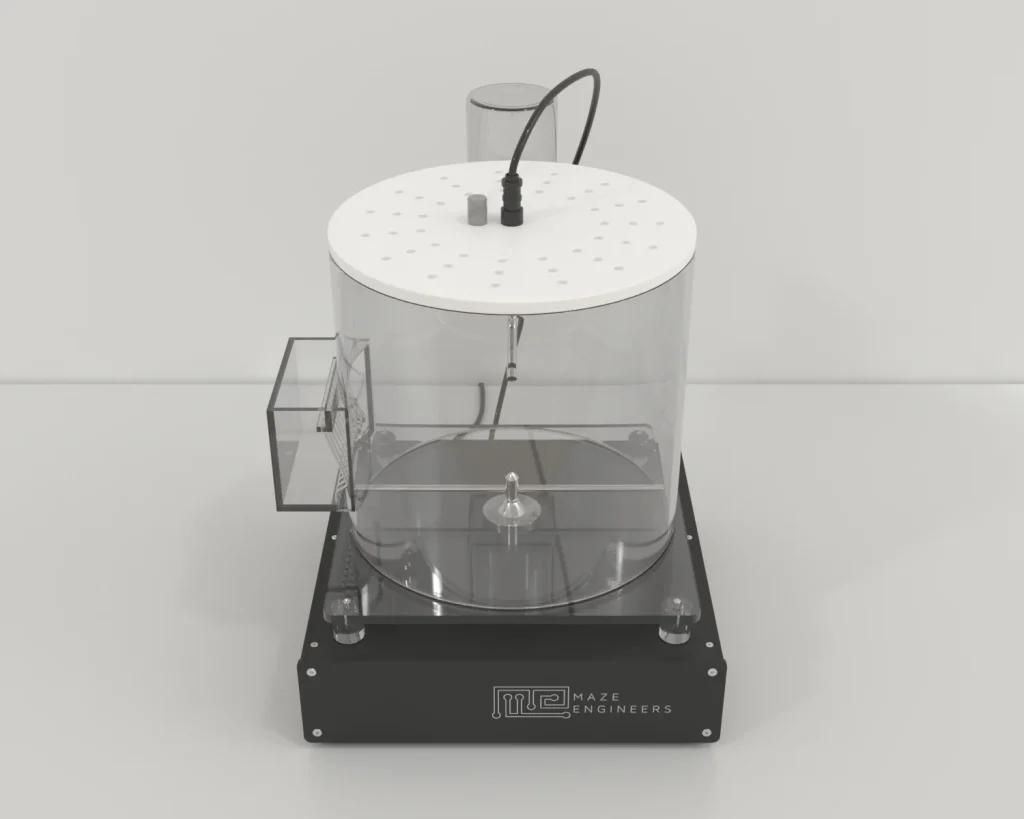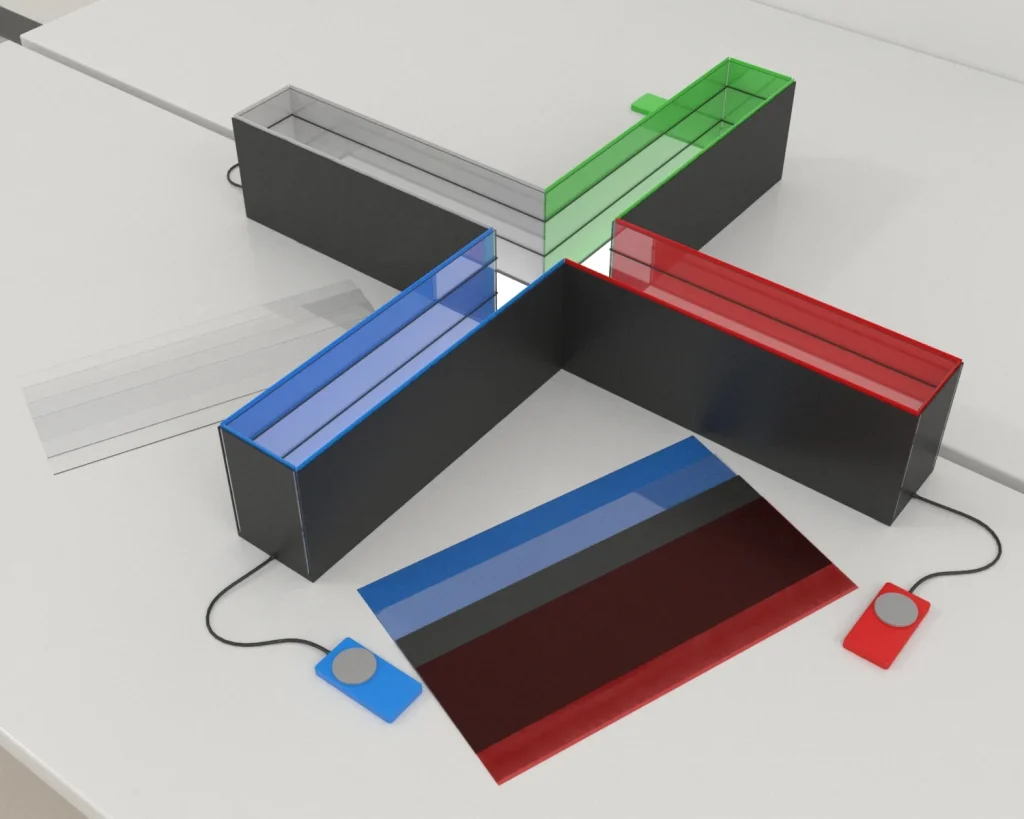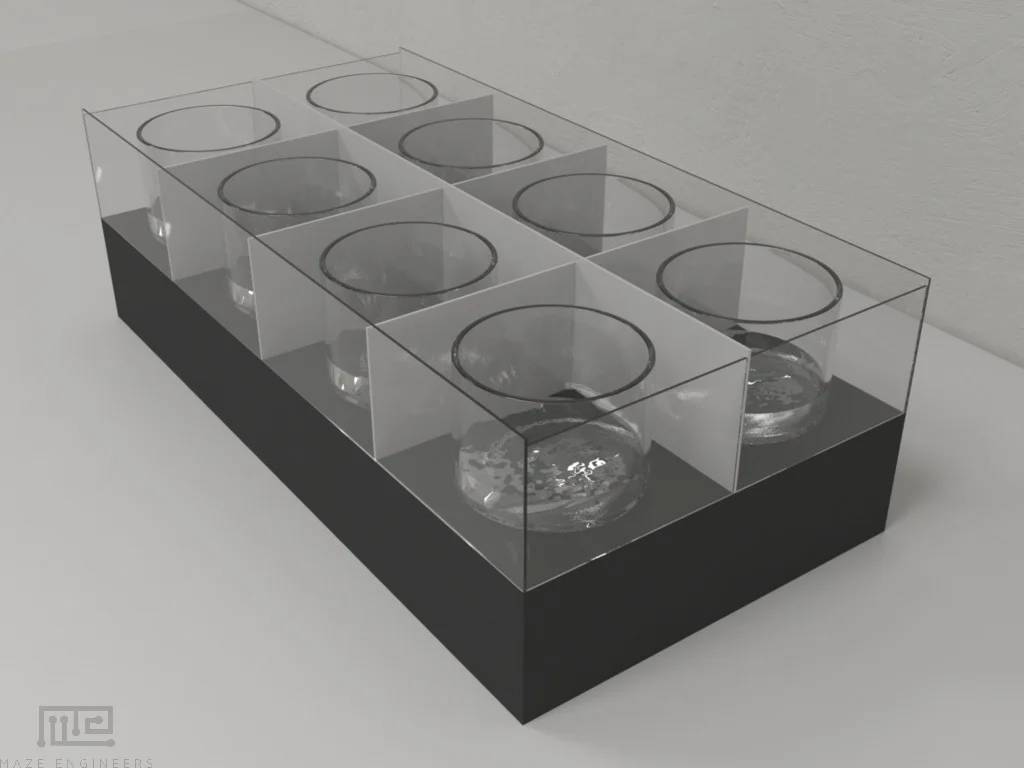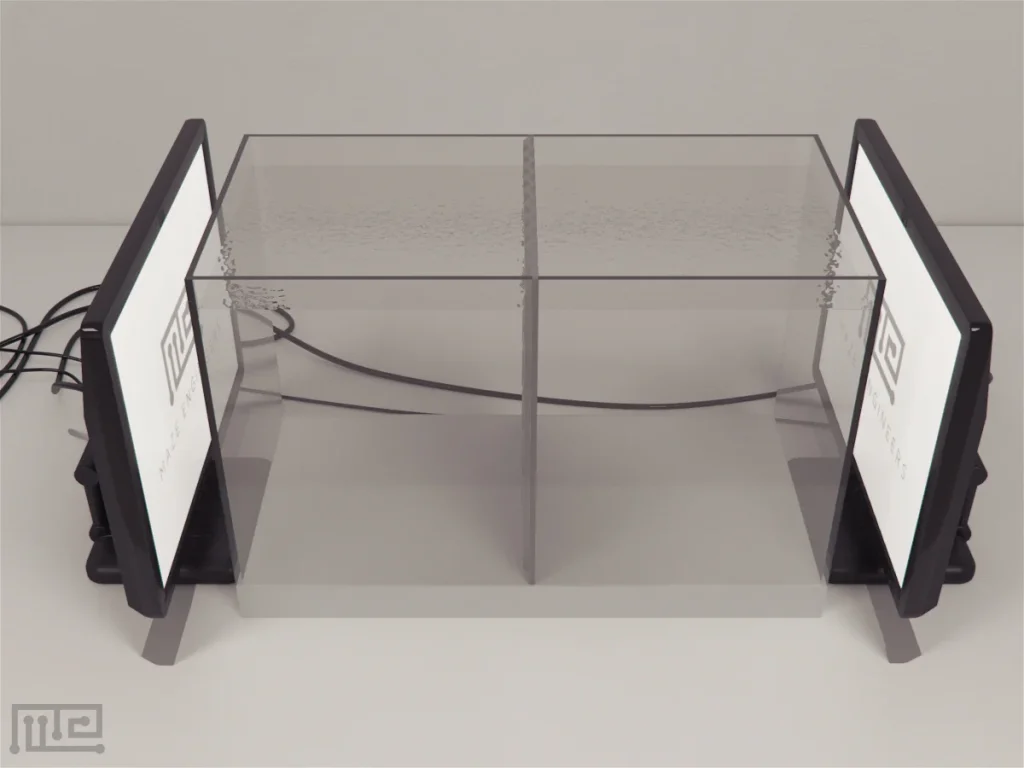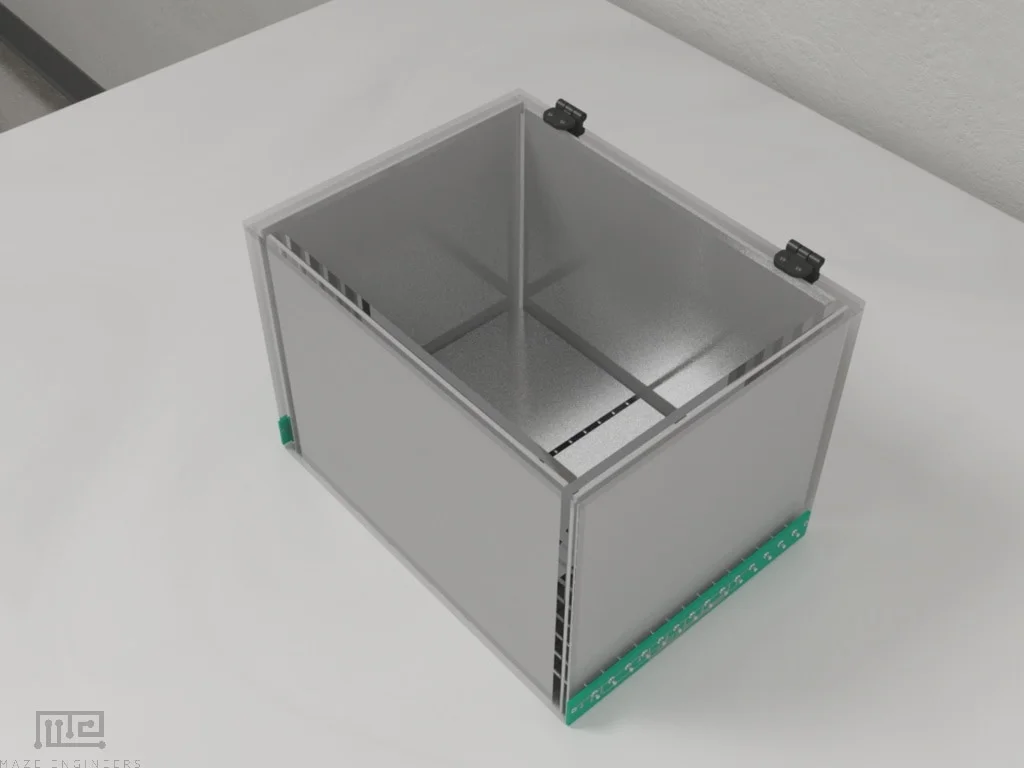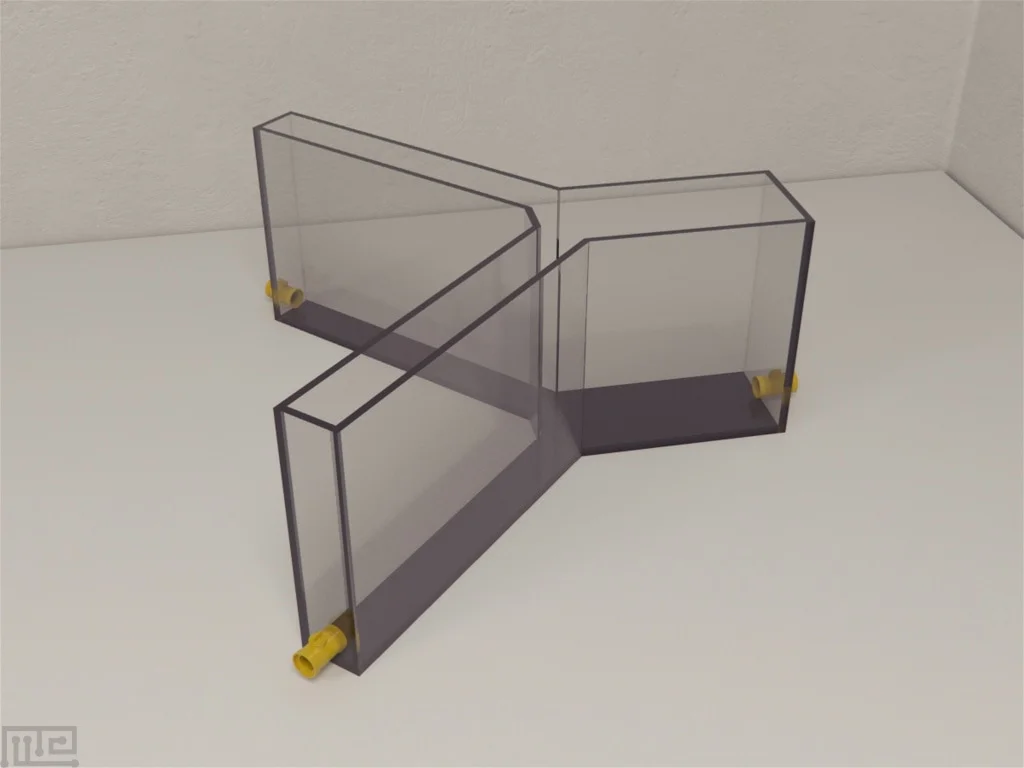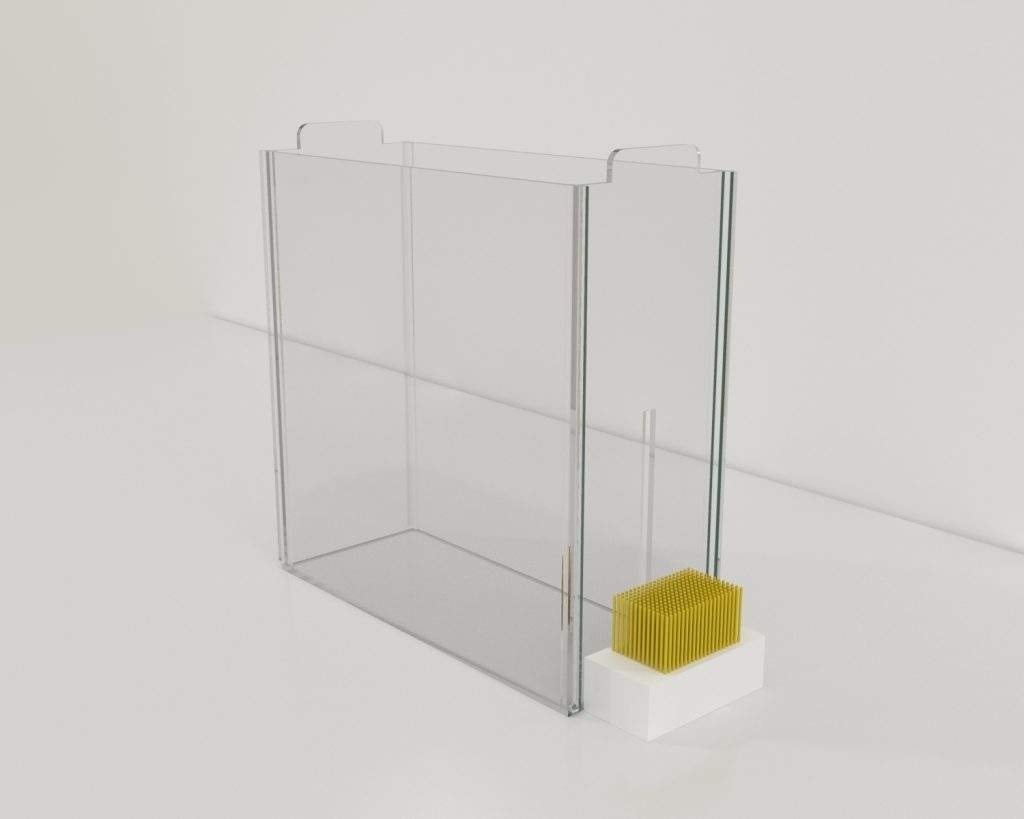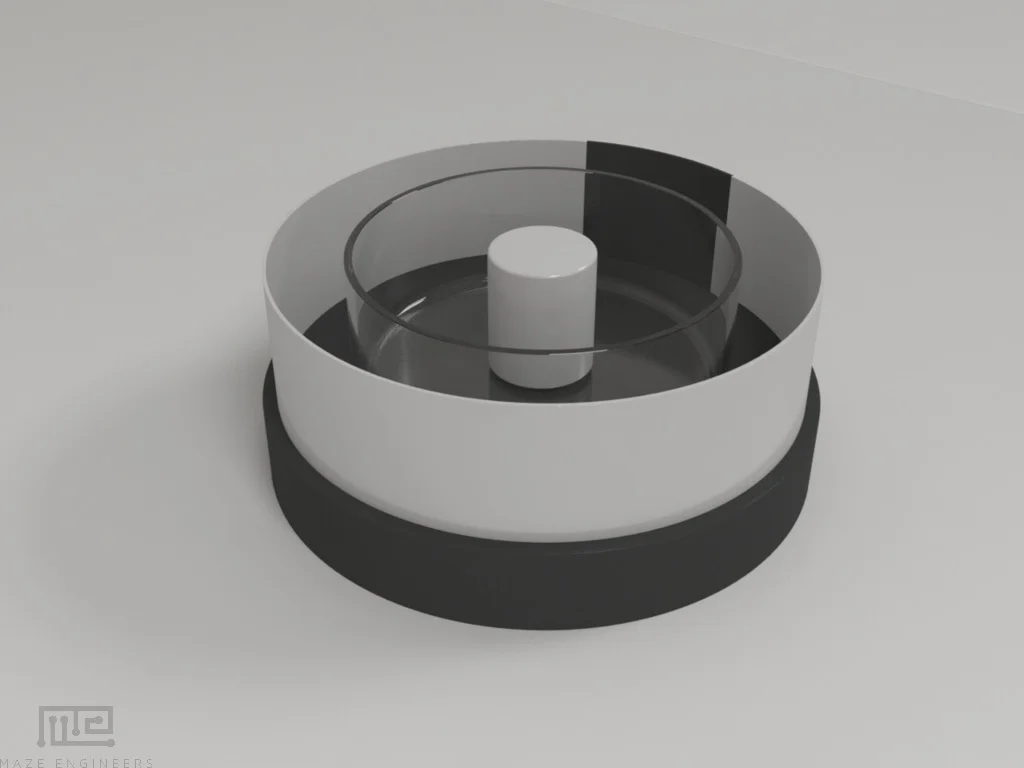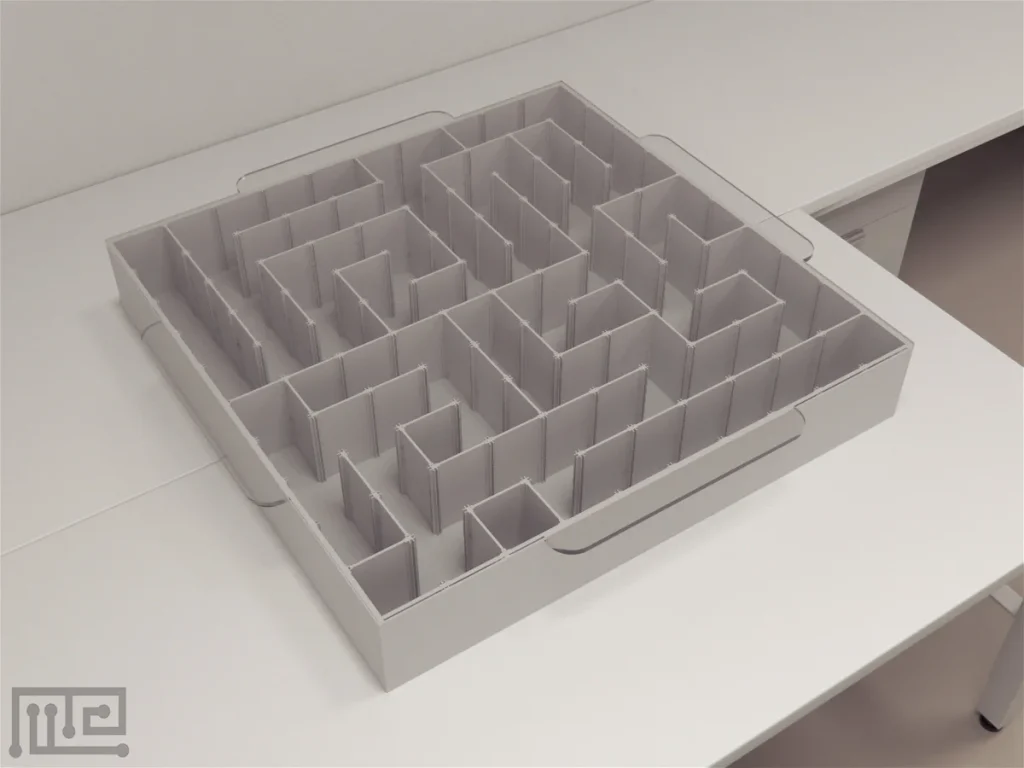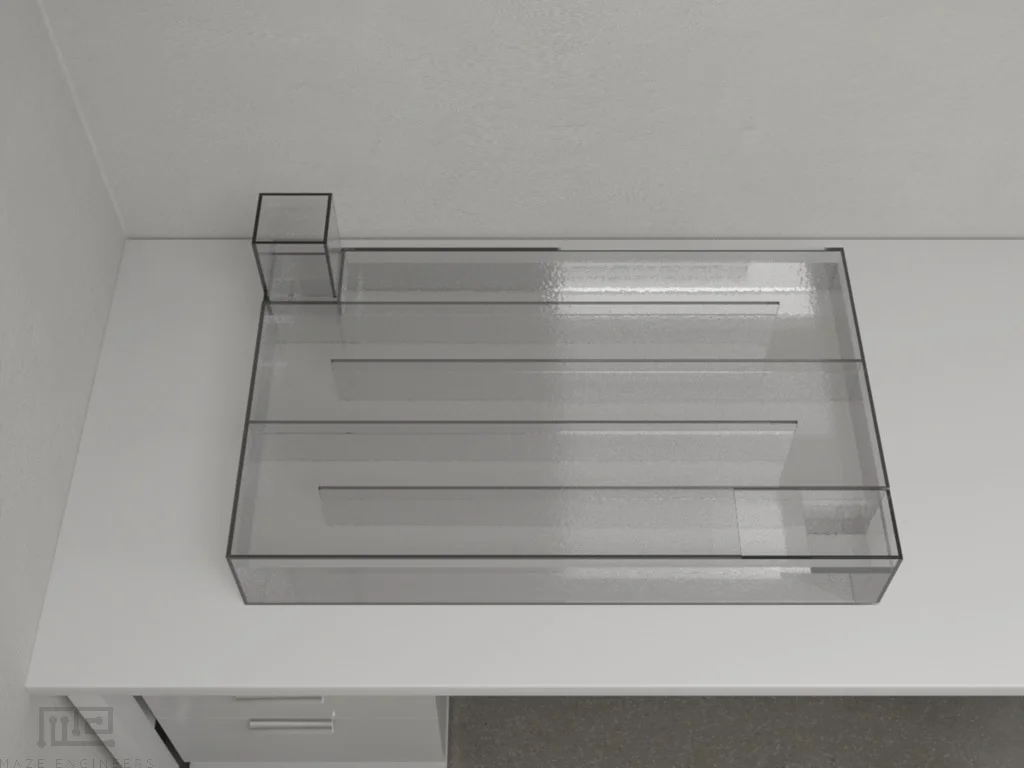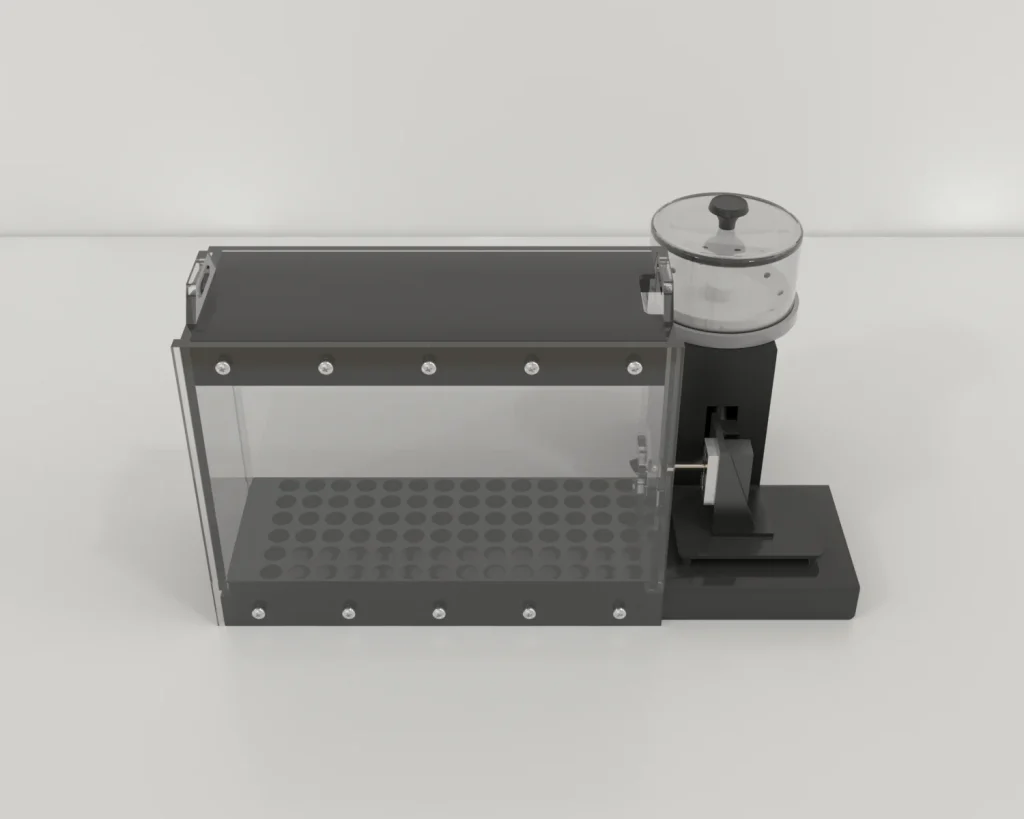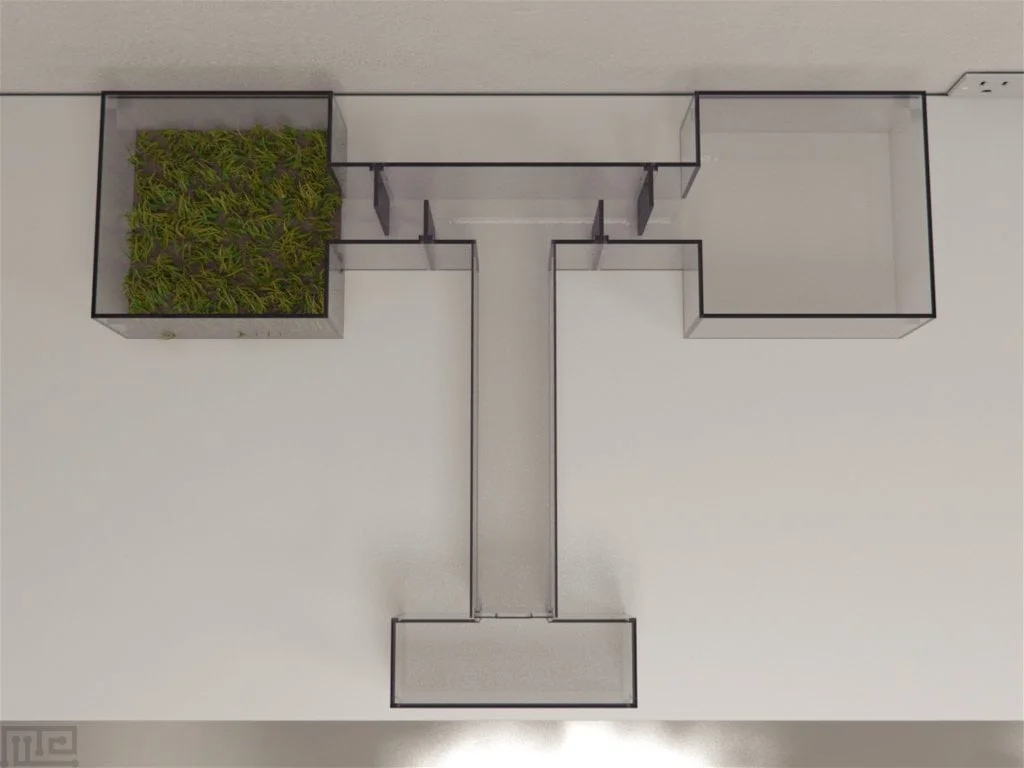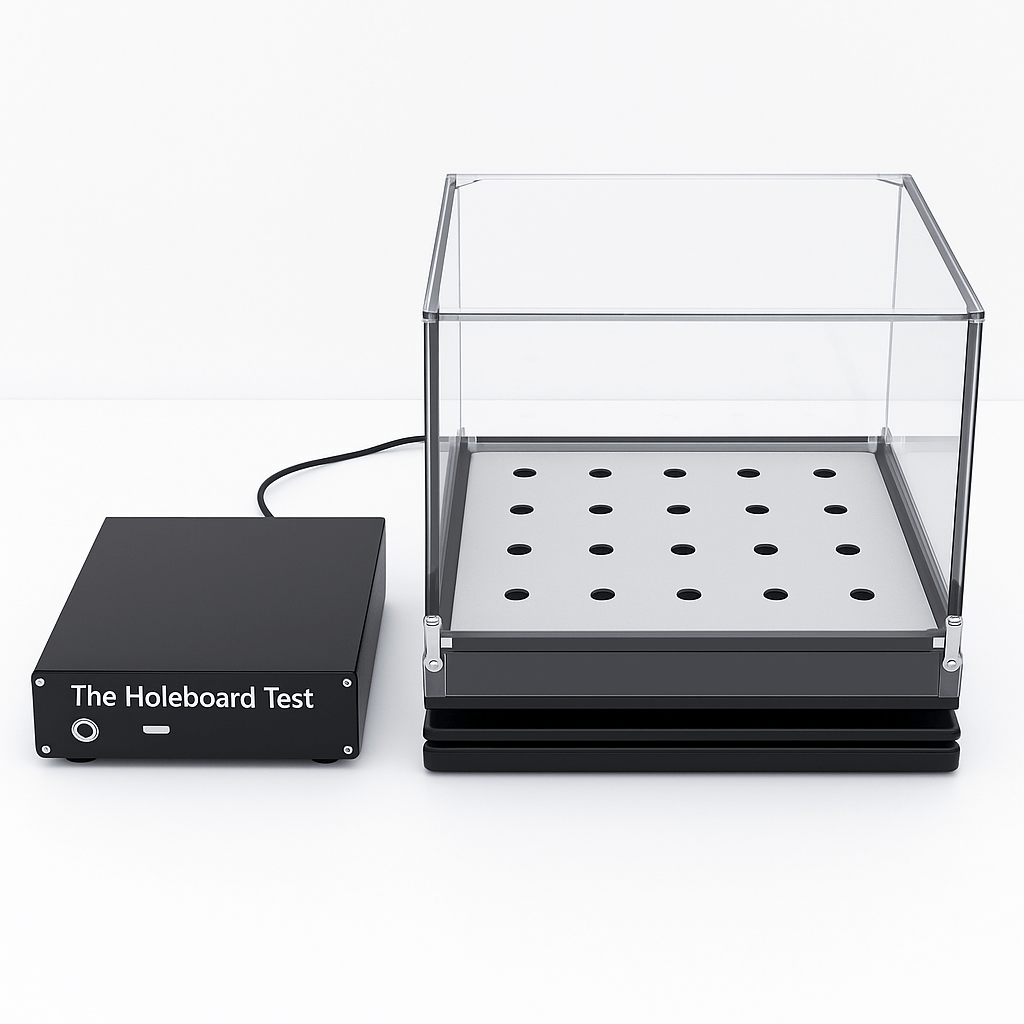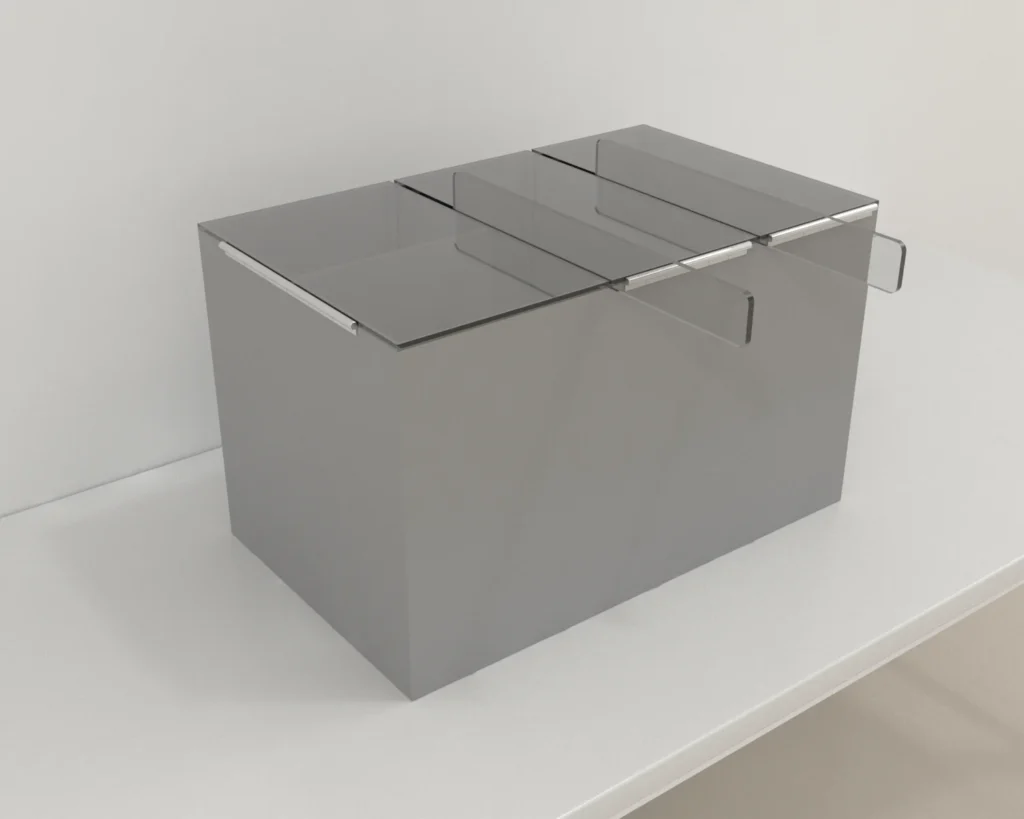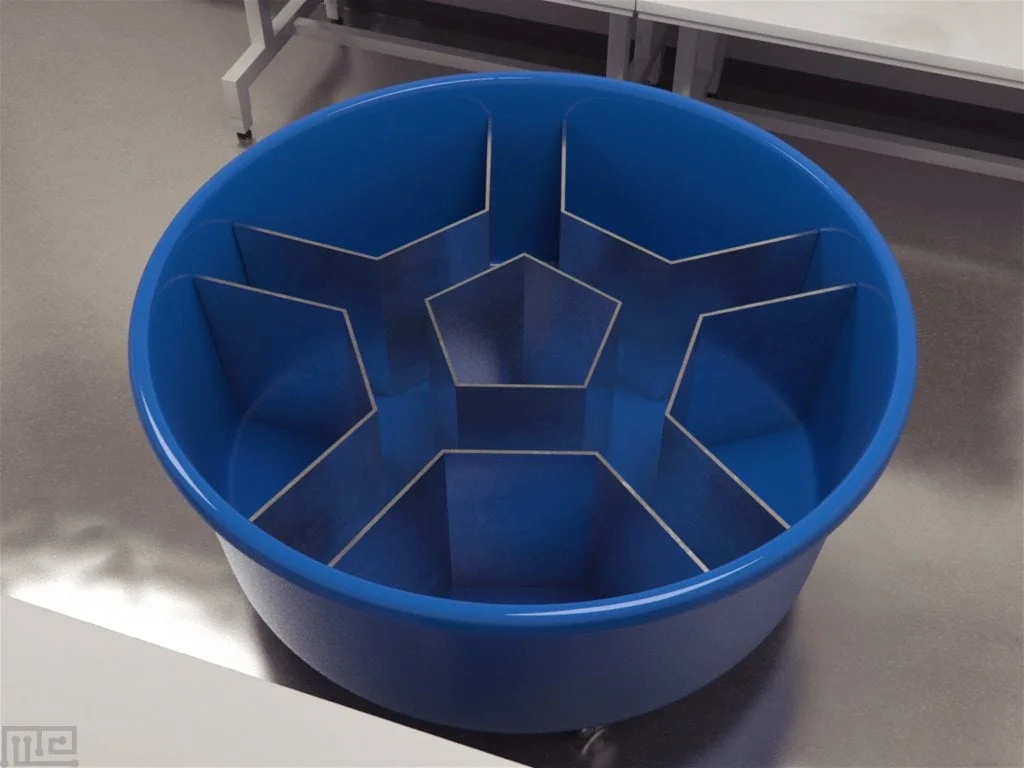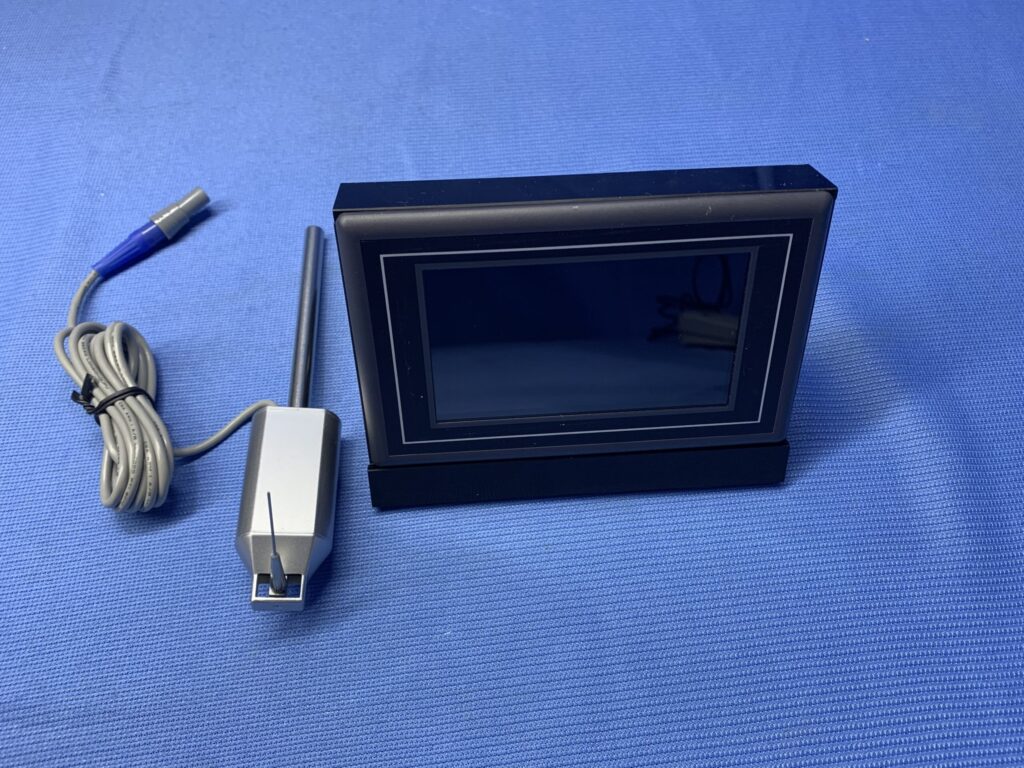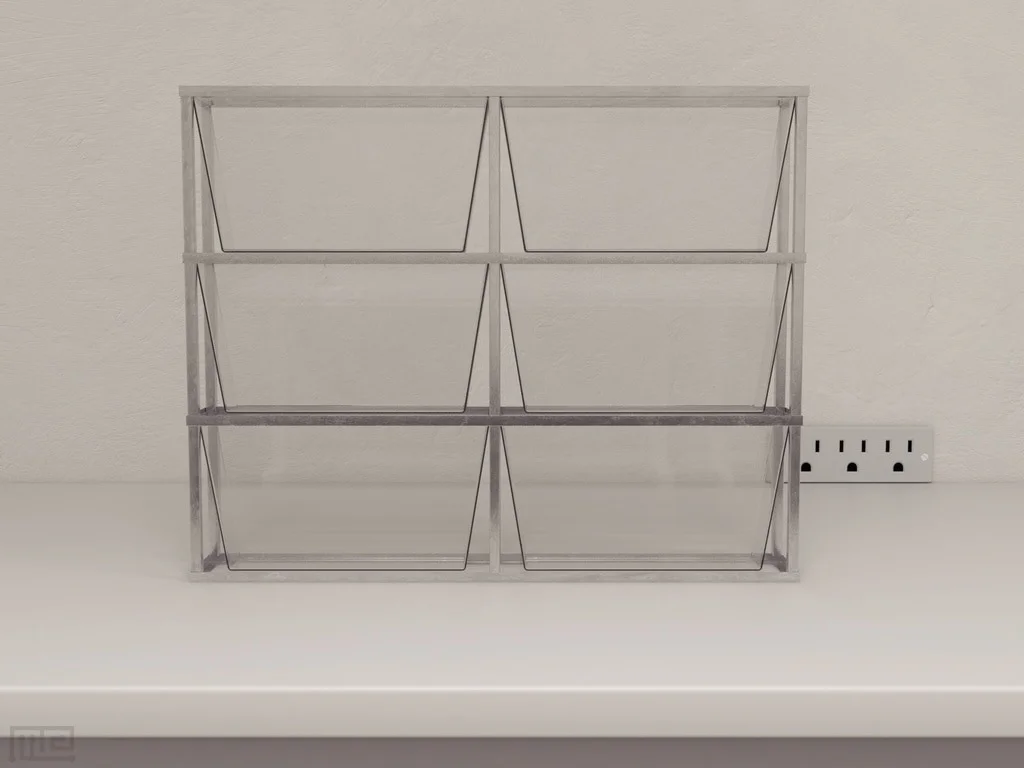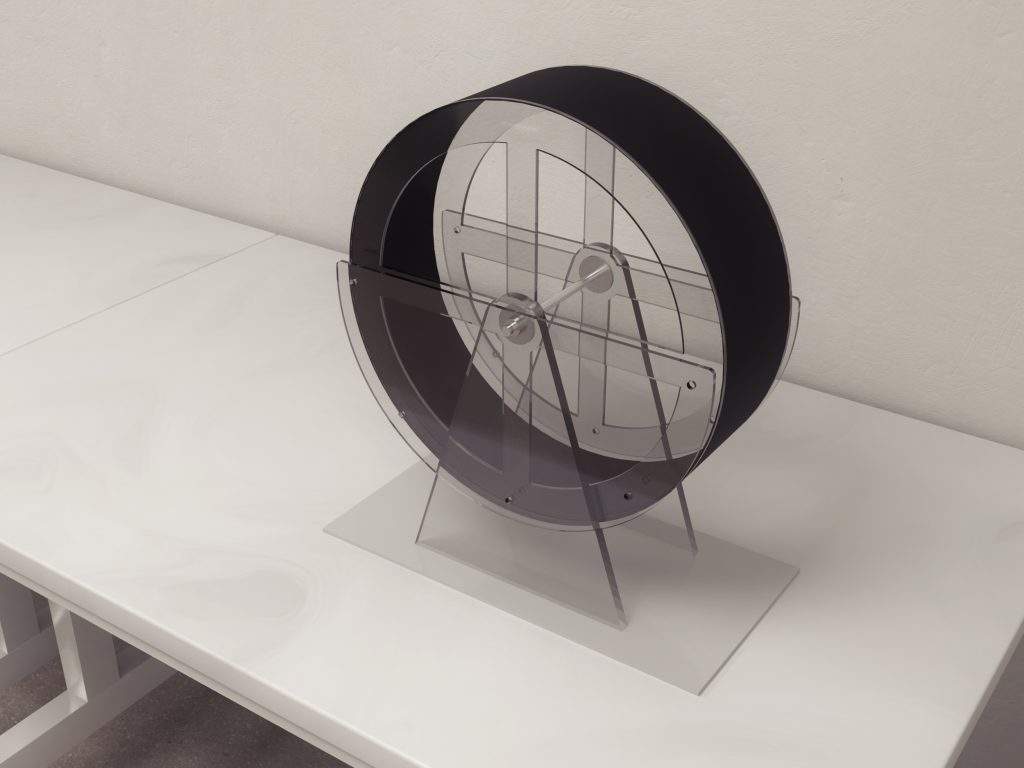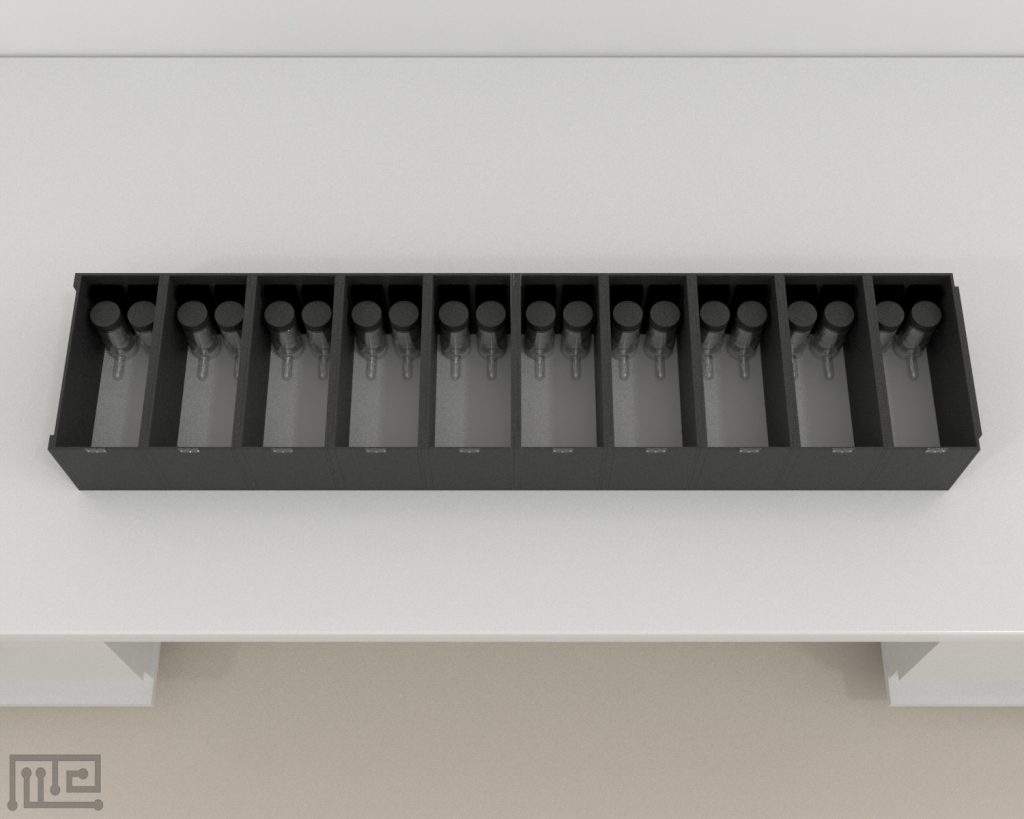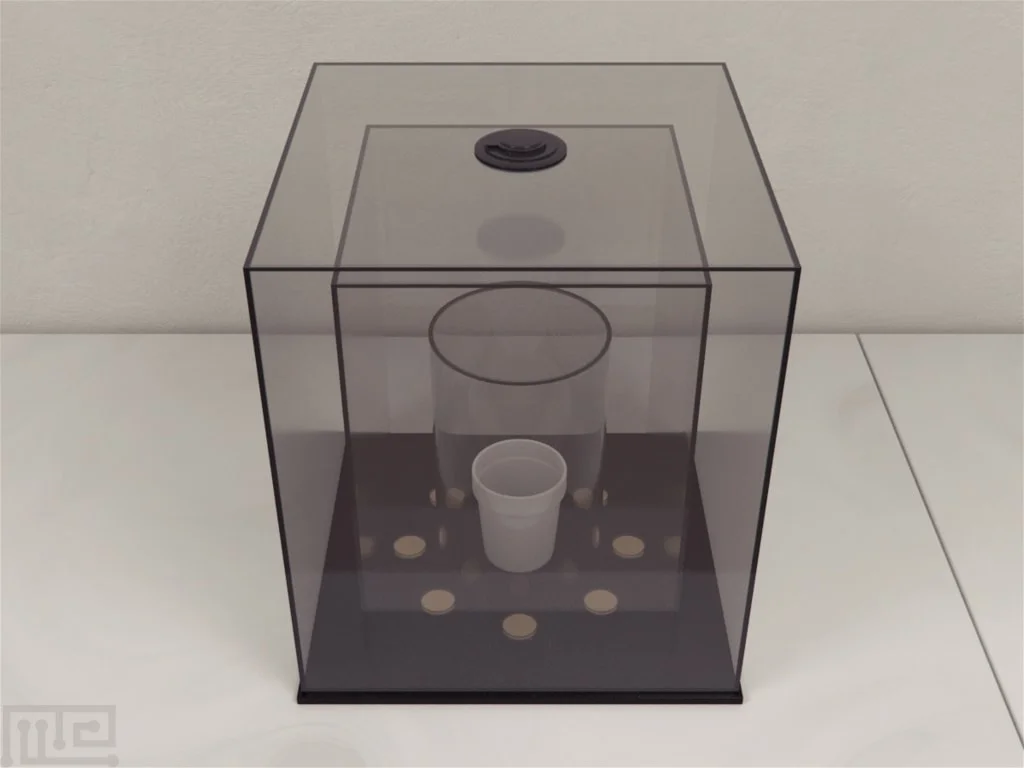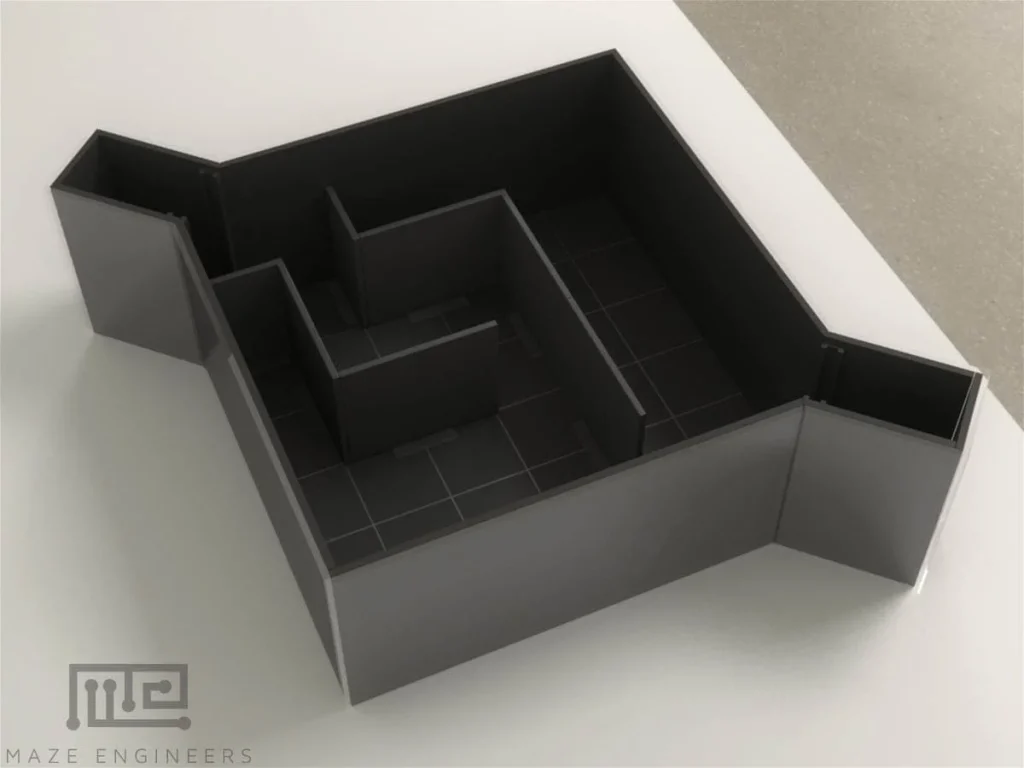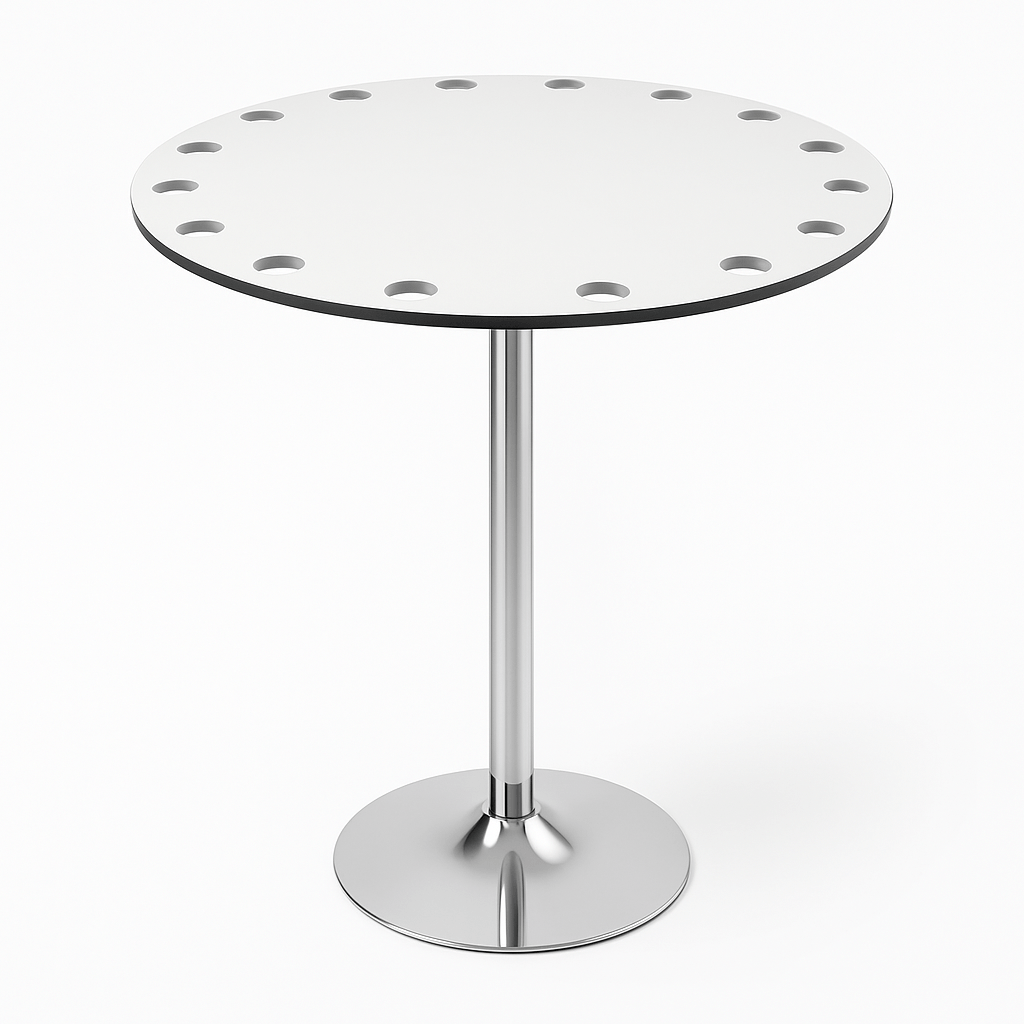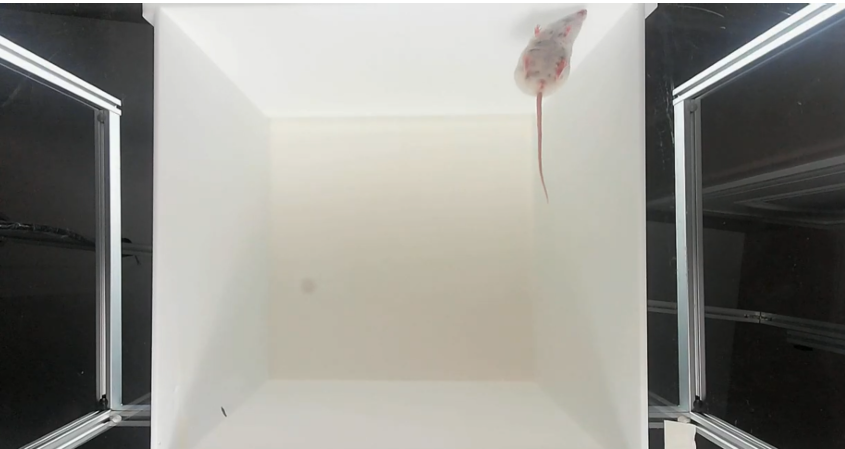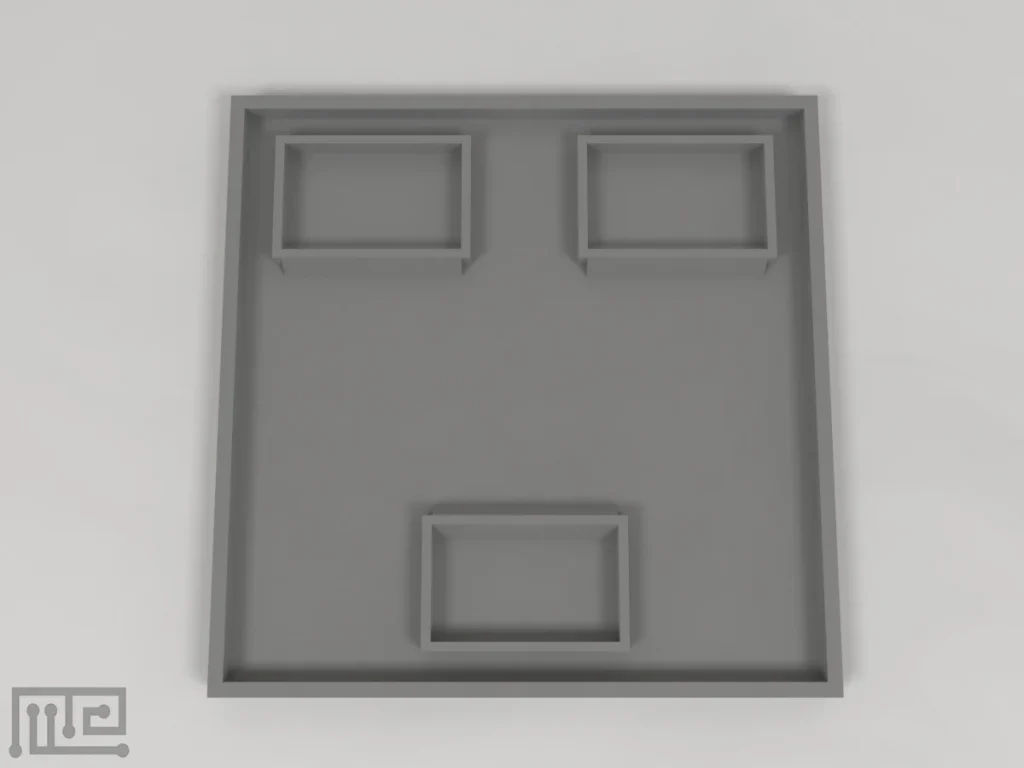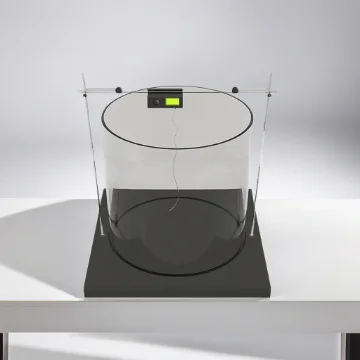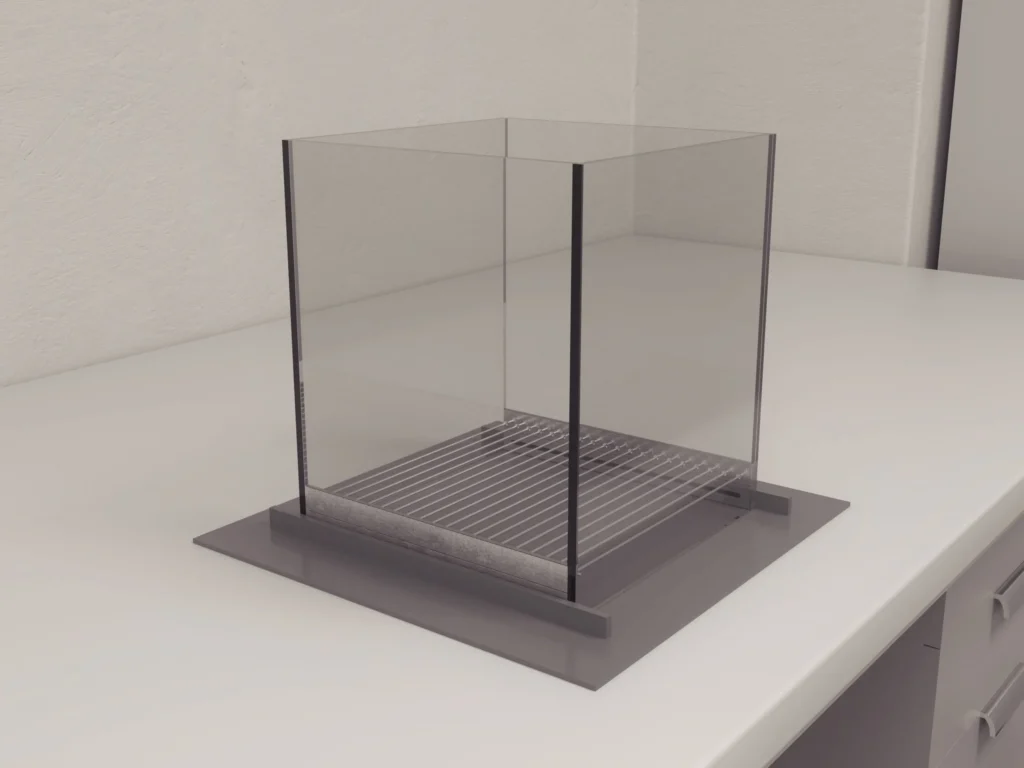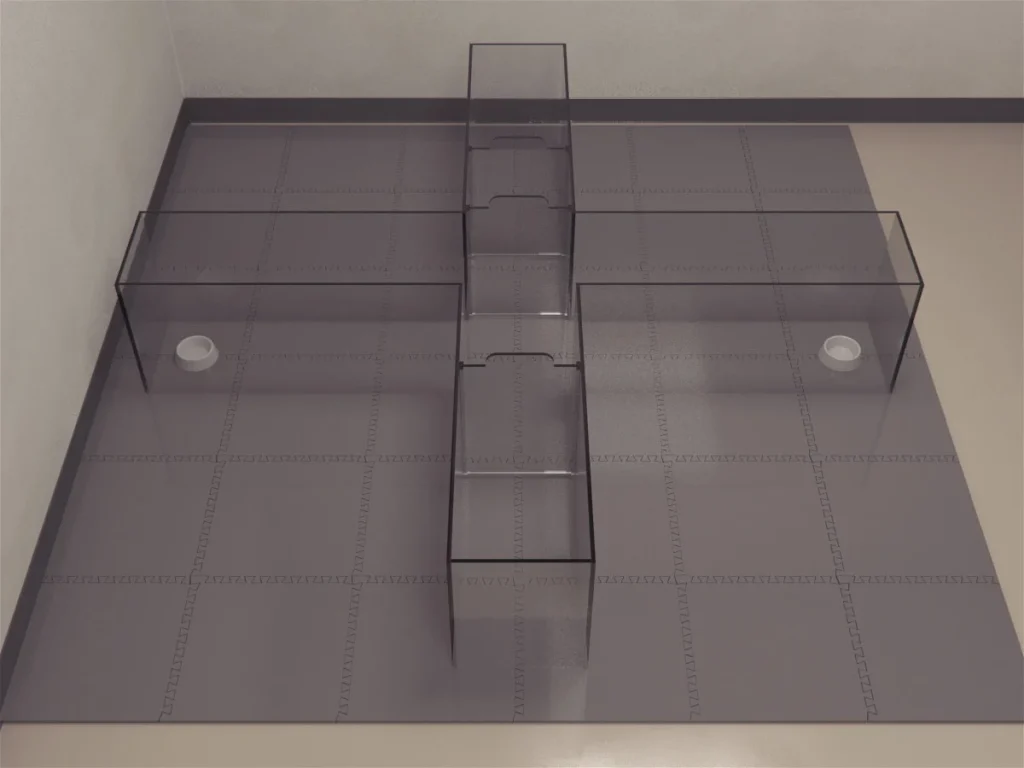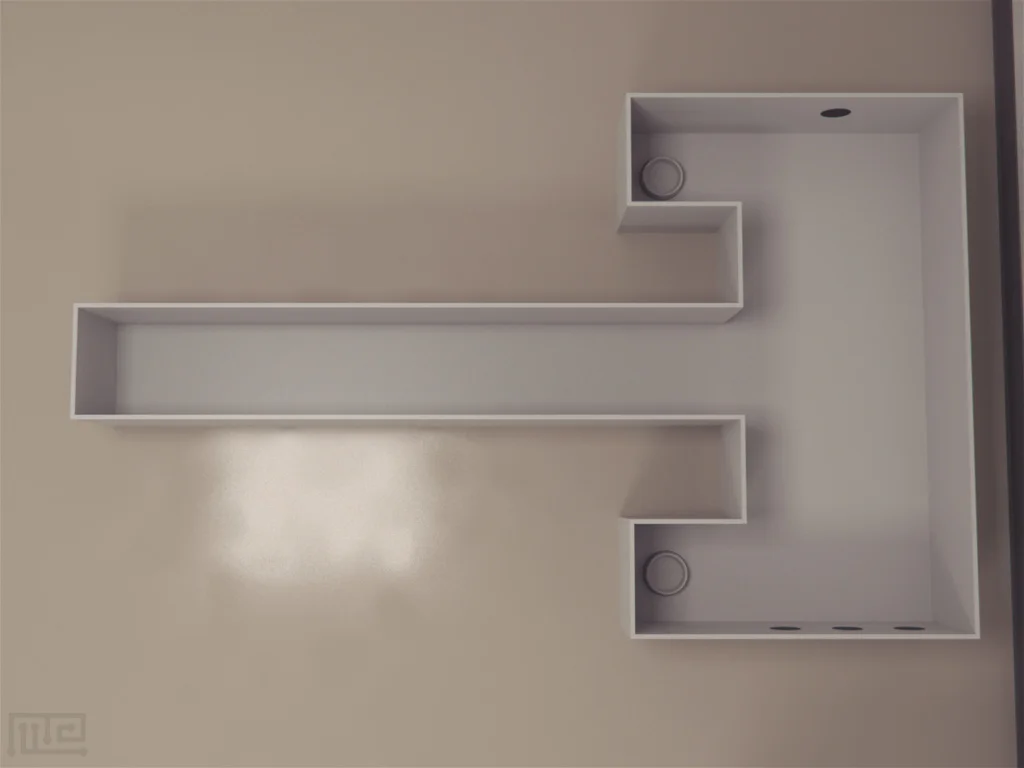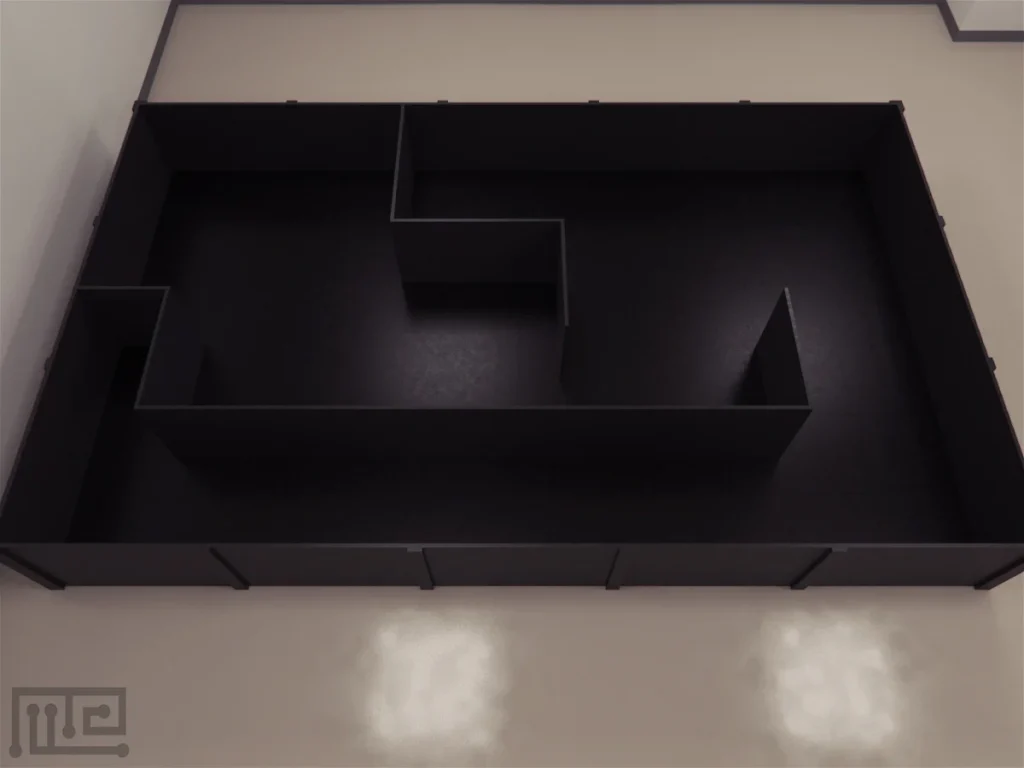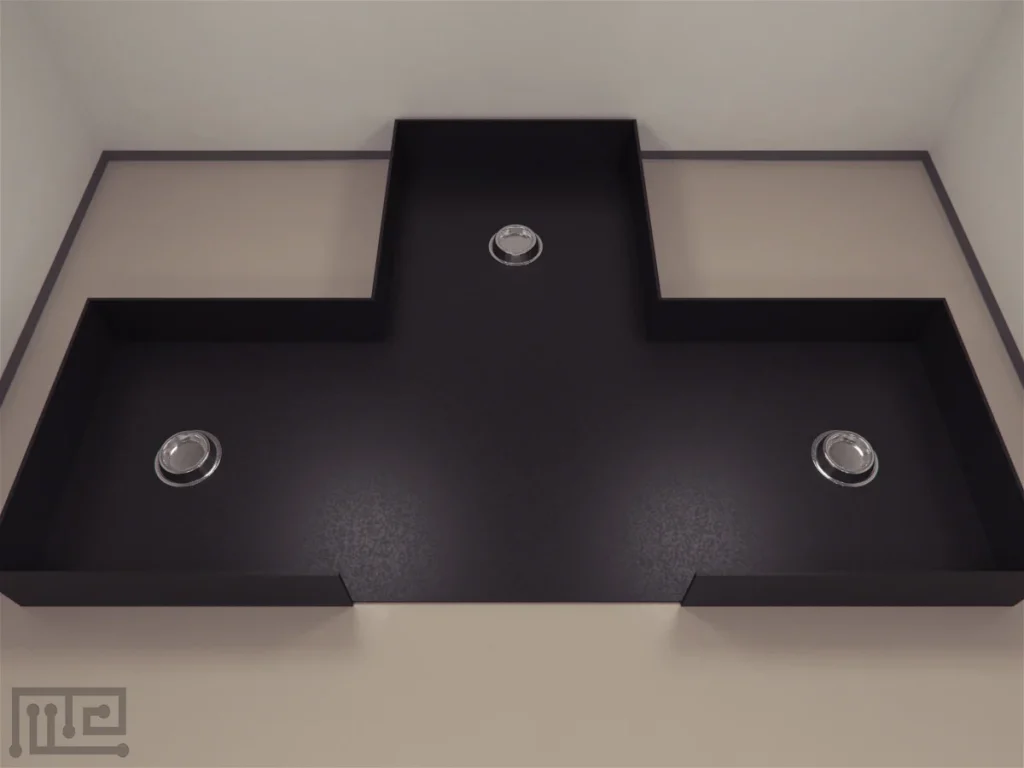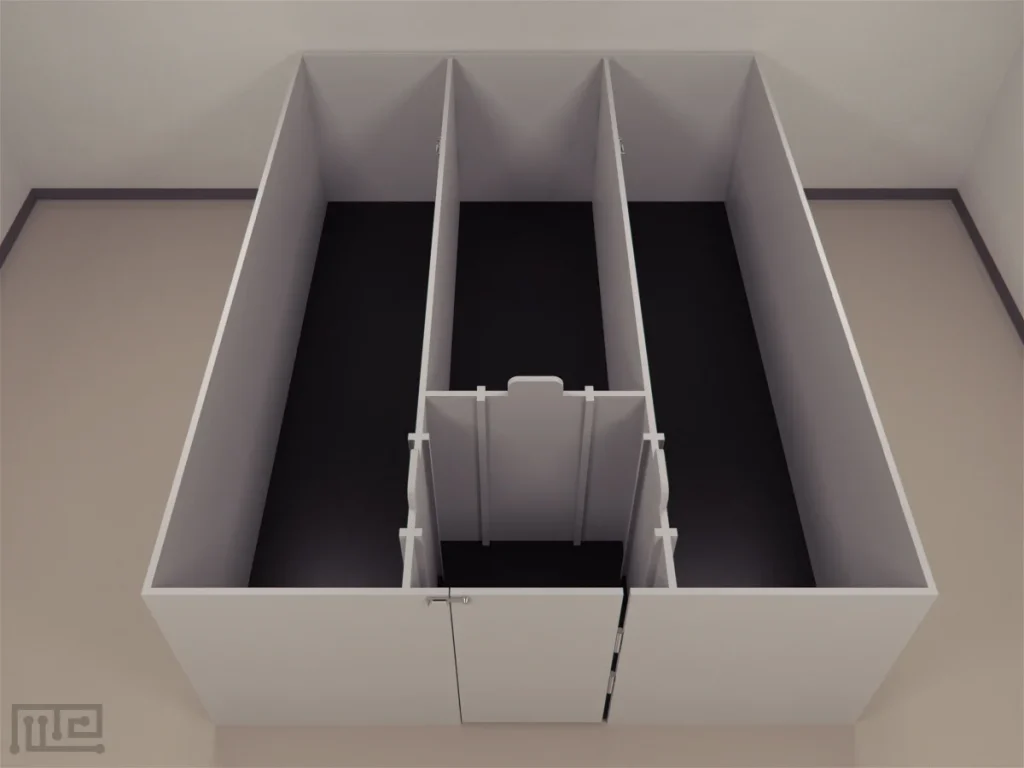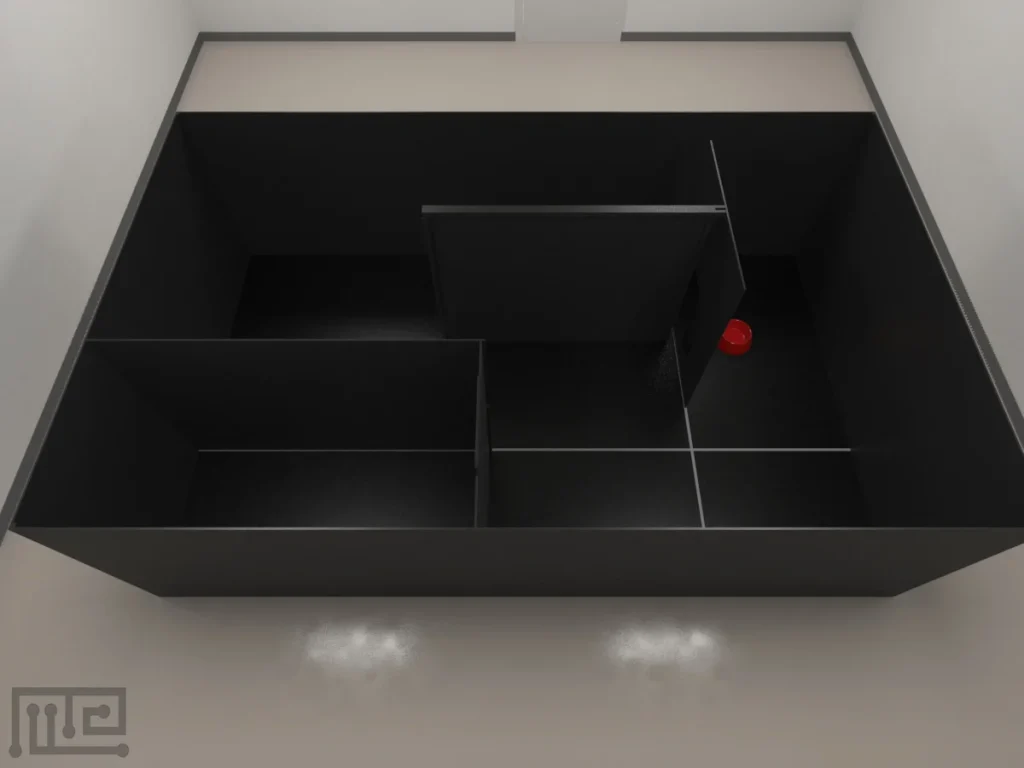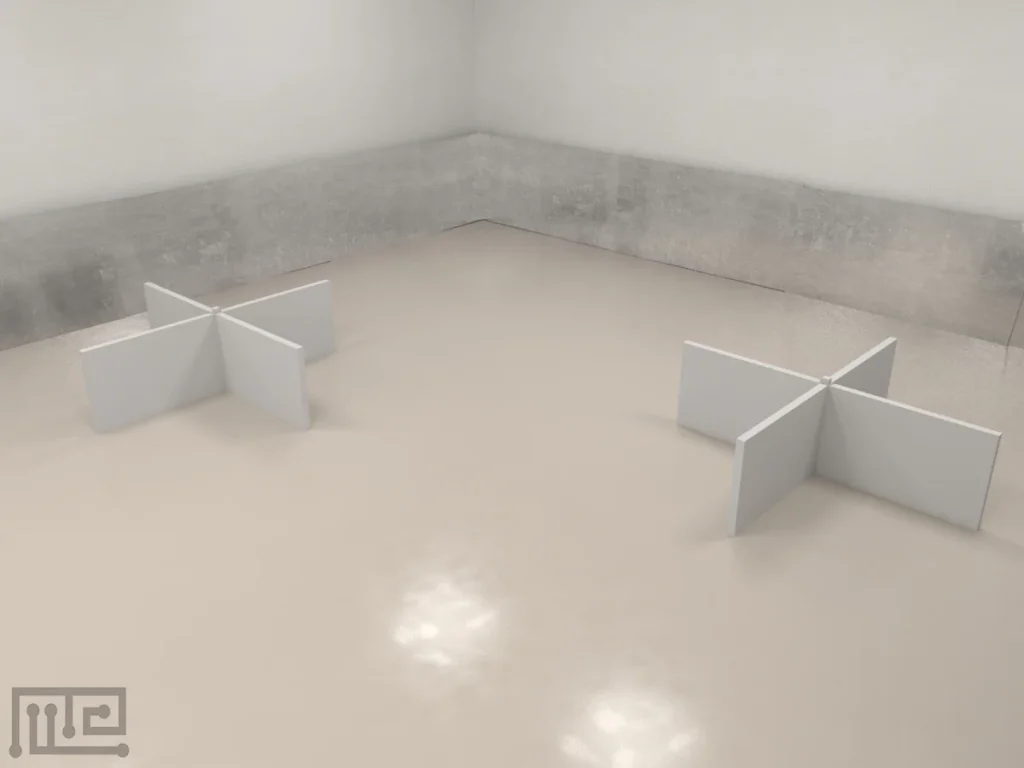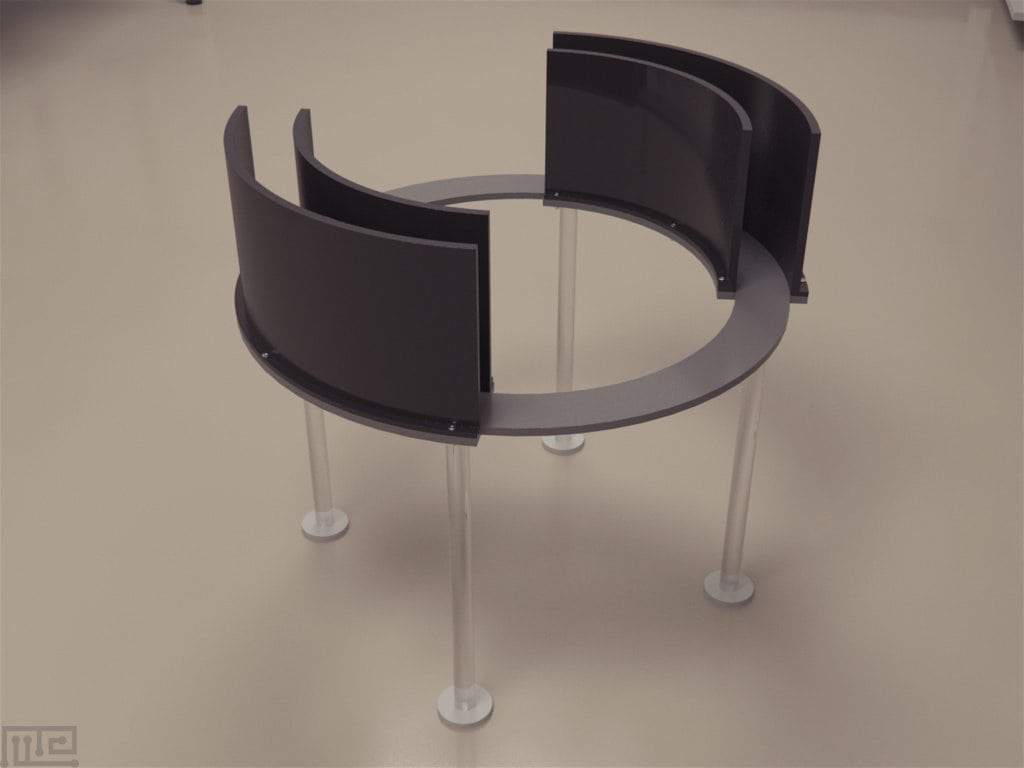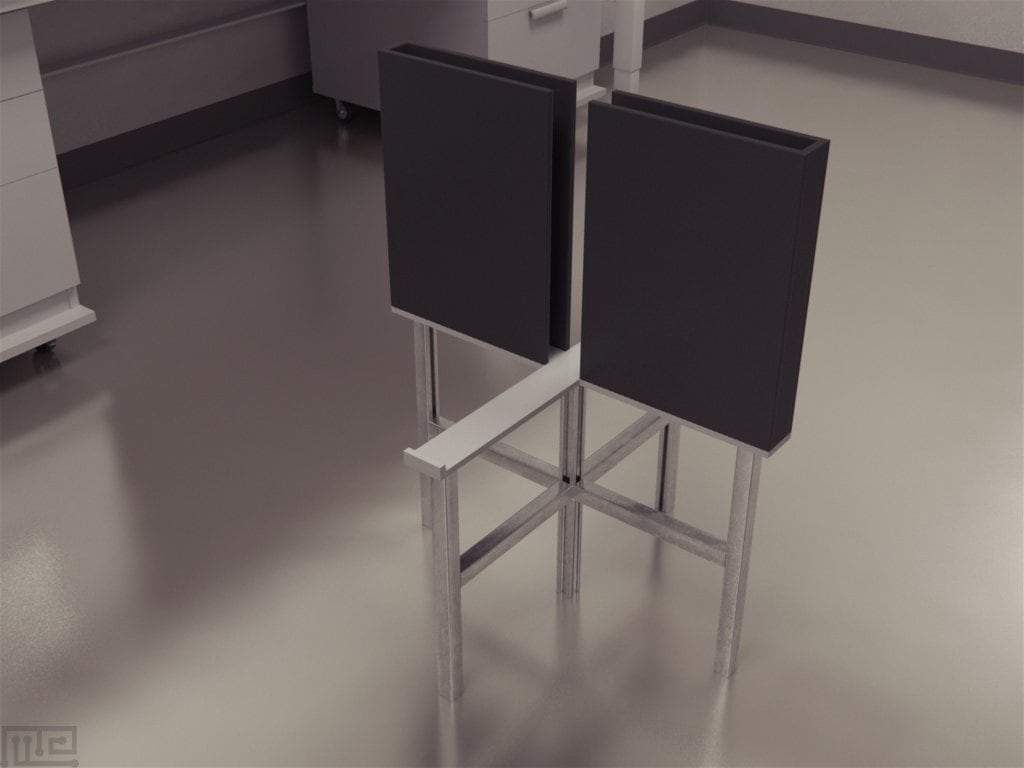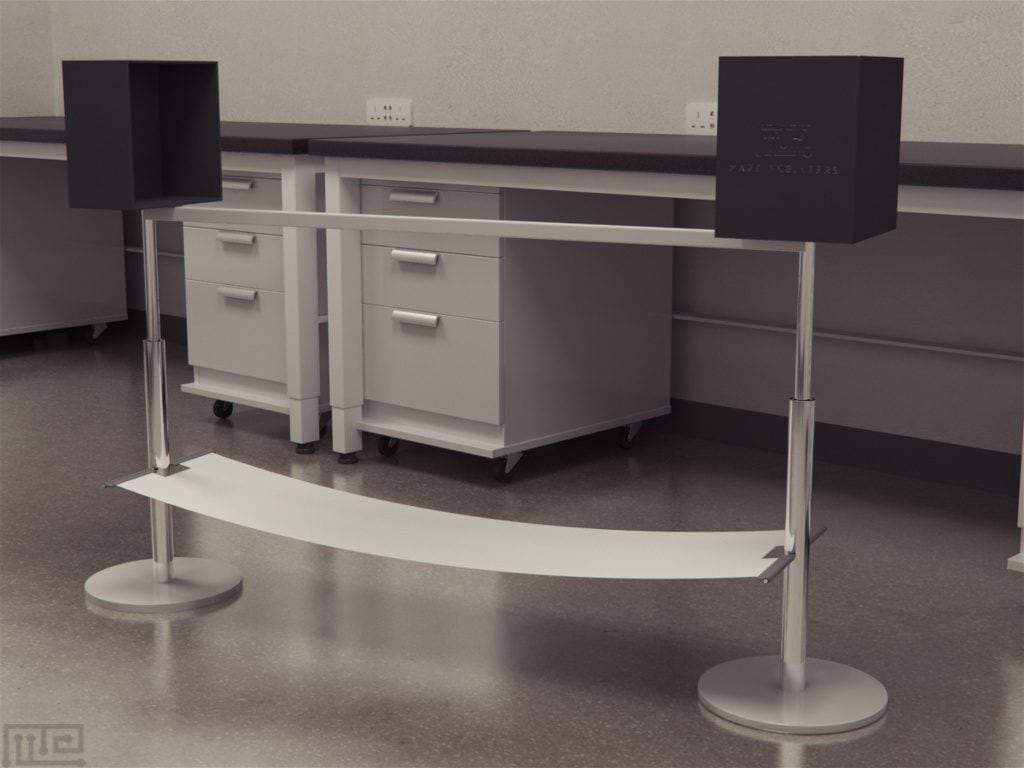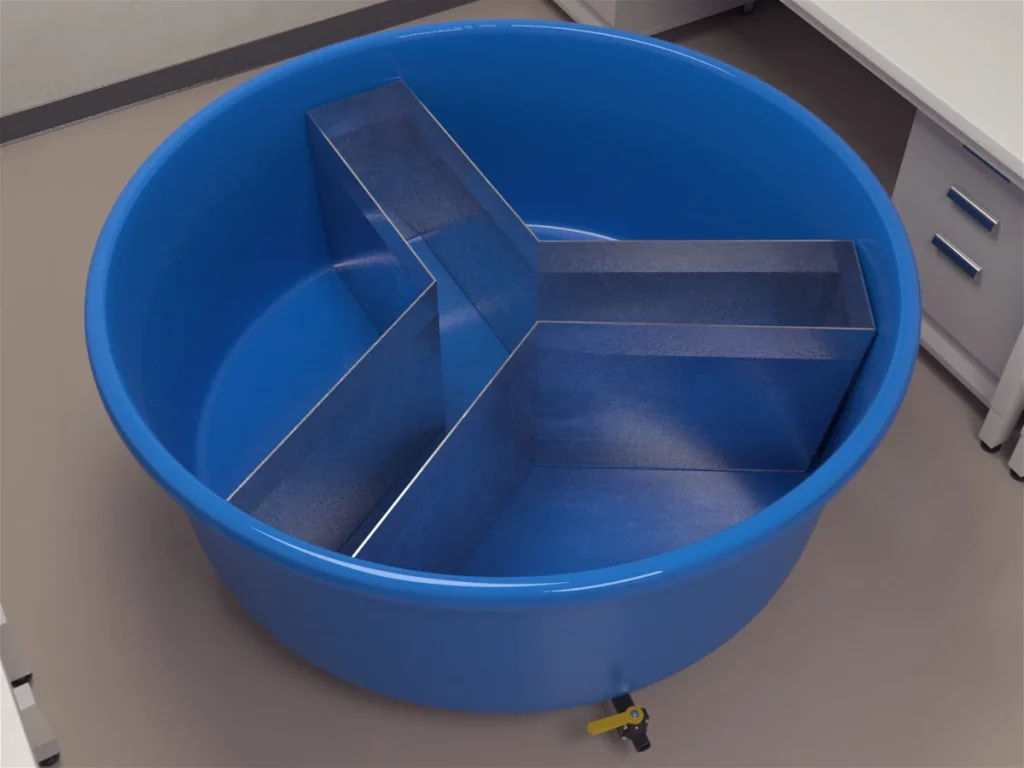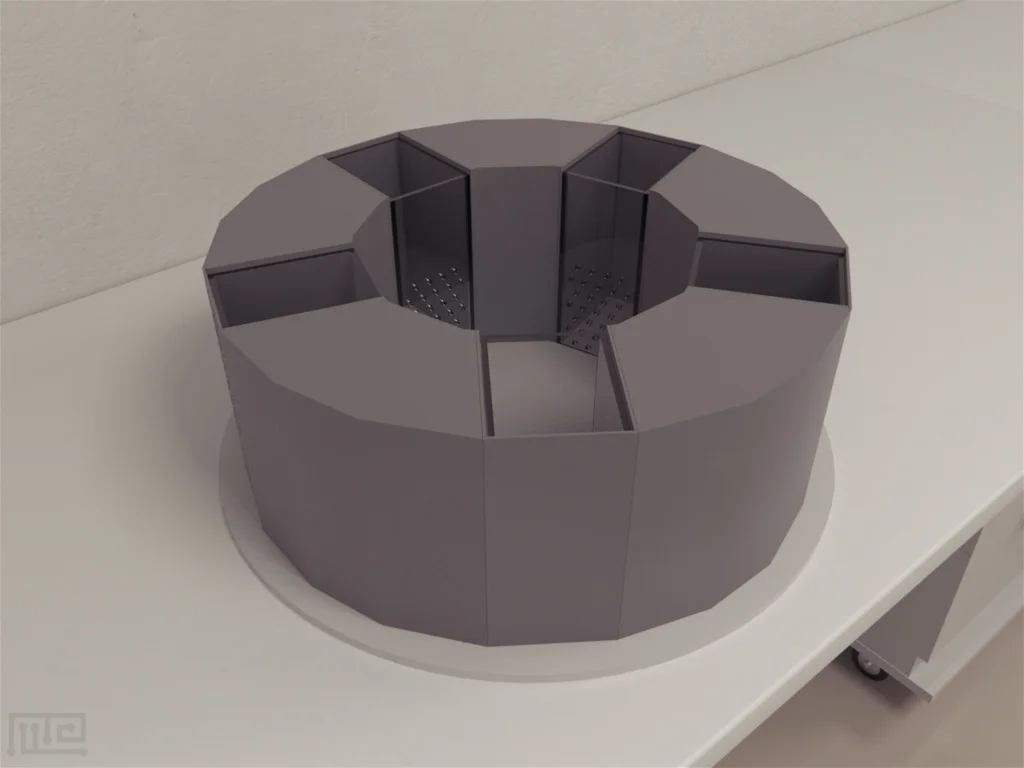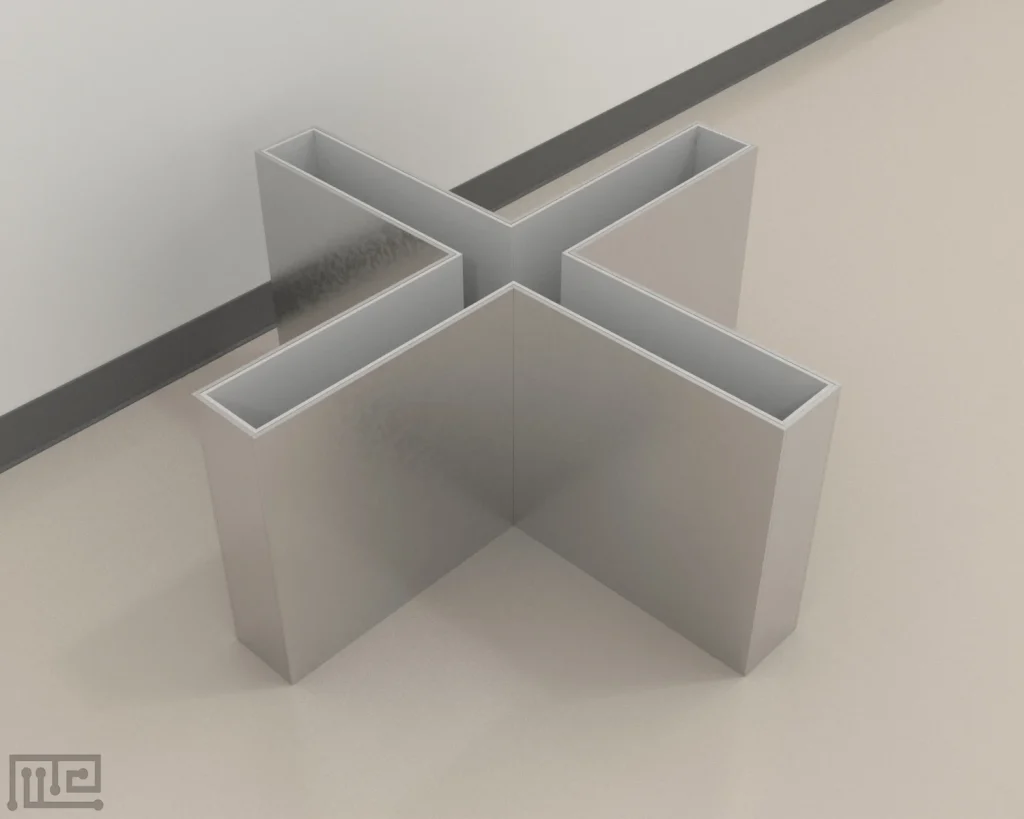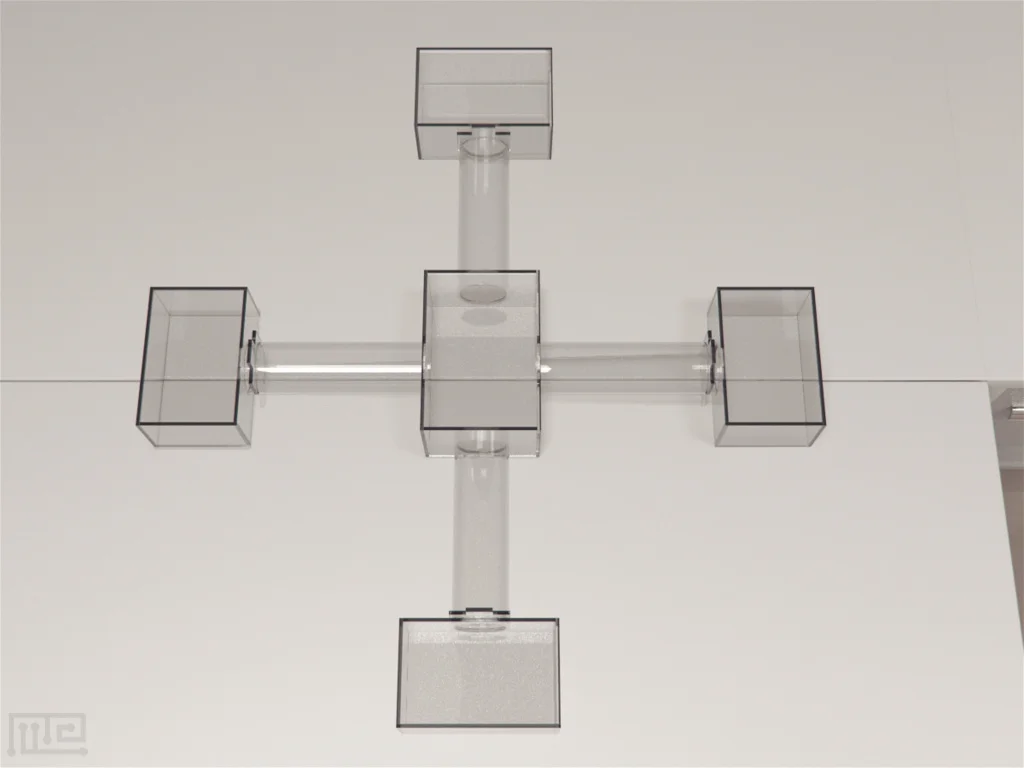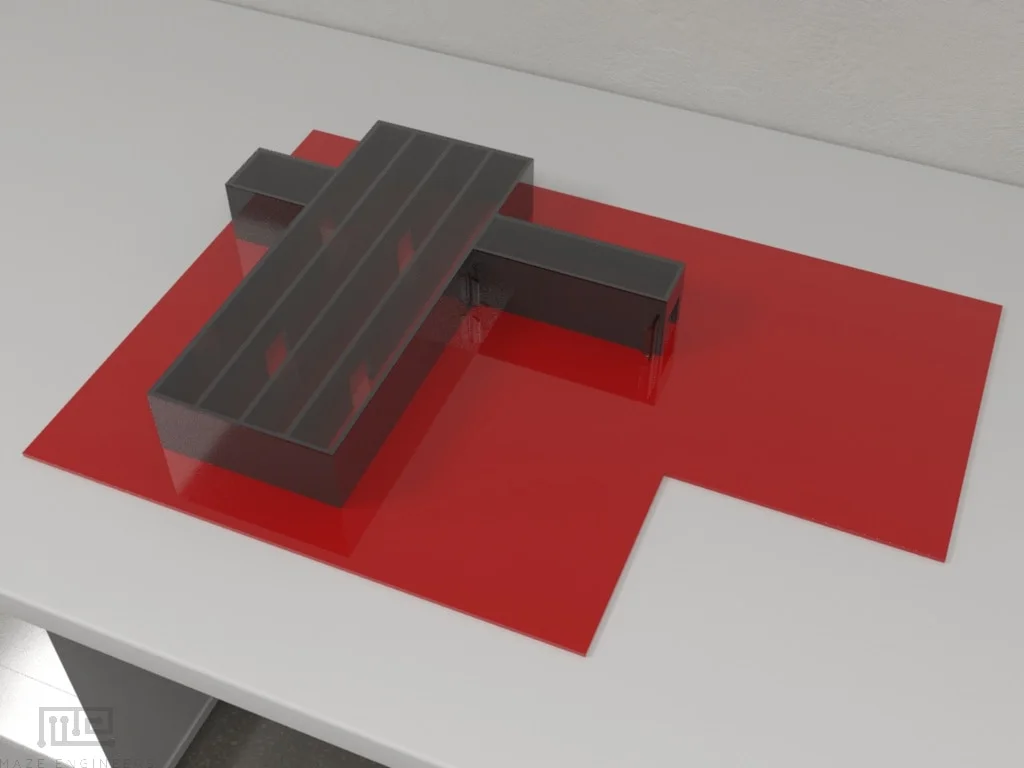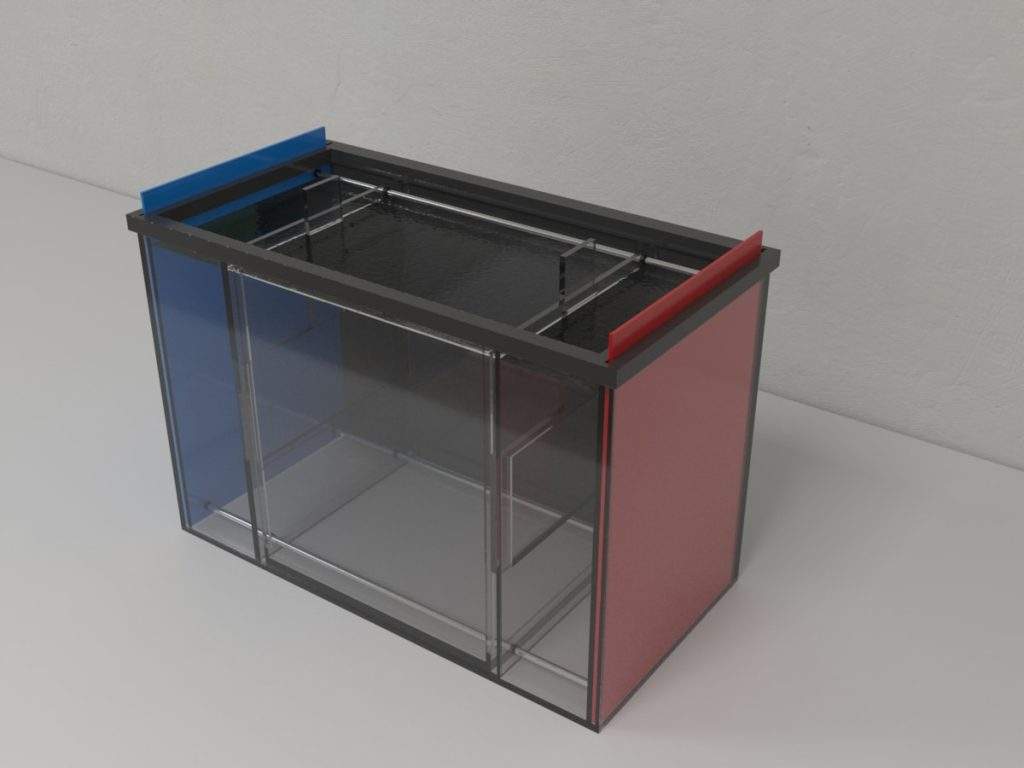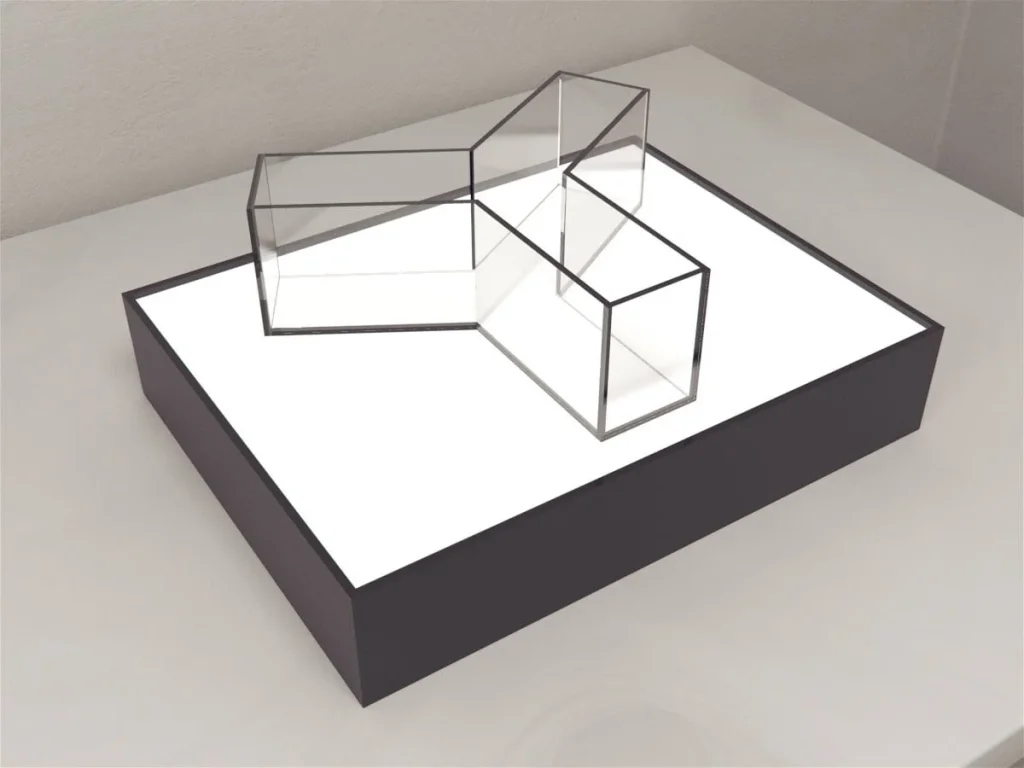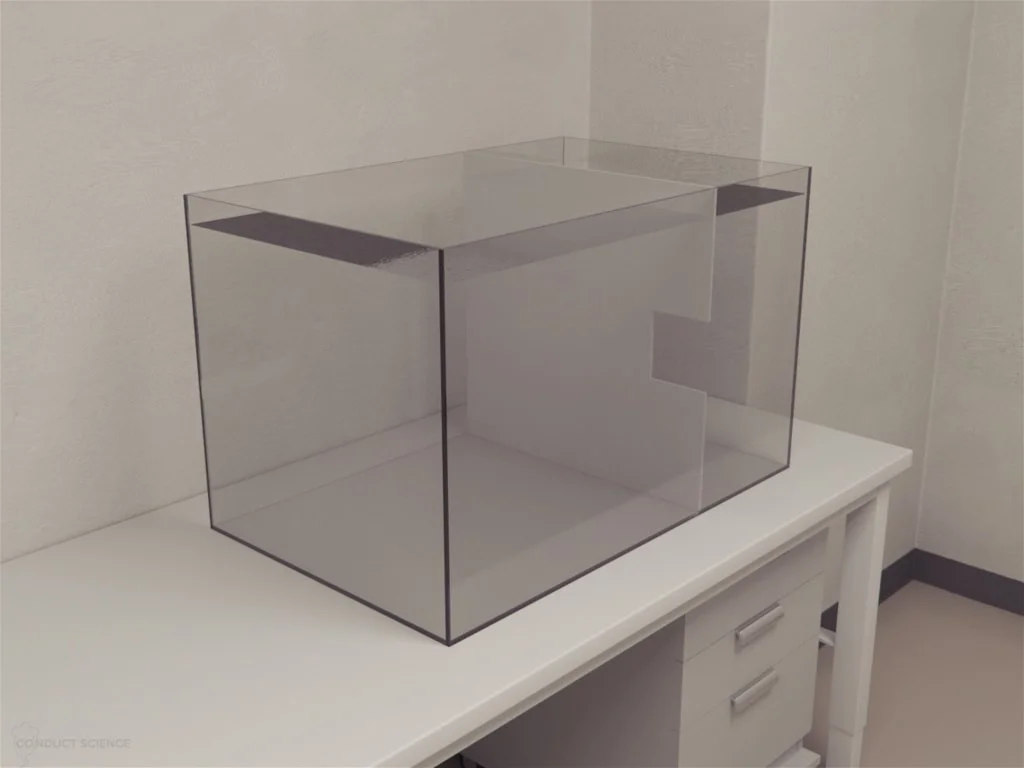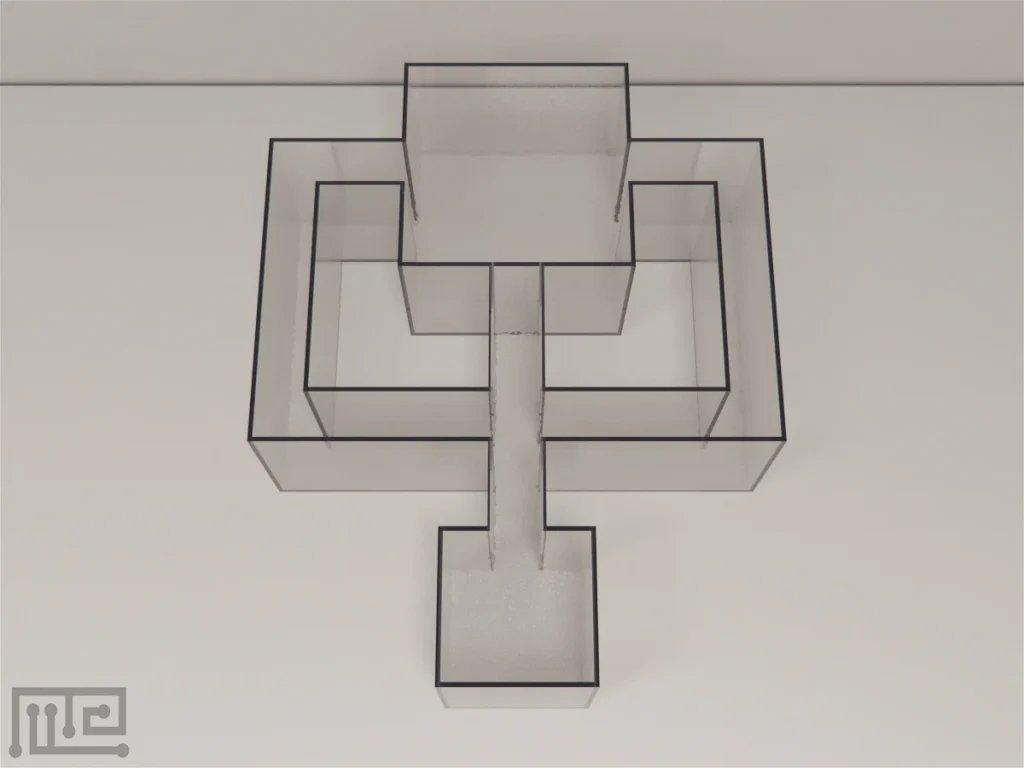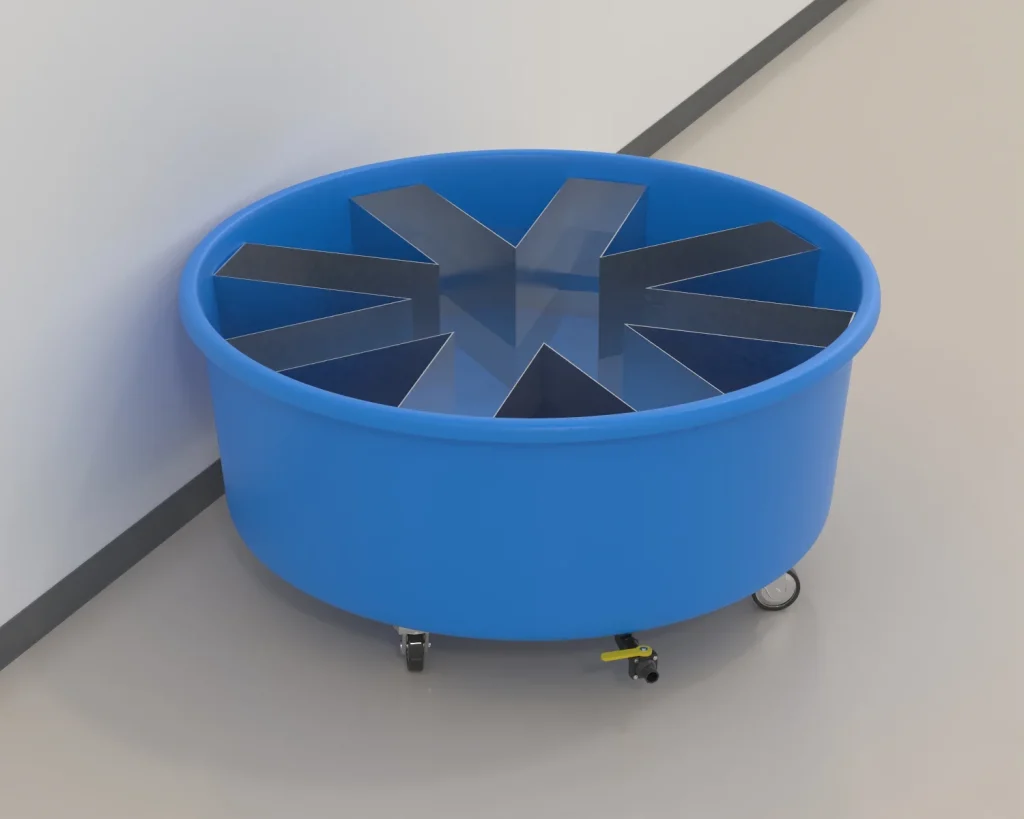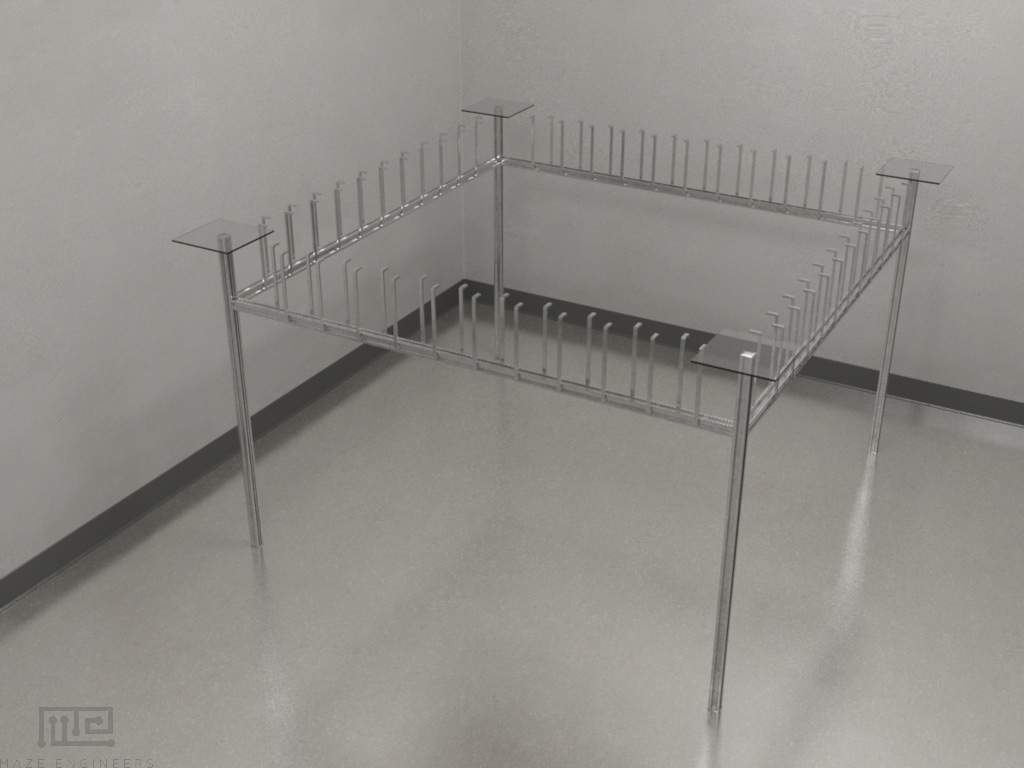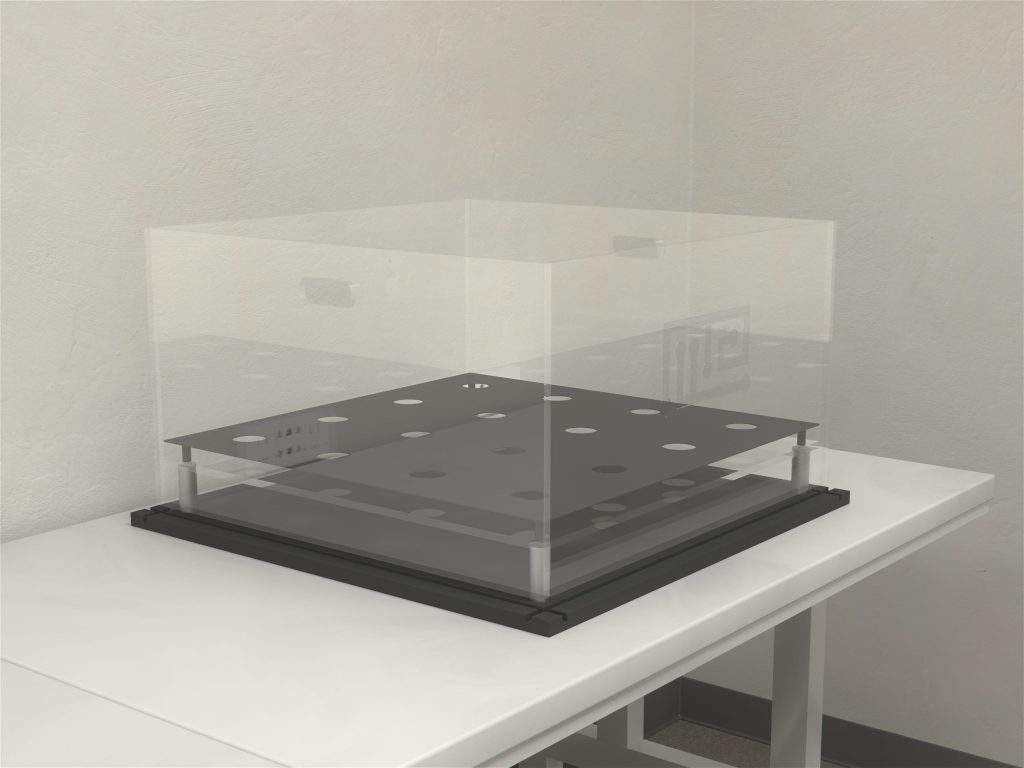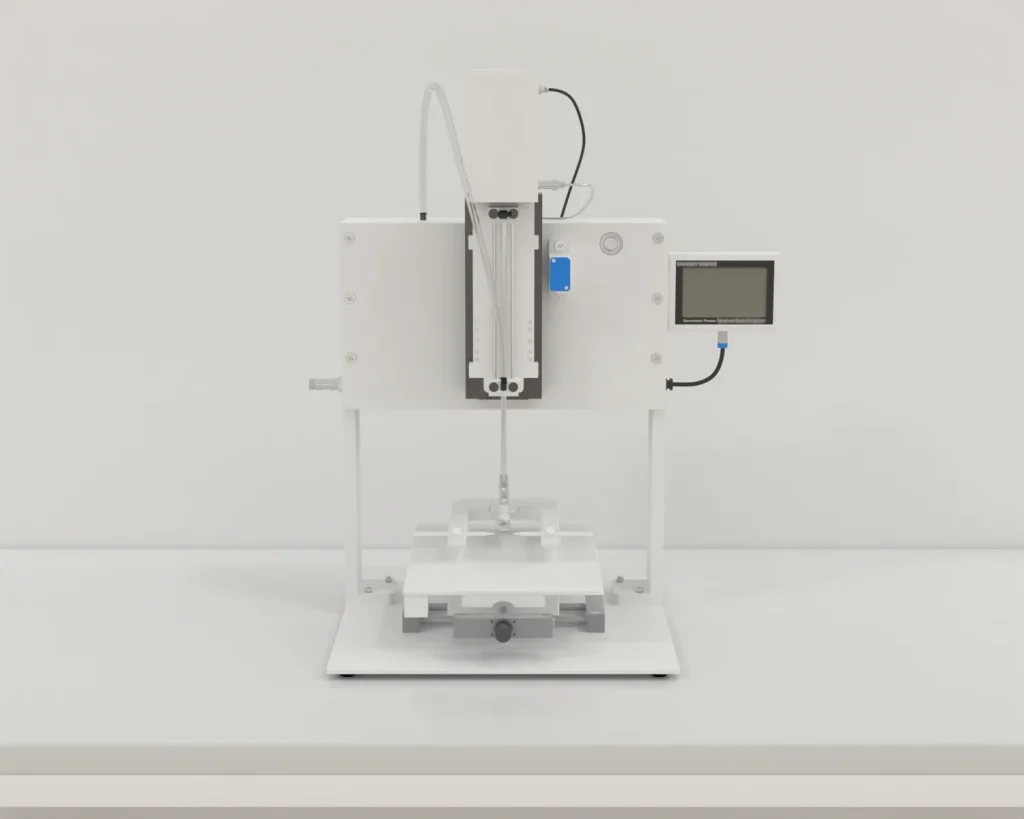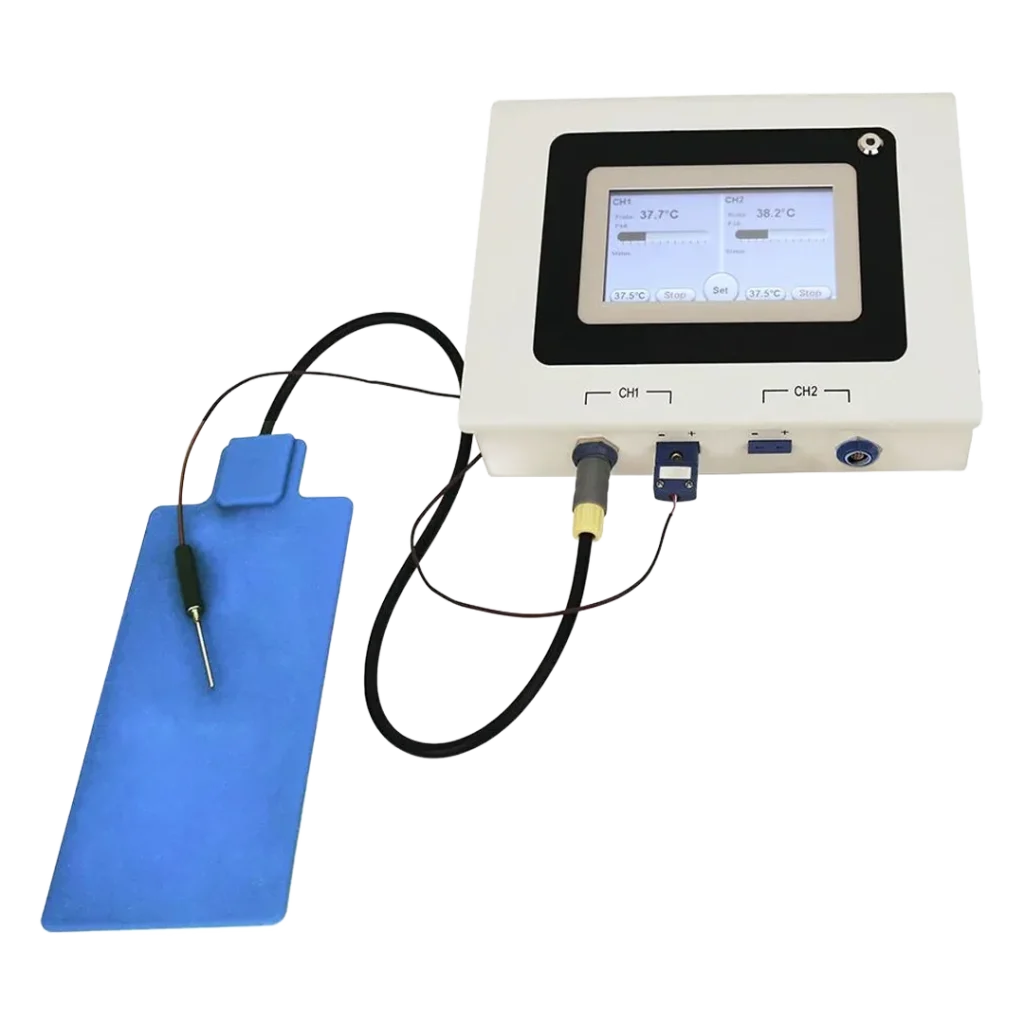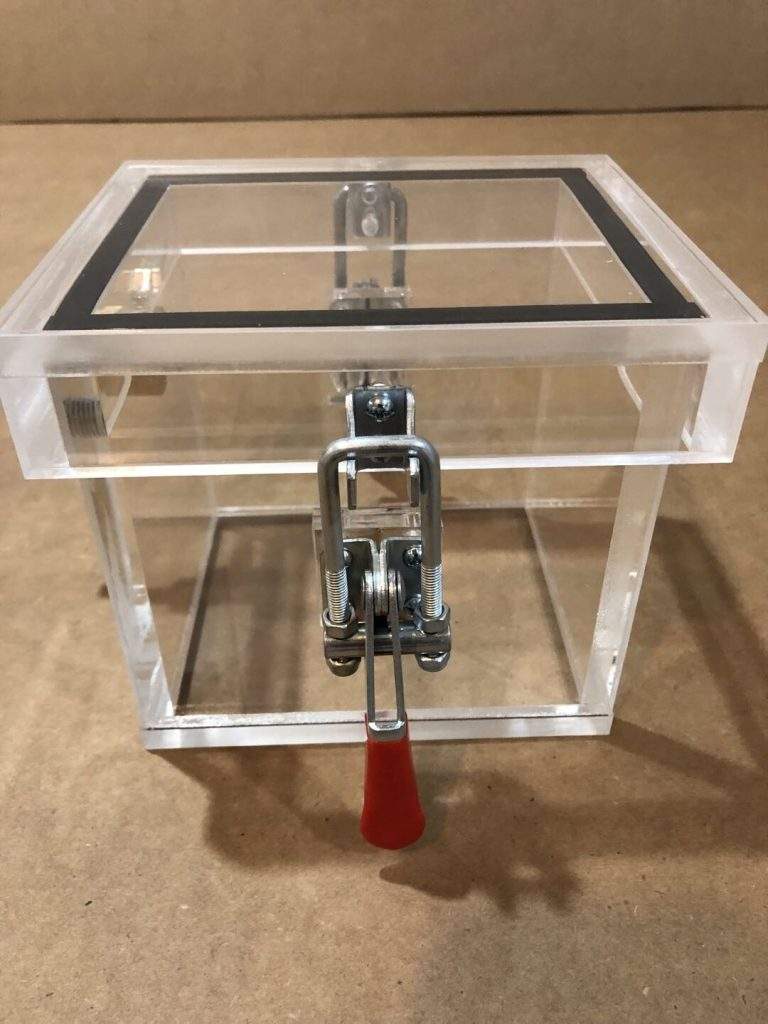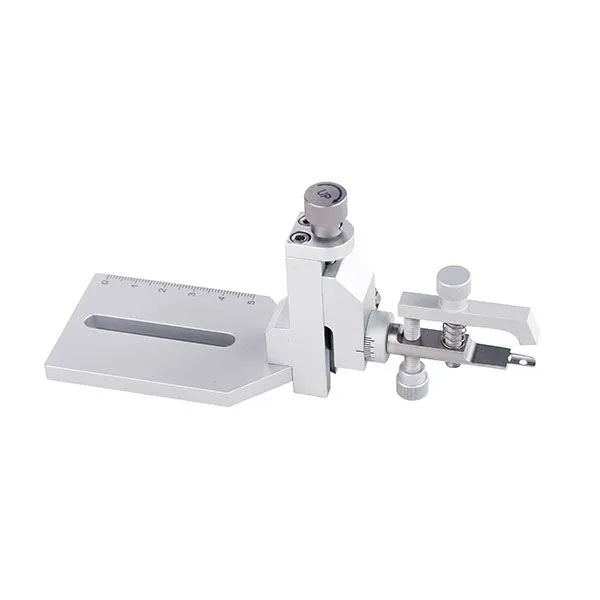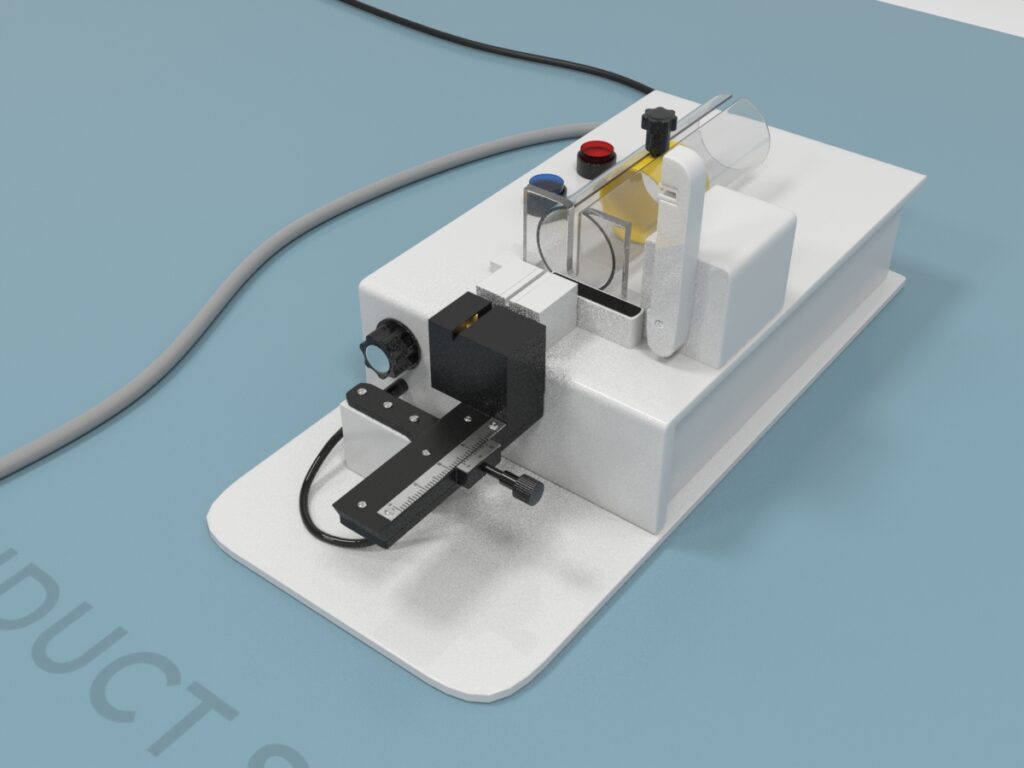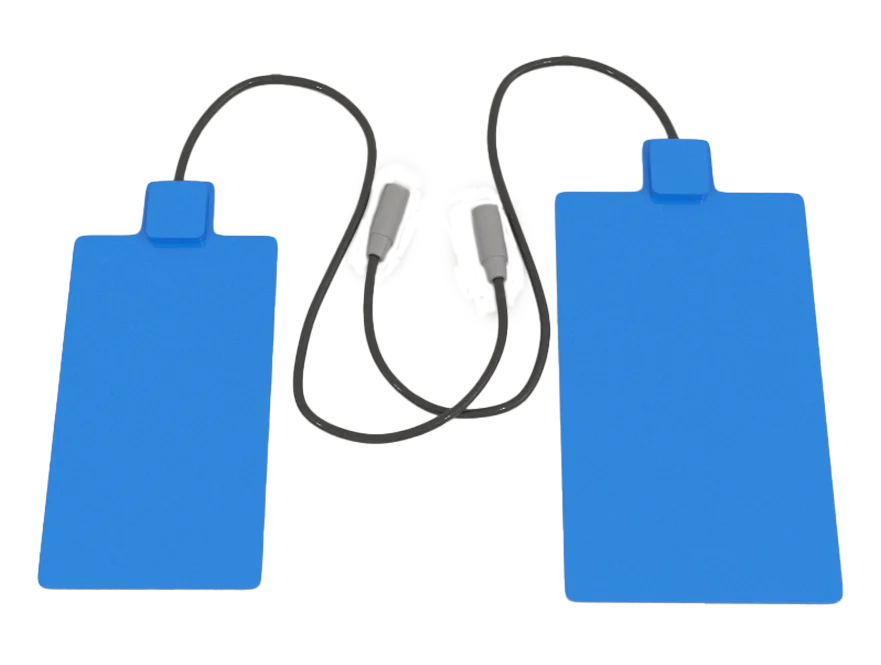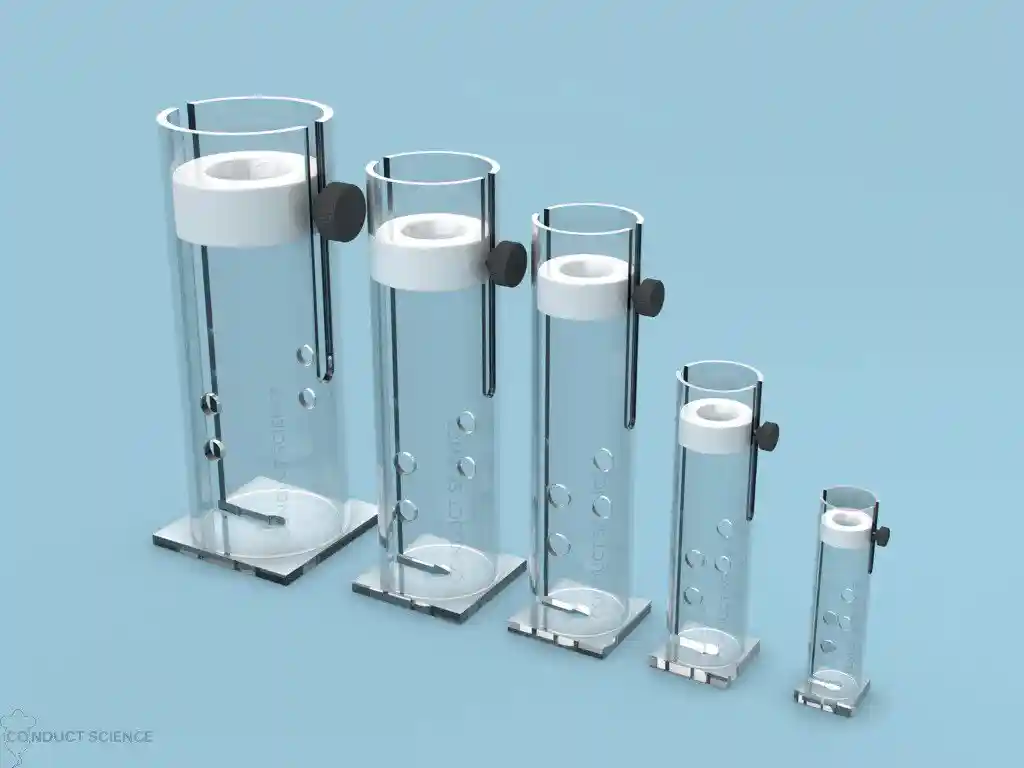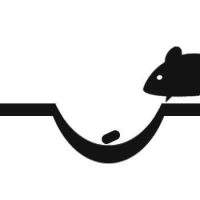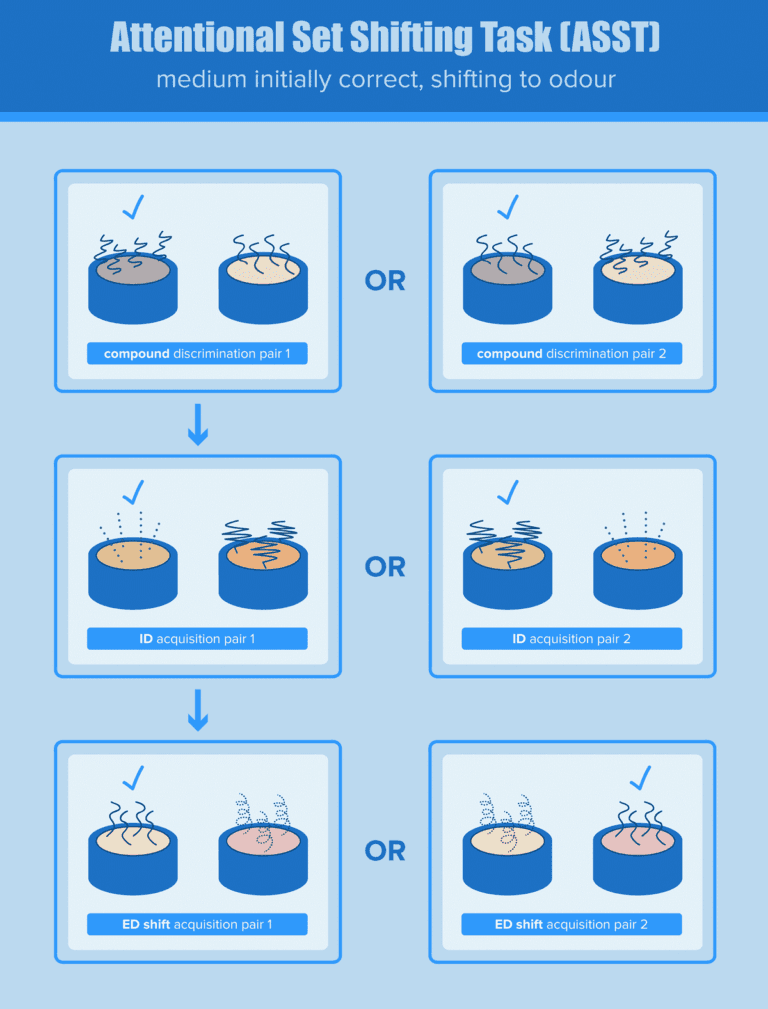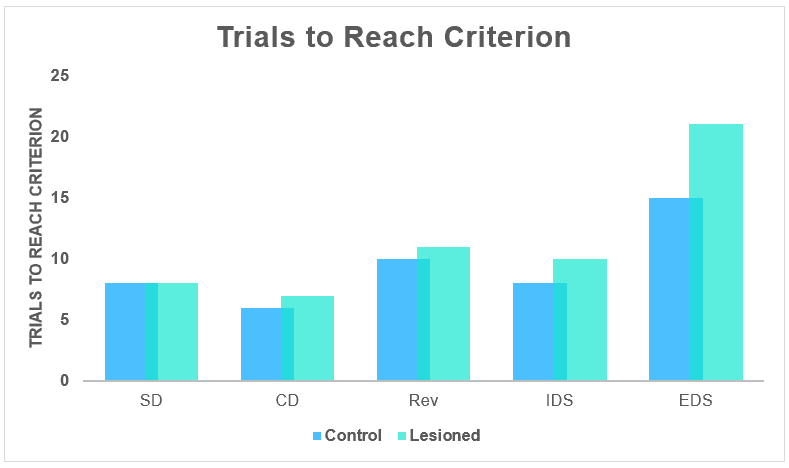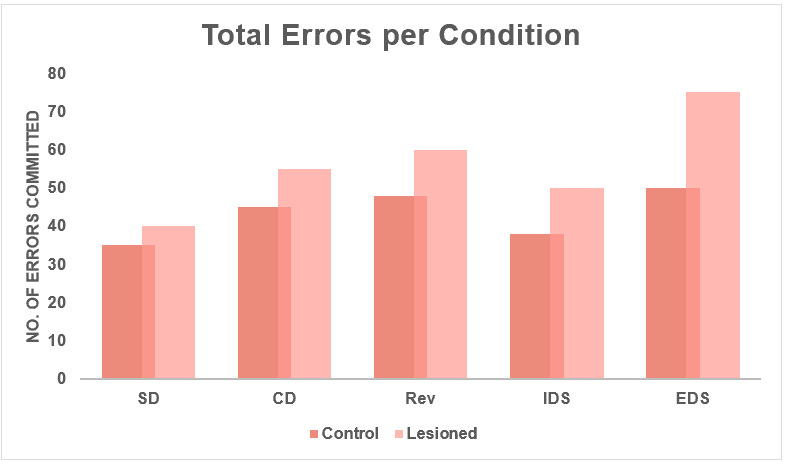The Attentional Set Shifting Task (ASST) is a great tool to probe attention and cognitive flexibility in rodents mediated by the prefrontal cortex. The ASST was developed with respect to one of the most used neuropsychological tasks: The Cambridge Neuropsychological Test Automated Battery (CANTAB) that measures the intradimensional/extradimensional set shifting behavior to evaluate cognitive impairments in humans and non-human primates (Rock et al. 2013).
In rodents, the dimensions used to design the IDED task are odor and medium. Essentially, the animal is trained to associate and pay attention to a particular condition while disregarding the other, considering it as insignificant. When researchers reverse or change the conditions, this, in turn, requires the animal to use their executive functions to find the reward.
The dimension (odor or medium) which is to be associated with reward is determined a priori by the researchers. This dimension is used for both training and testing conditions. In order to determine whether the animal is cognitively flexible or not, the researchers switch the test conditions such that the reward will be associated with the alternate dimension, thus challenging the animal to update their behavior and knowledge.
An attentional set is formed when a subject learns to associate a set of rules to differentiate relevant from irrelevant cues. For instance, the animal learns to associate digging medium (supposed as a relevant cue) with the food reward disregarding the odor (supposed irrelevant cue). In subsequent trials, this association is reinforced; the type of digging medium and odor fluctuates, but the paired associated between medium and reward is kept intact. This reinforced rule turns into a cognitive set (Heisler et al. 2015).
Cognitive flexibility can be assessed by:
- Reversal Learning – Challenges the subject to maintain the attention set. For instance, the previously negative stimuli (digging medium) is now positive, and the subject must learn to associate the previously negative medium with reward. The relevant cue rule is kept intact while reversing the rule learned to associate sub-stimuli with the reward.
- Extradimensional shift- The formation of the attention set is challenged. If the reward was previously associated with the medium, it would now be associated with odor. If on the other hand, the reward was previously associated with odor, it will now be associated with the medium.
Usually, it is harder to learn the new conditions for a reward under the ED trial. It is even more challenging for animals with cognitive or pre-frontal impairments. Thus, by using animals, the IDED task chamber can create a scenario for testing the animals’ cognition based on their ability to override learned behaviors. The model works by teaching the mice the attentional set-shifting task and then presenting them with a variety of situations requiring the mice to modify or update the learned behavior.
A large number of neuropsychiatric and neurodevelopmental disorders are associated with subsequent cognitive impairments which interfere with adaptation and information processing due to inflexibility. For example, despite being distinct clinical conditions, depression, autism spectrum disorder, and schizophrenia are all interlaced with cognitive deficits. Cognition is also impaired in Parkinson’s disorder, autism spectrum disorders, and obsessive-compulsive disorder. The list goes on.
Researchers and scientists that wish to address the cognitive dysfunctions across disease models can do so by incorporating the IDED task chamber into their experiments. By using animal models with the IDED task chamber in pre-clinical studies to play out situations which require cognitive flexibility and response modification, it is possible to study the effects of certain interventions within a controlled, low-risk setting.


